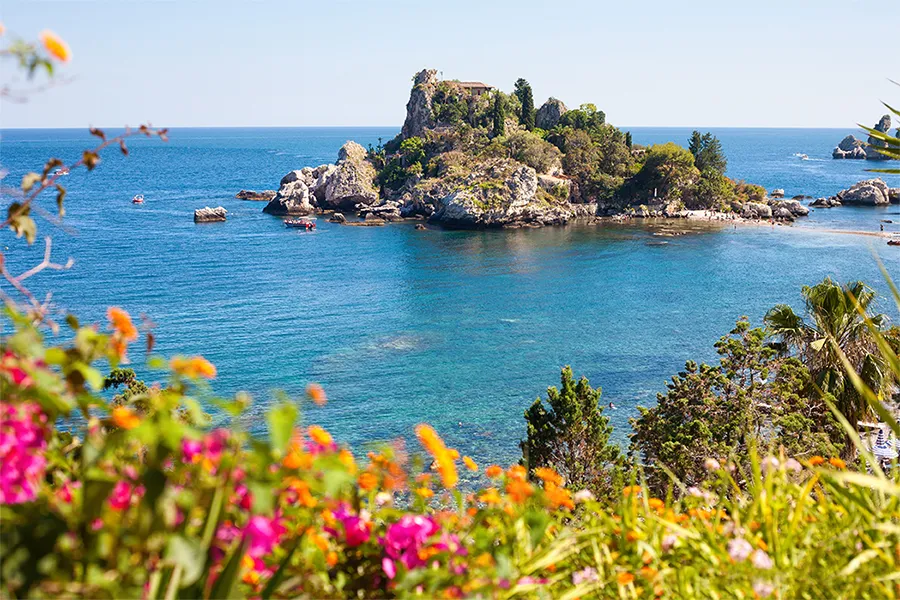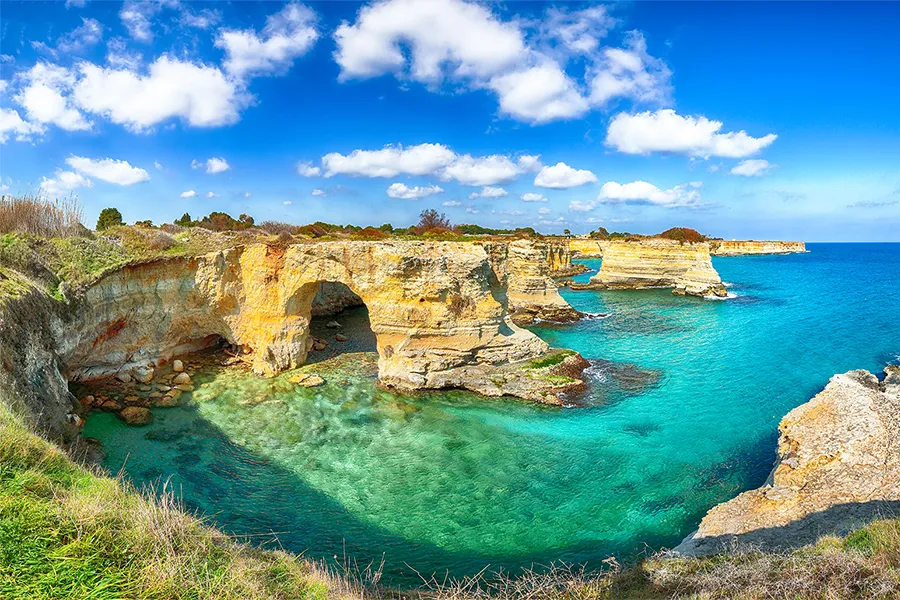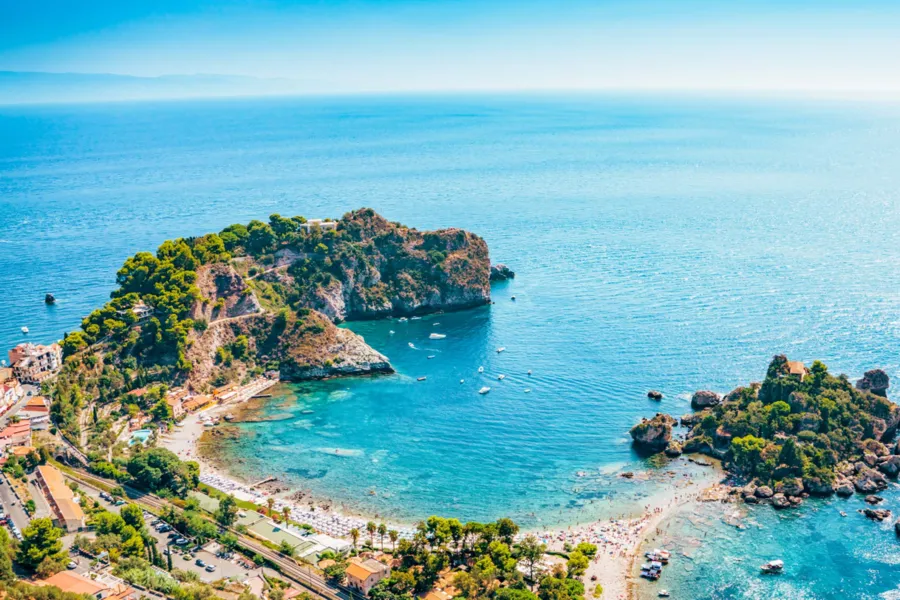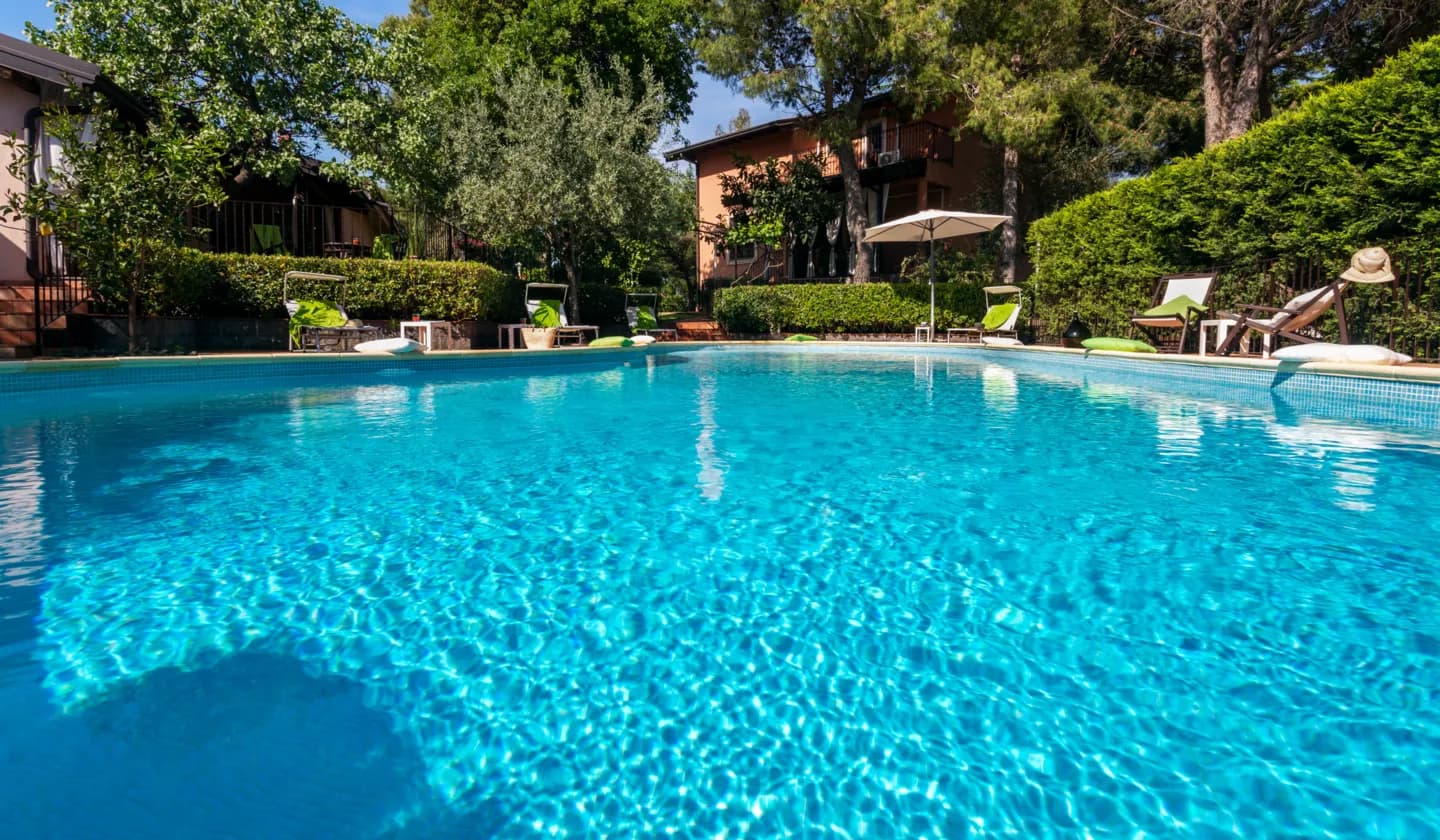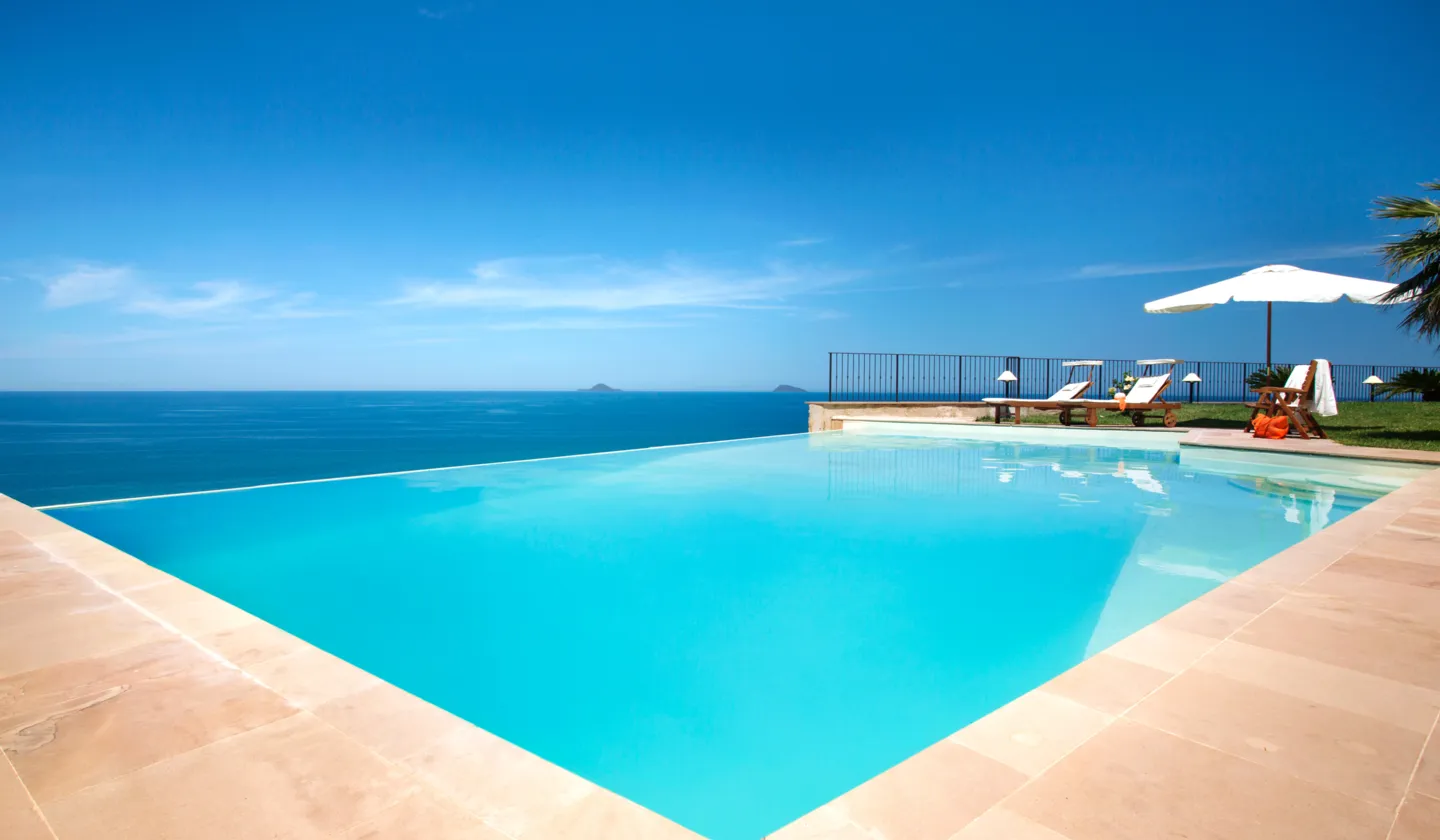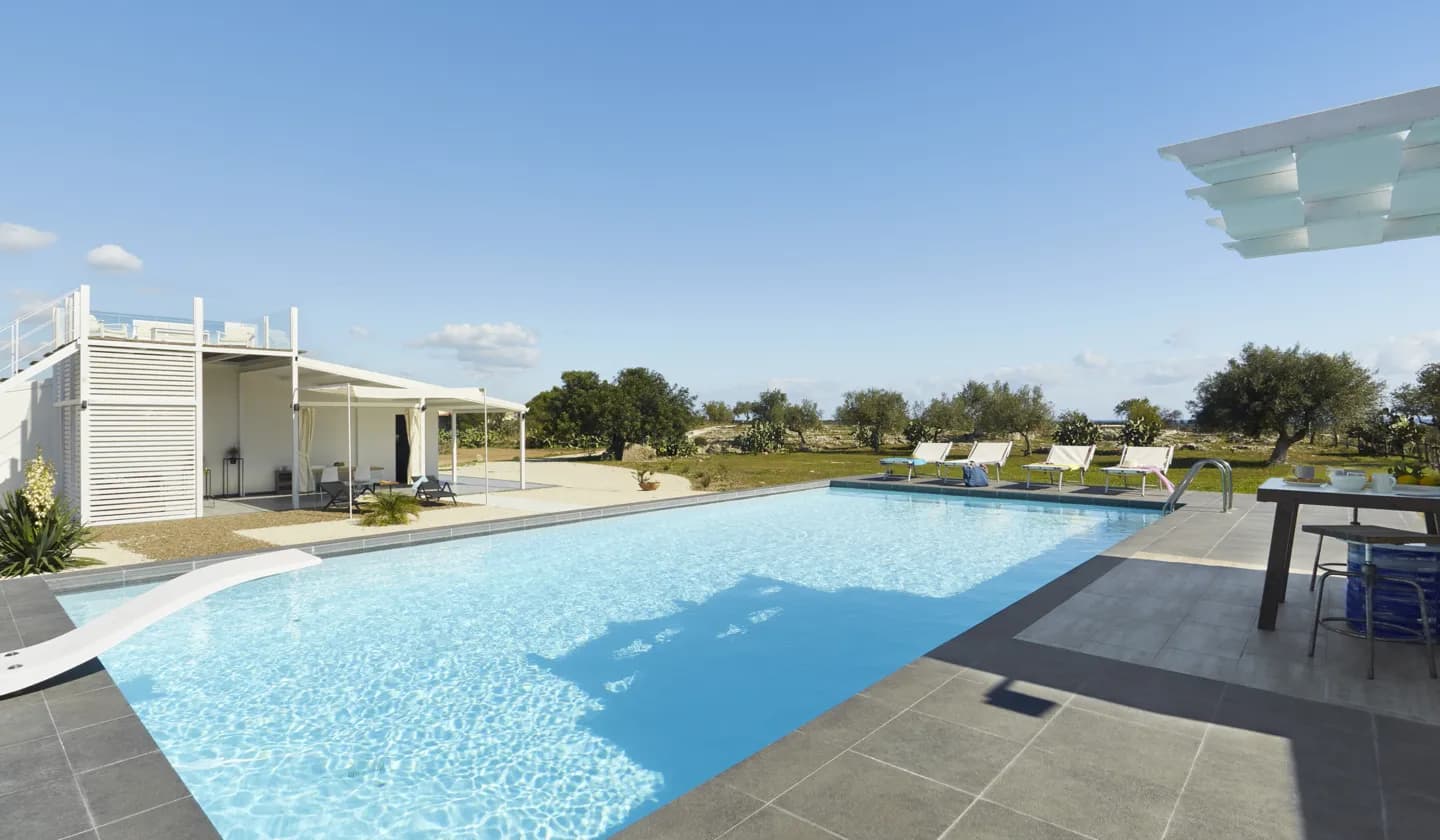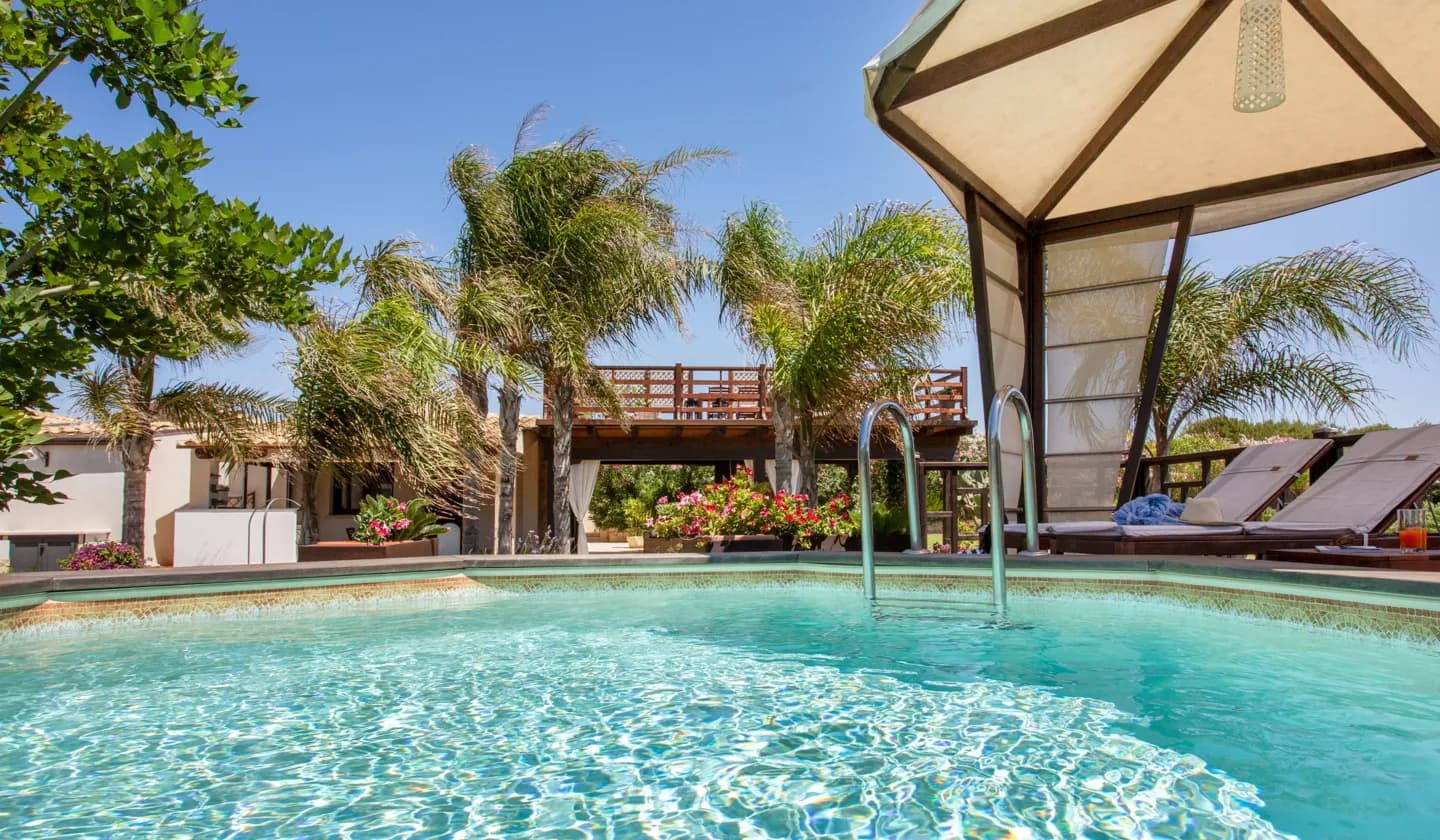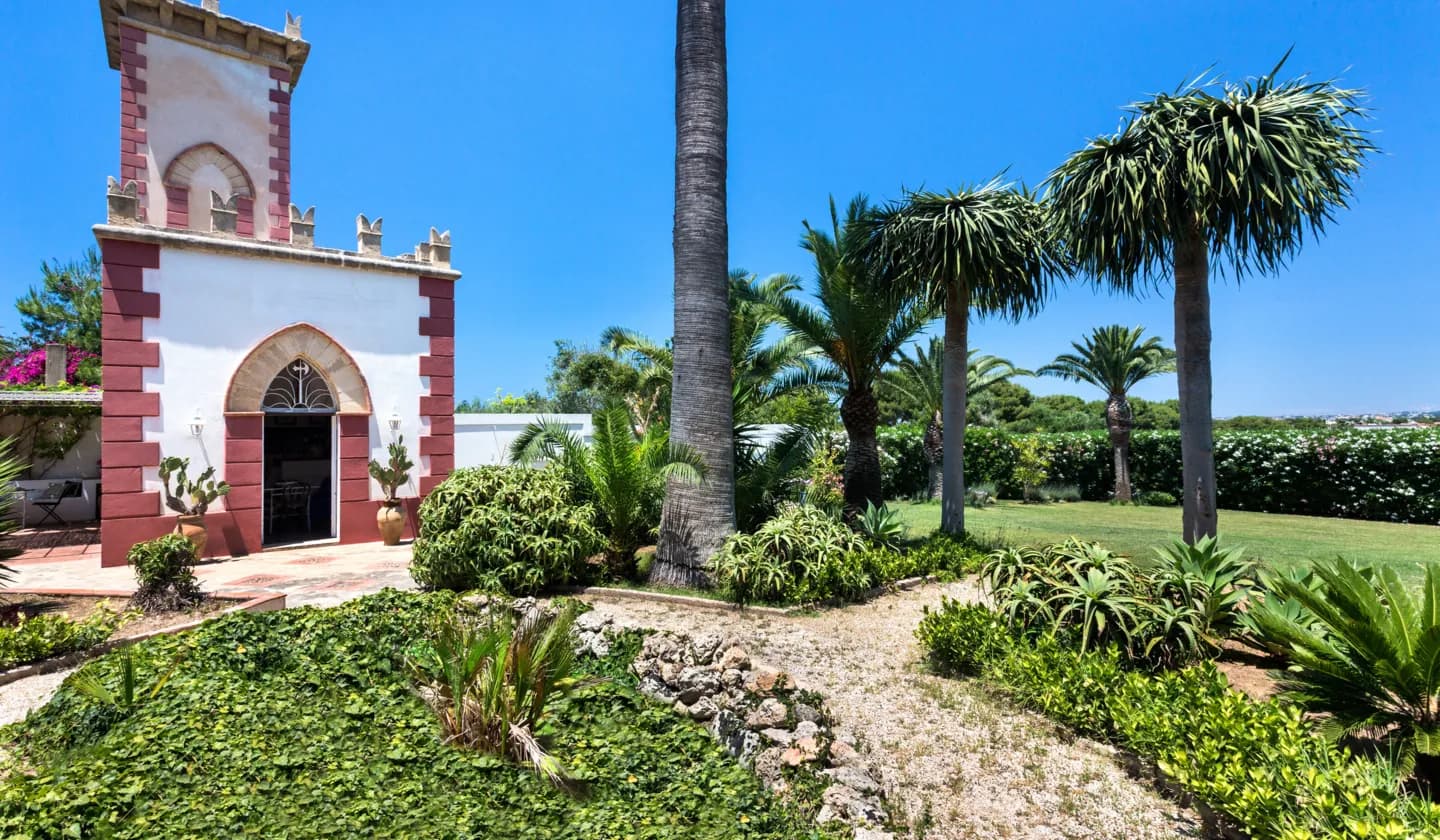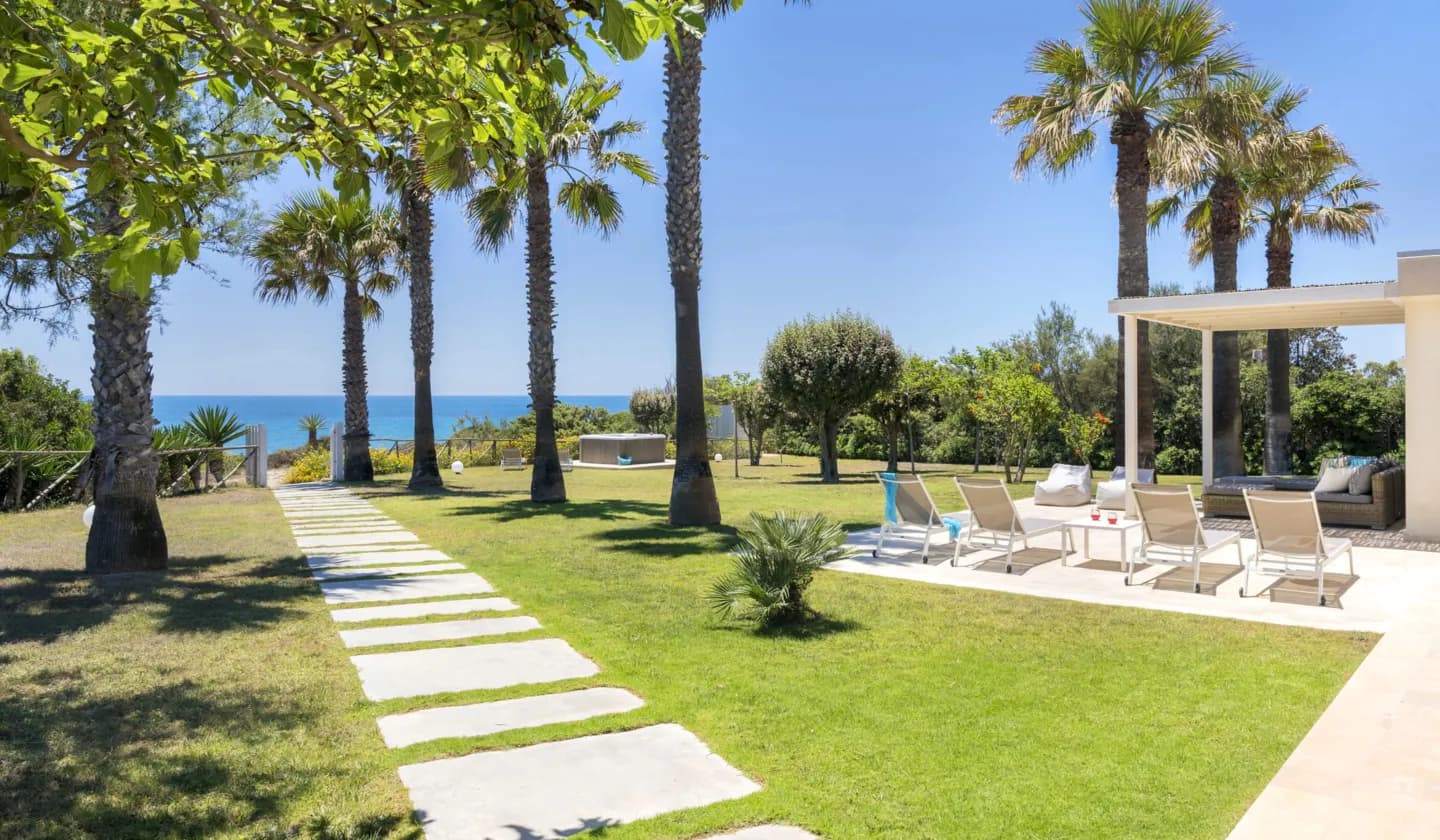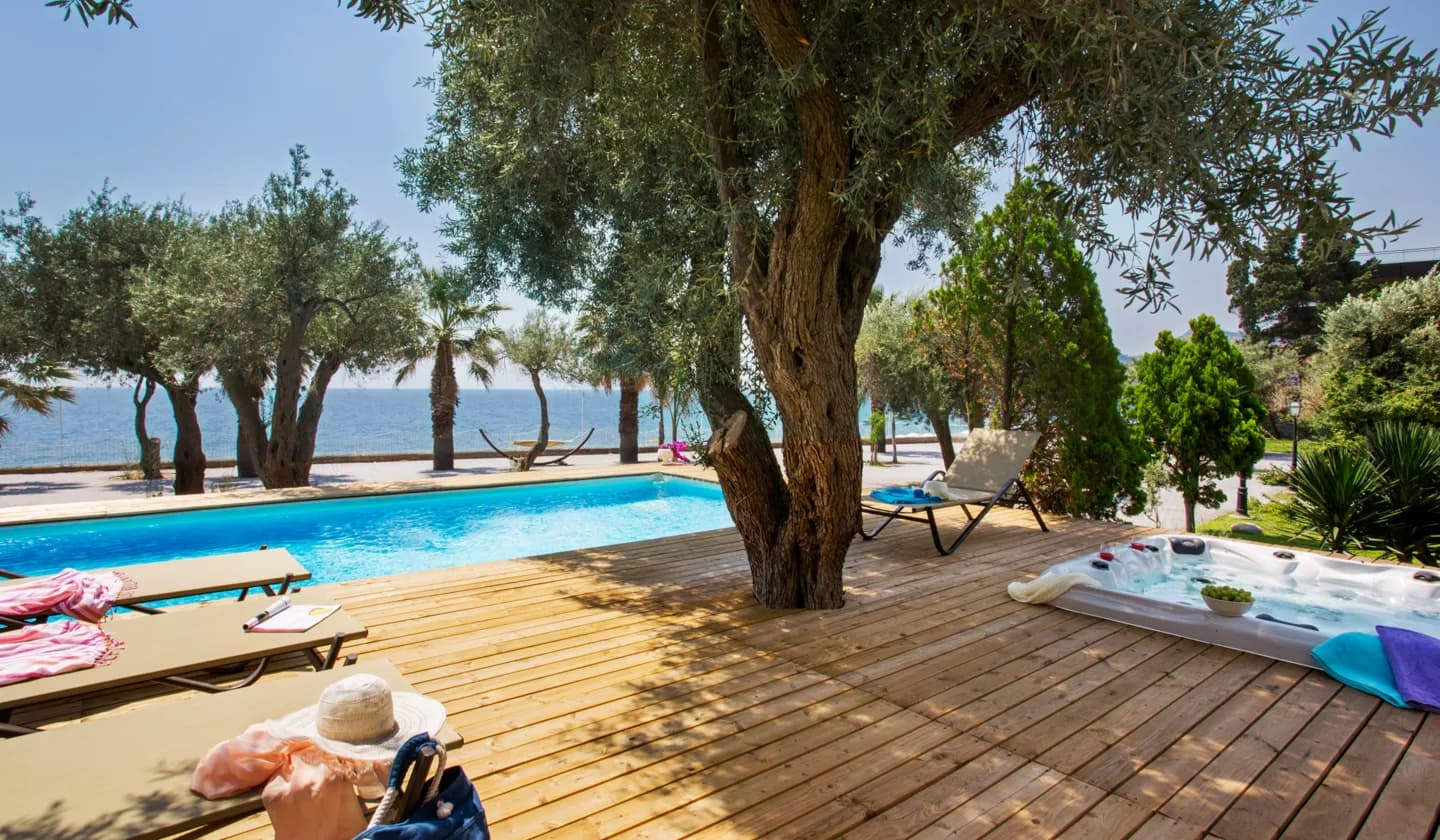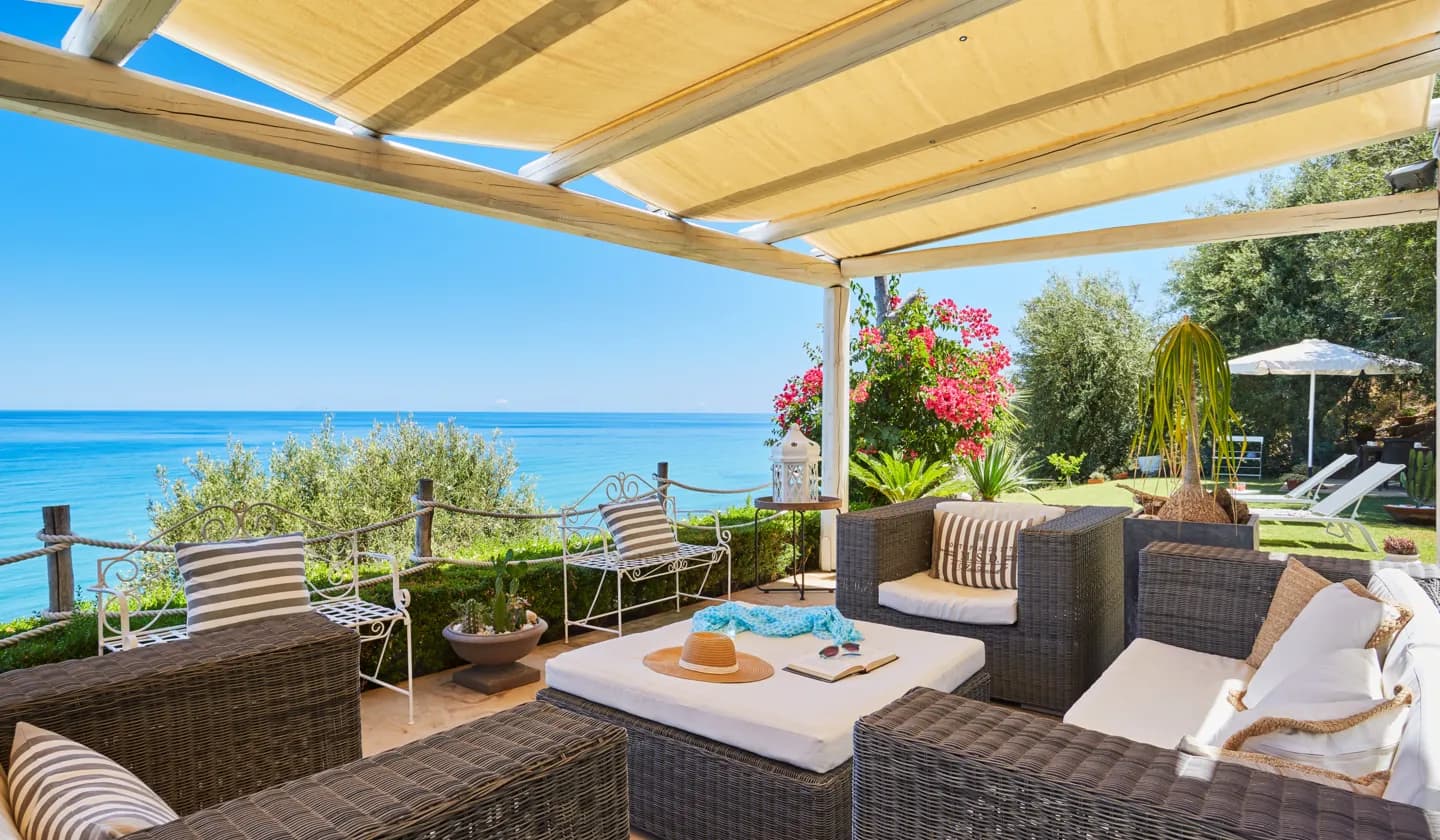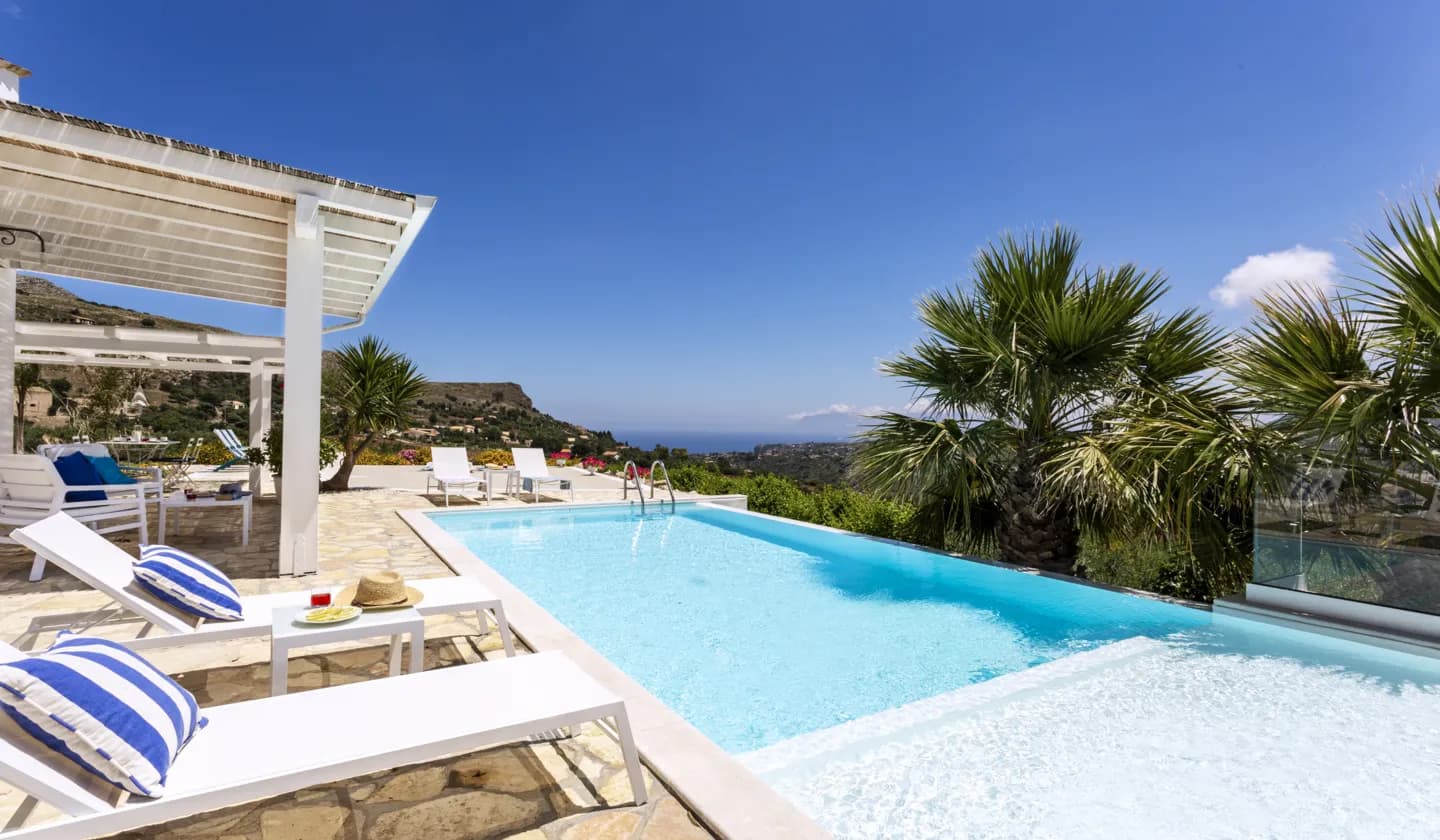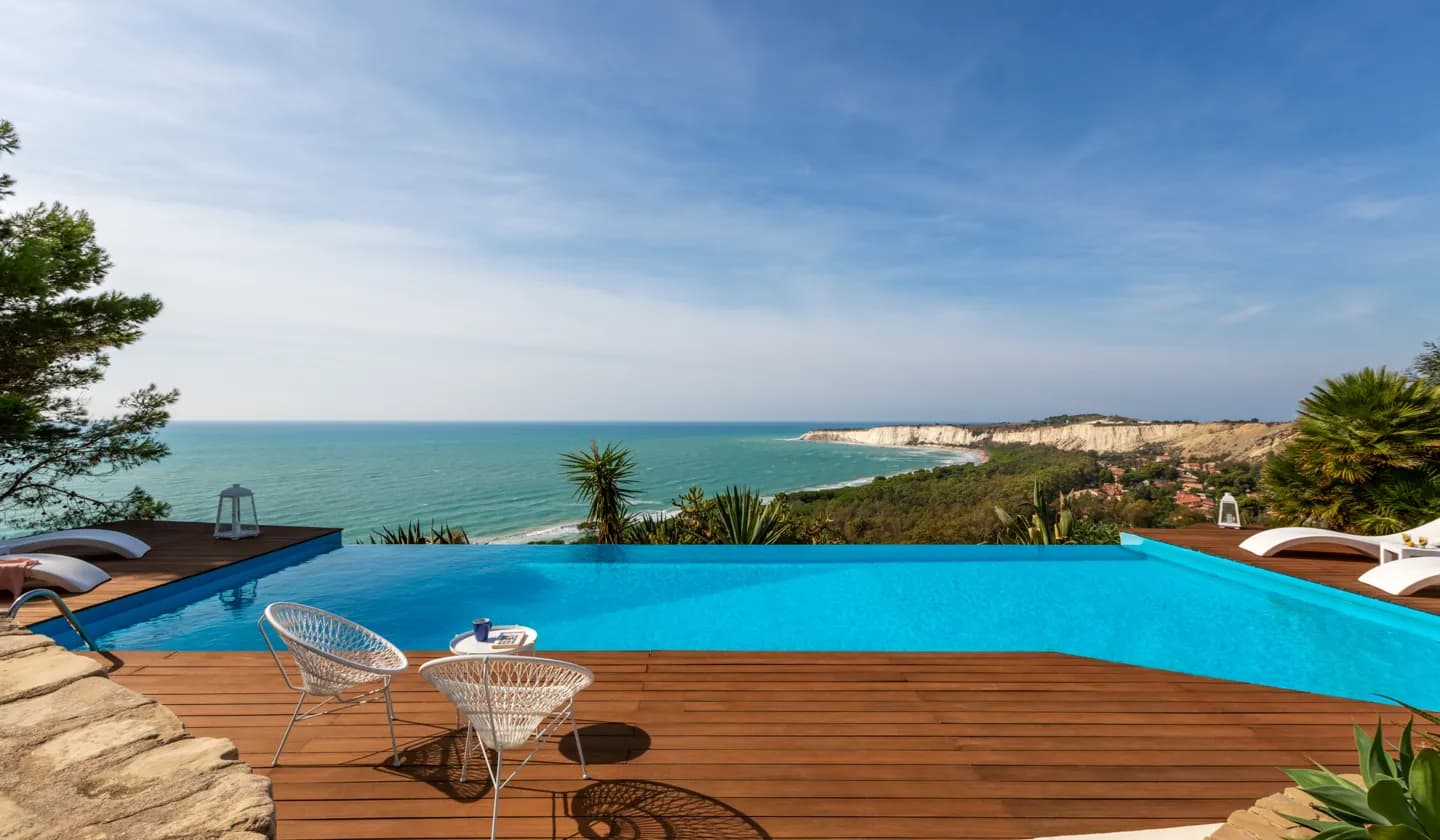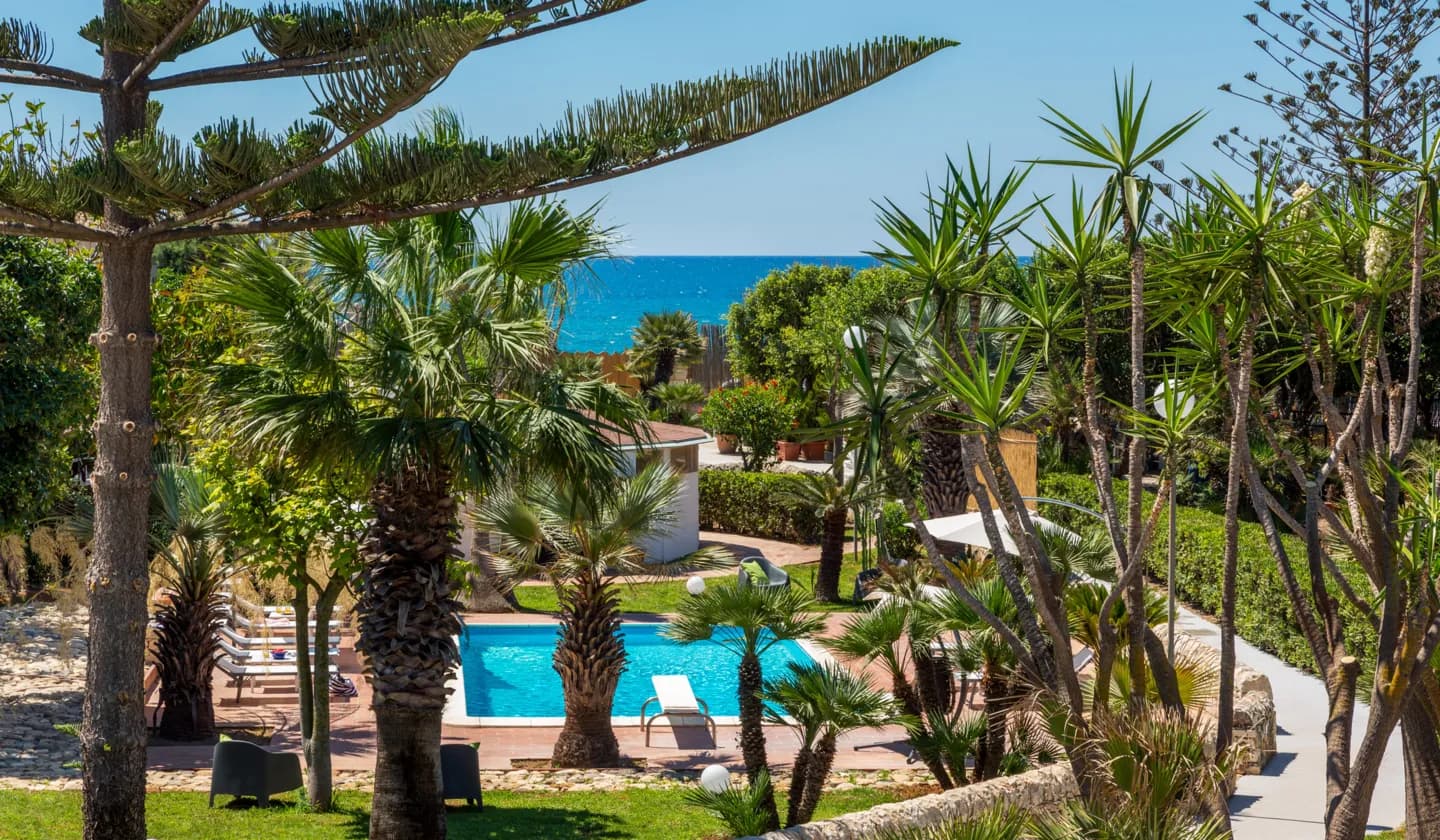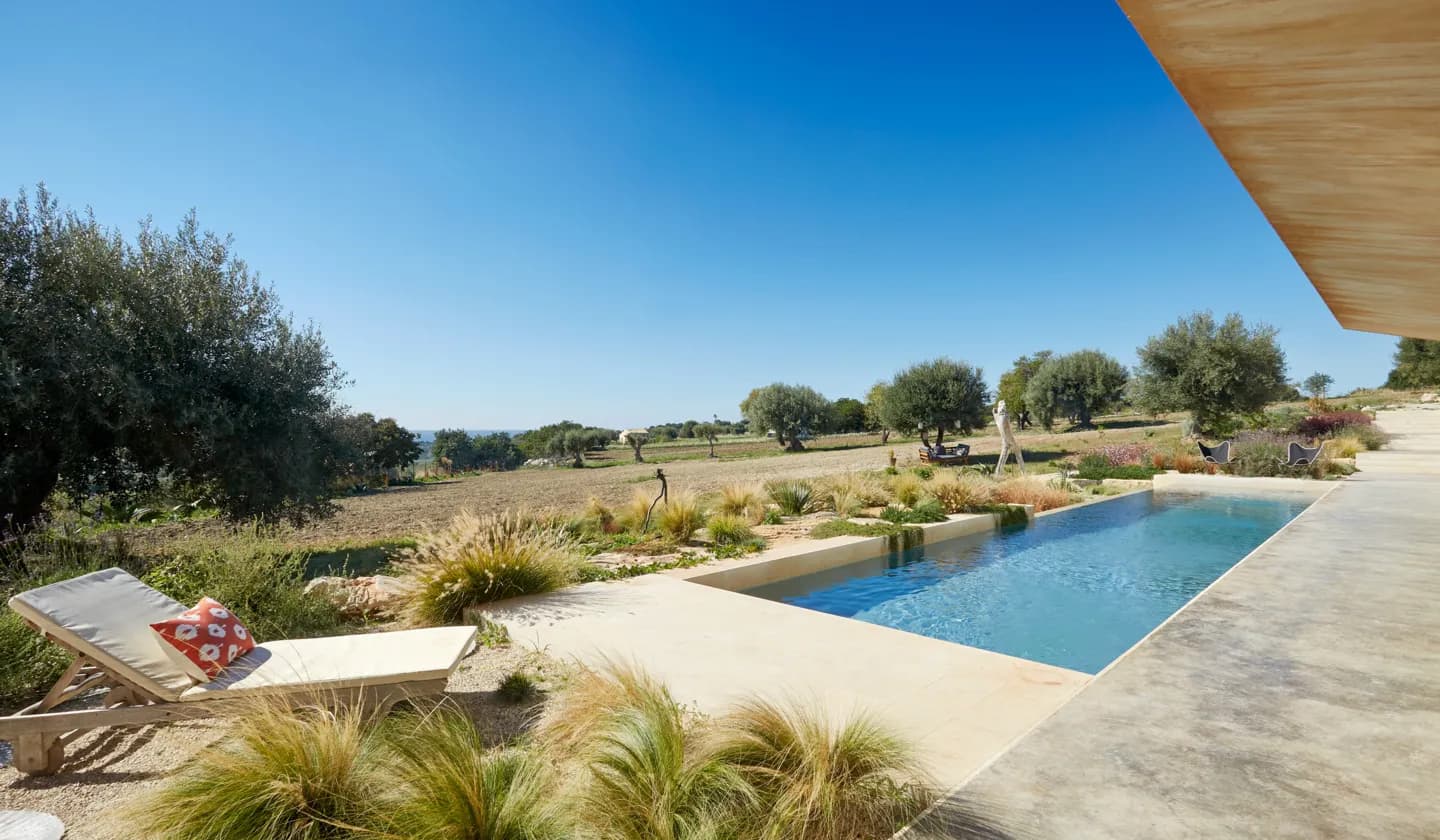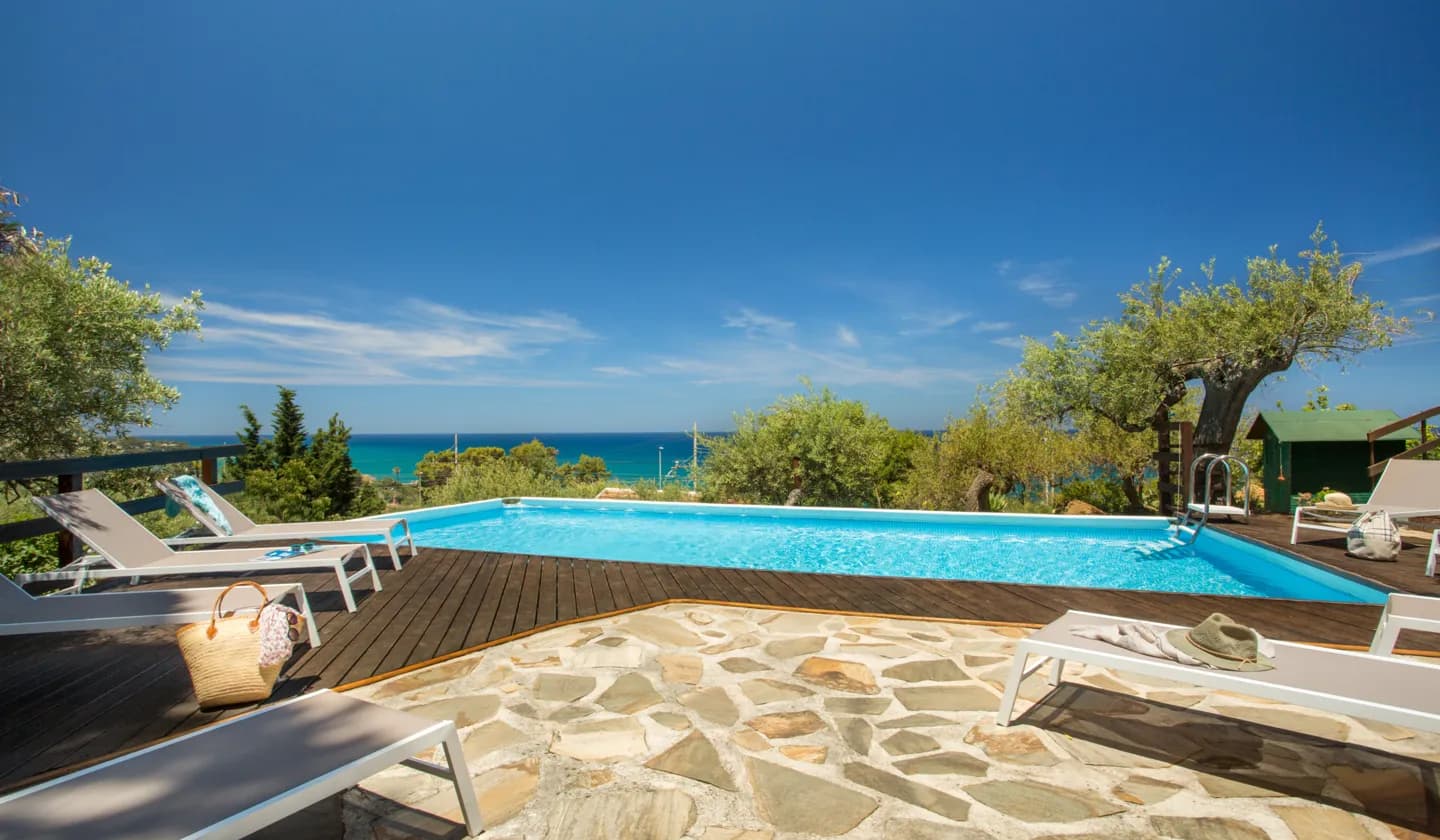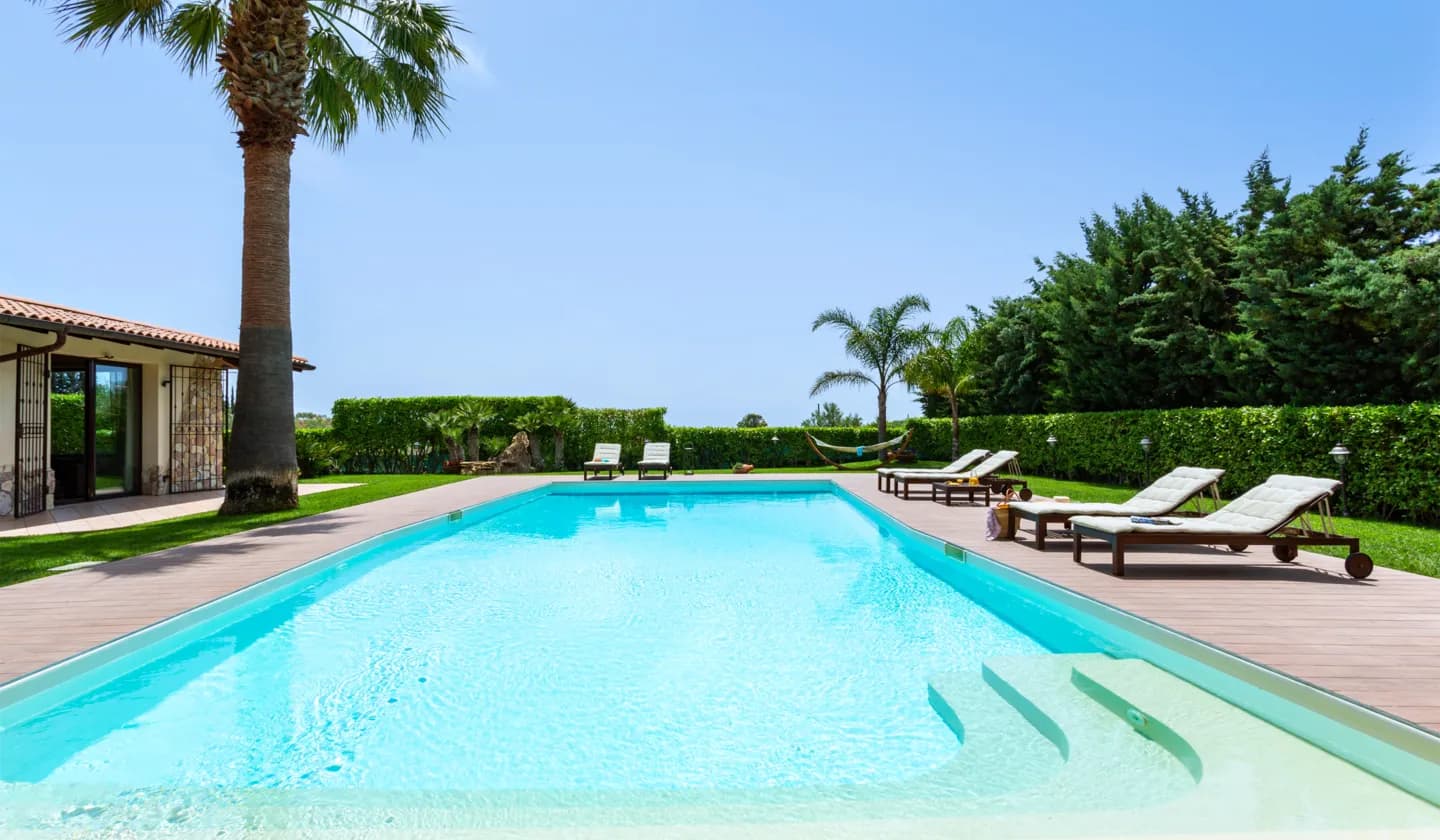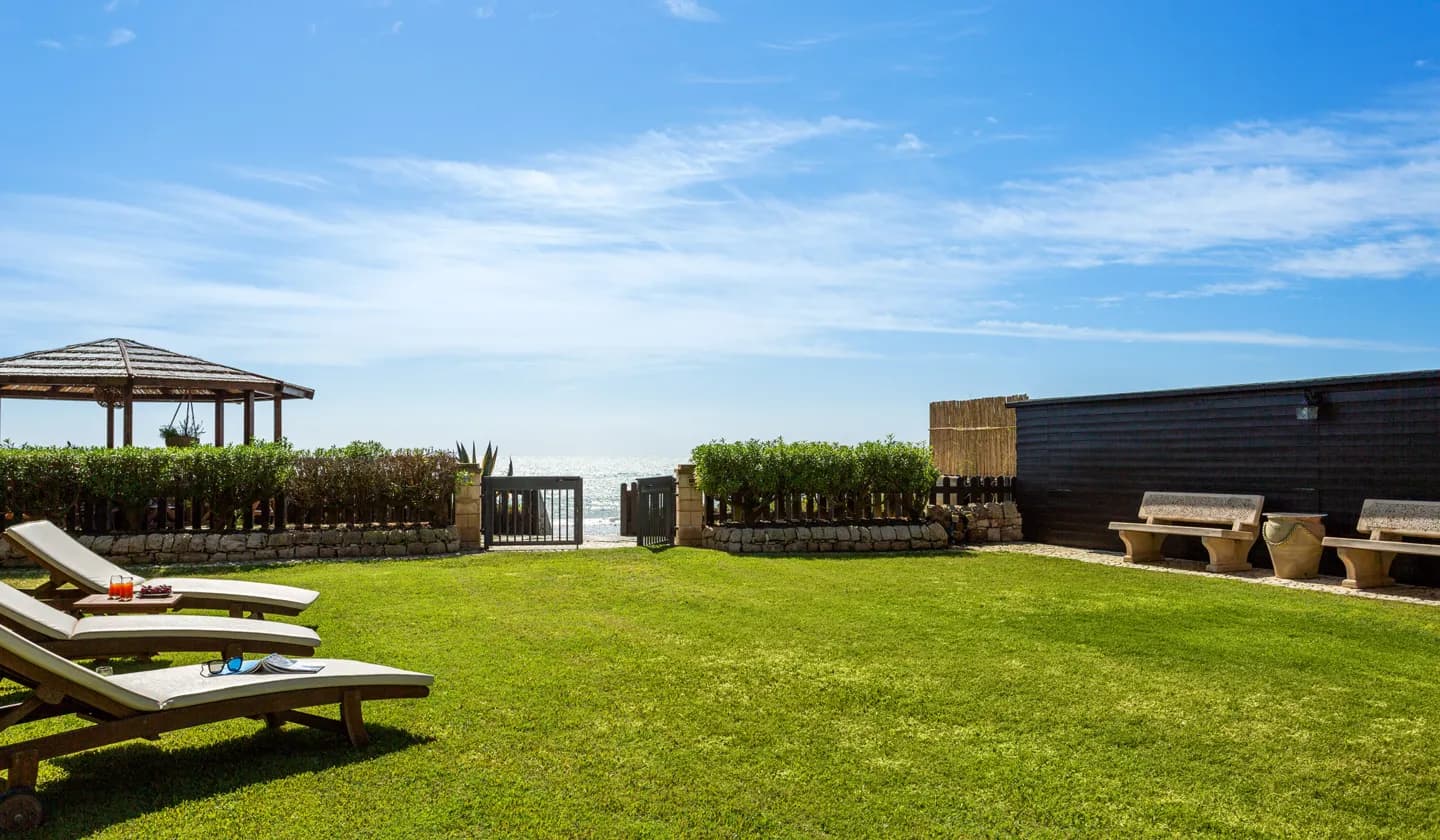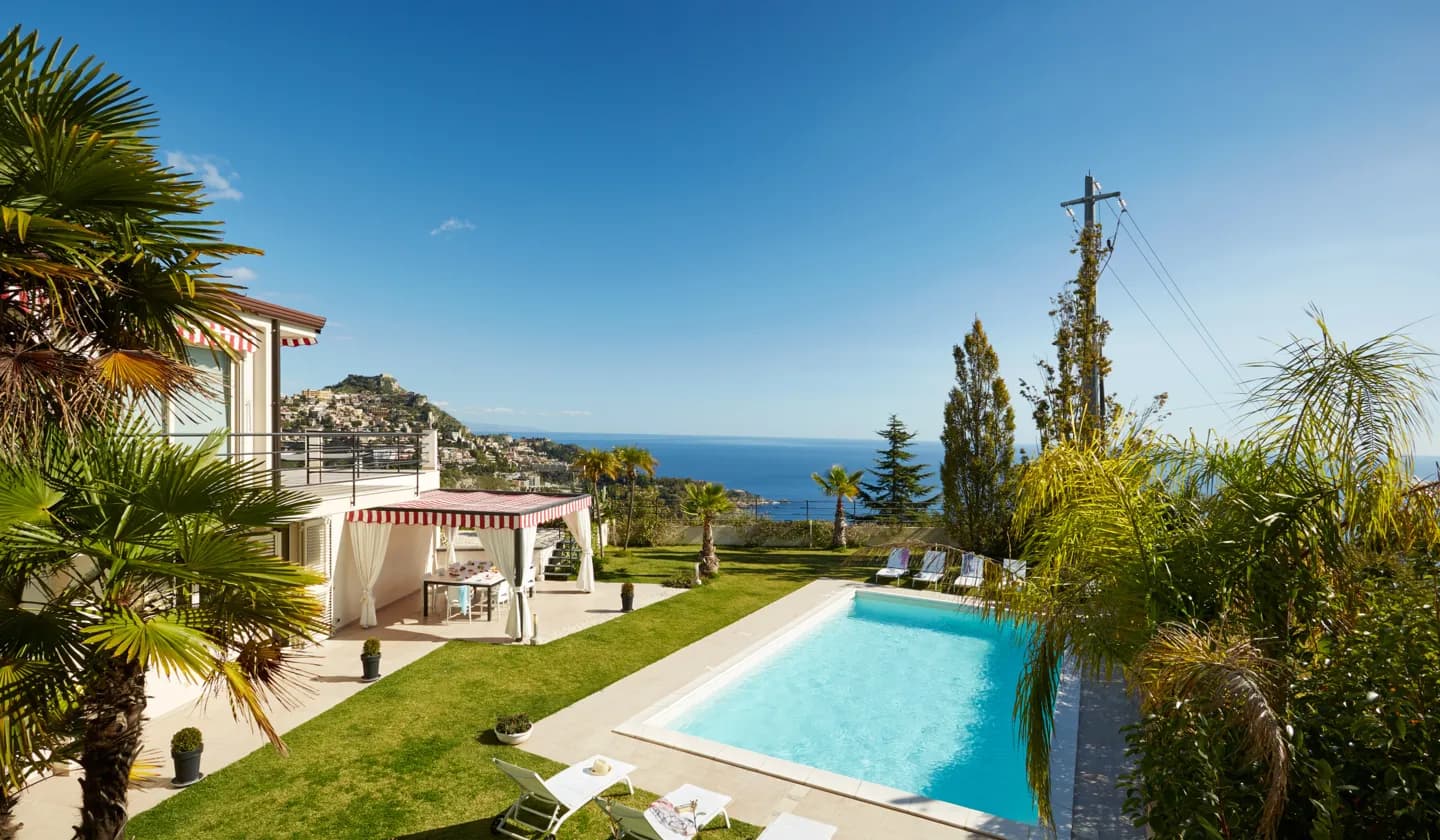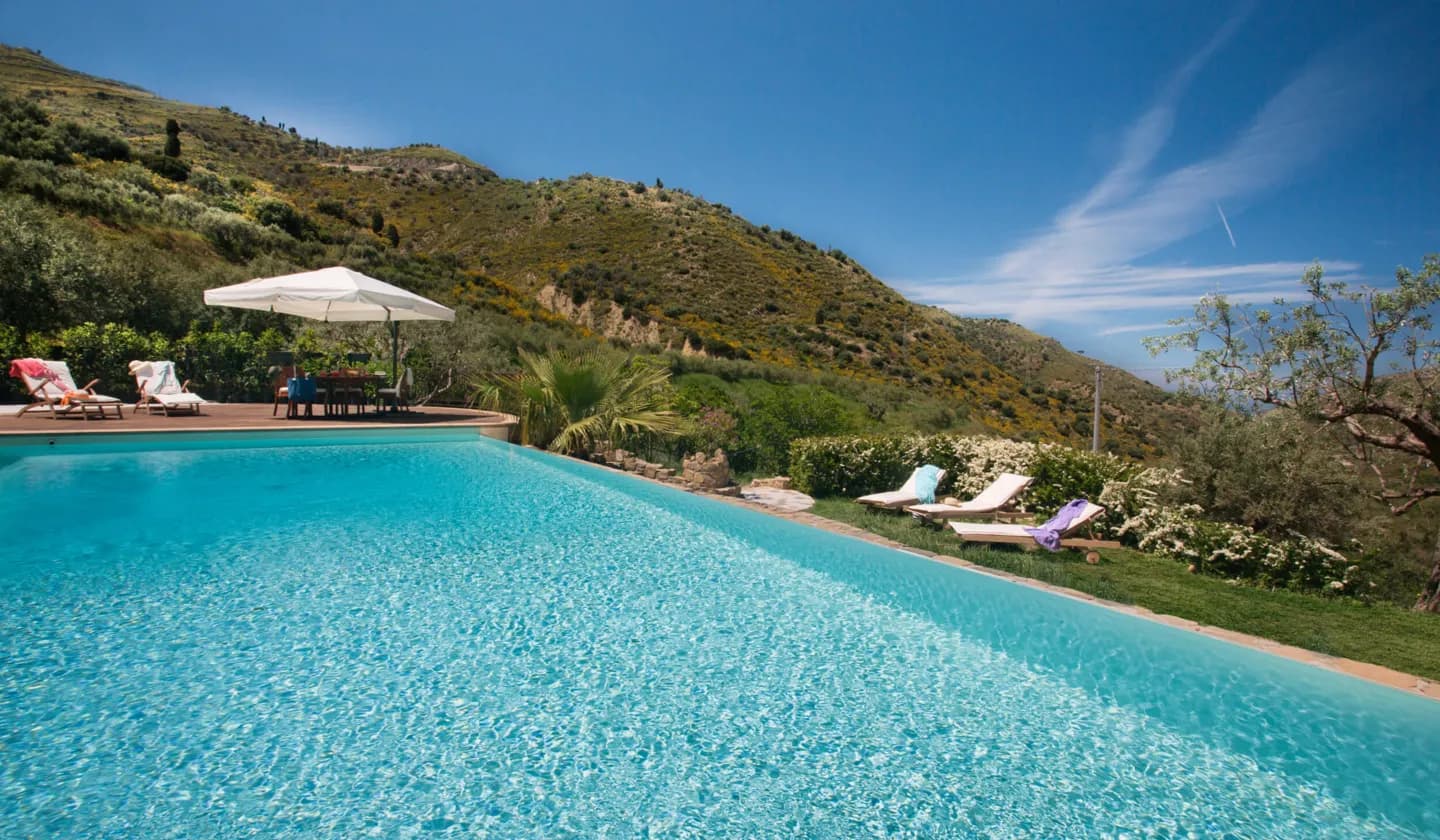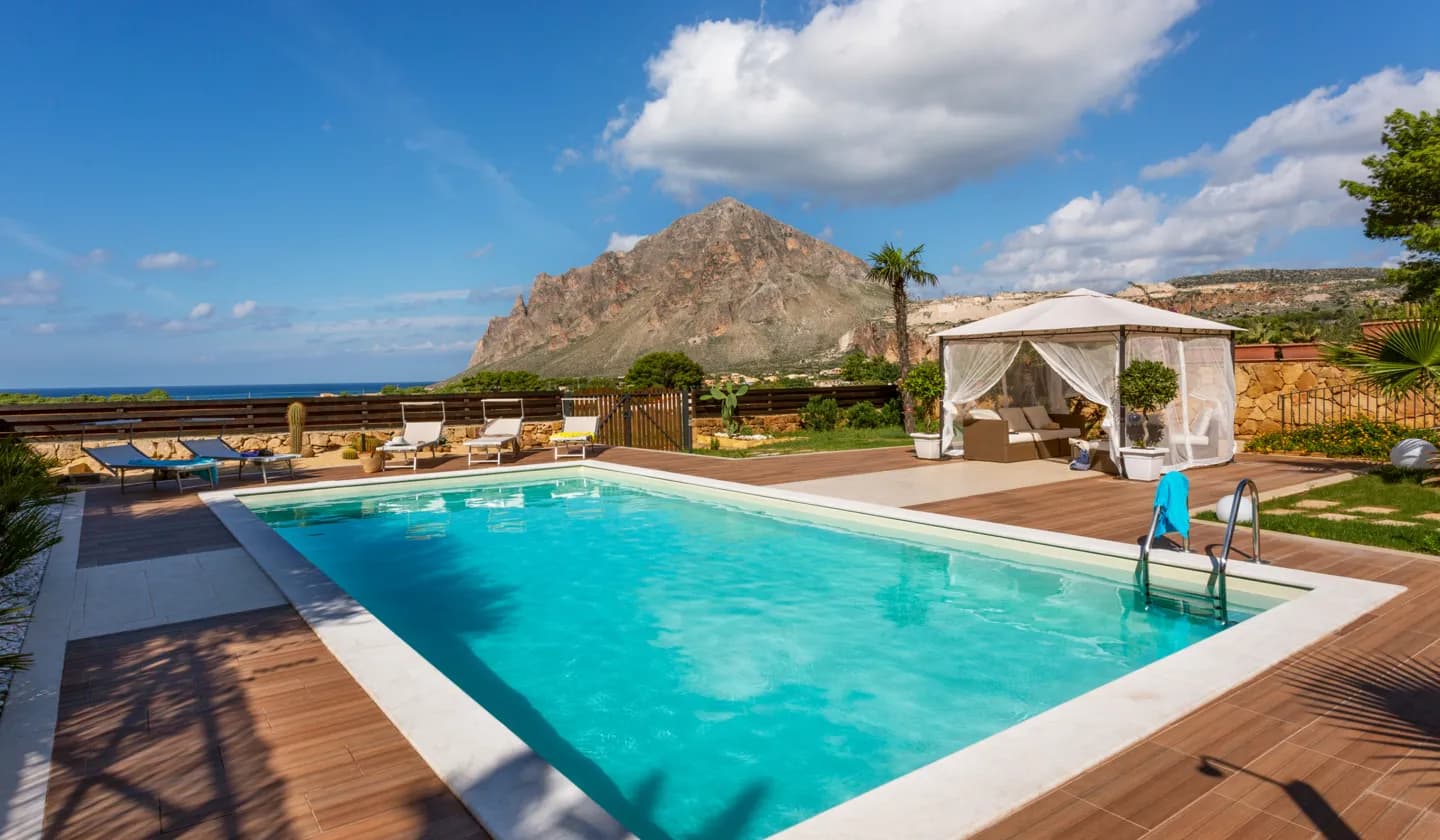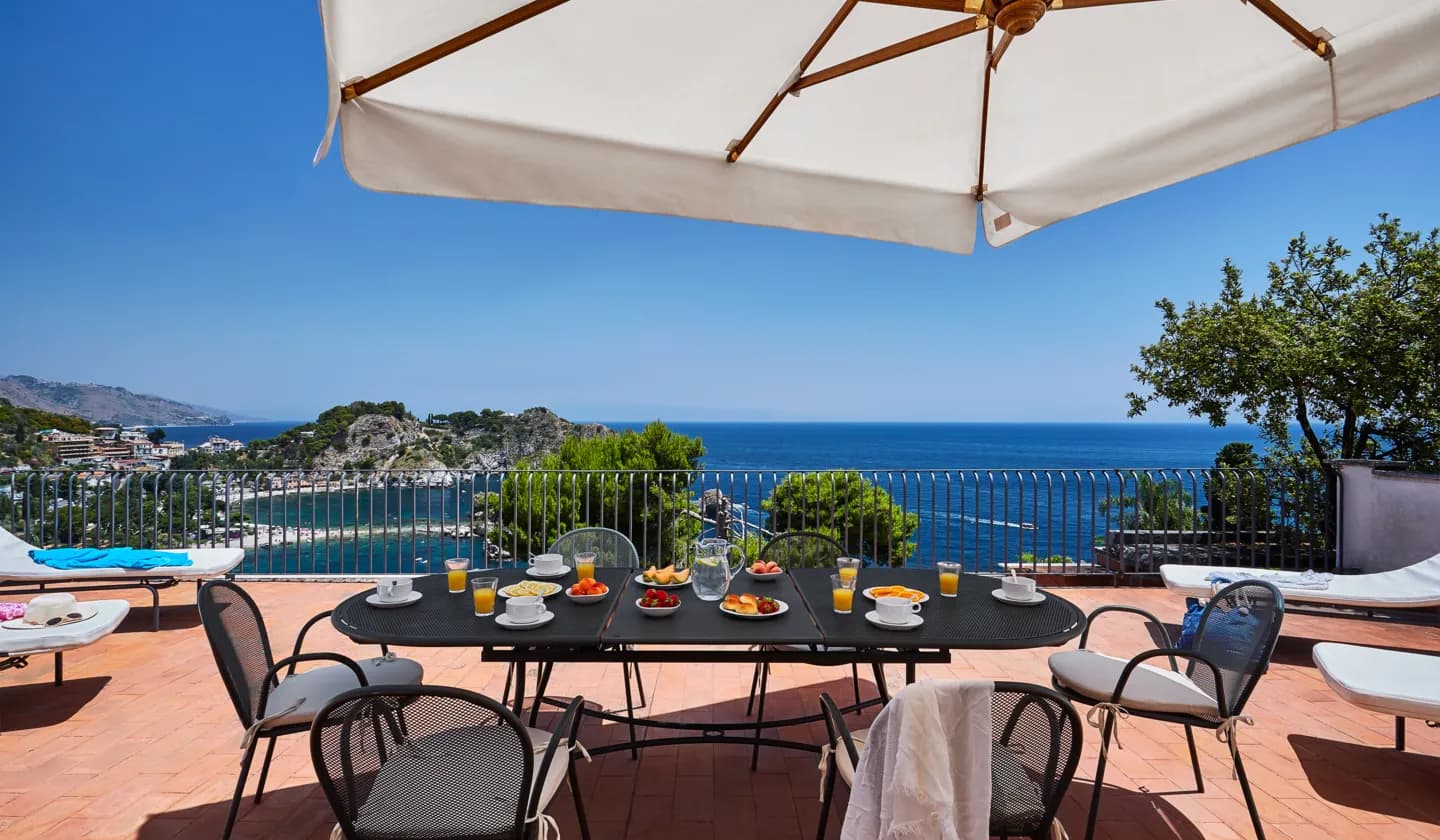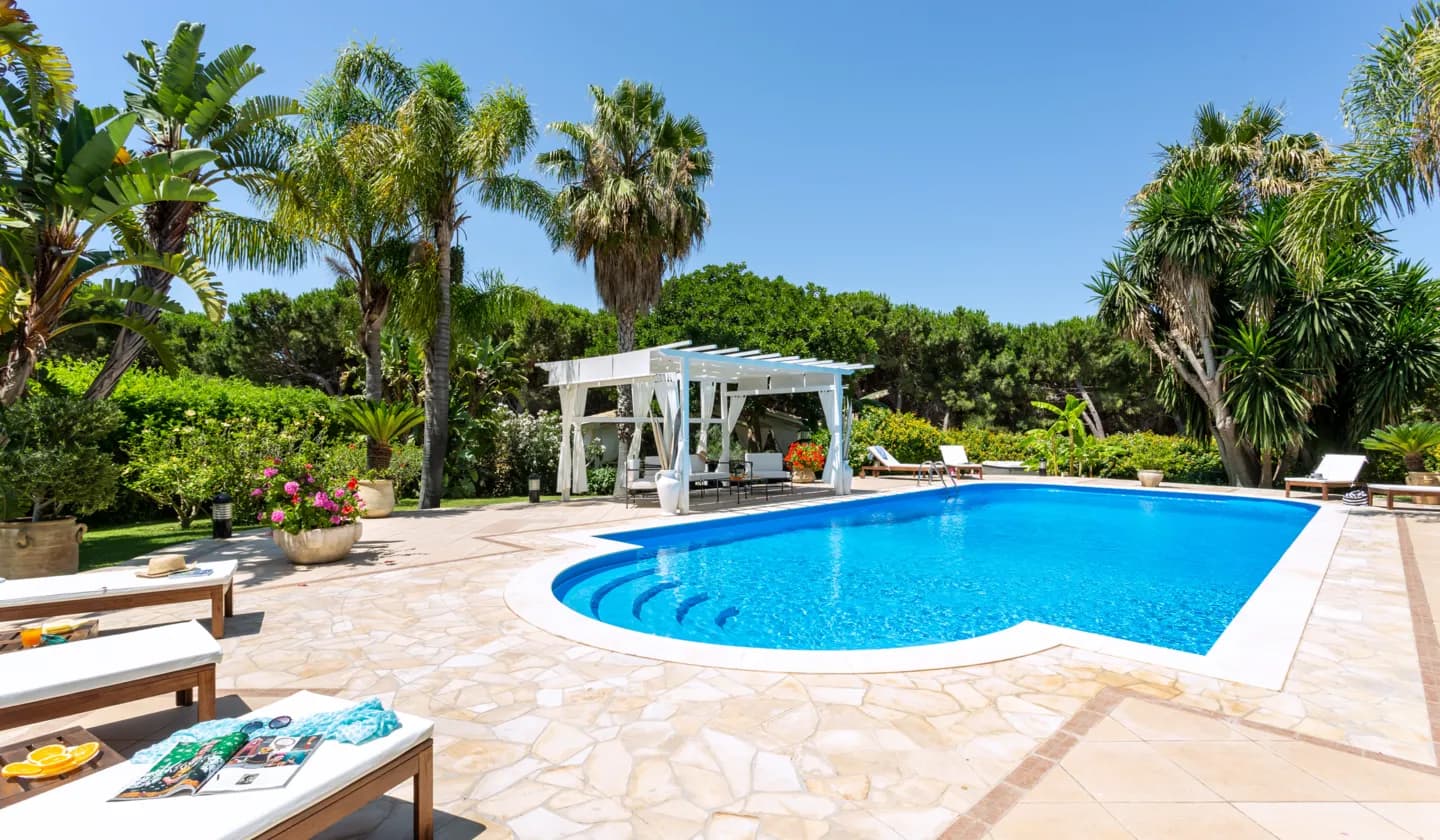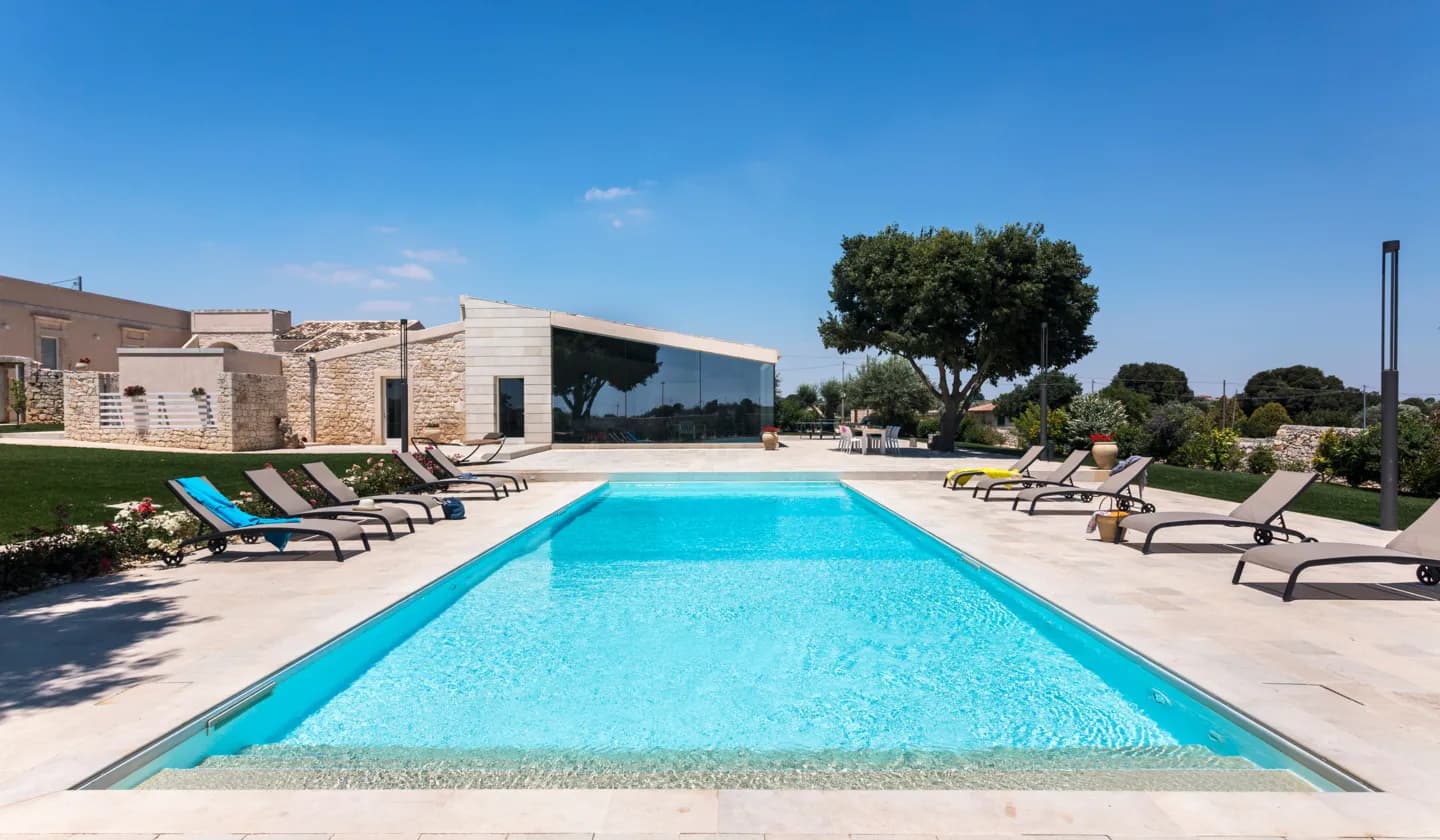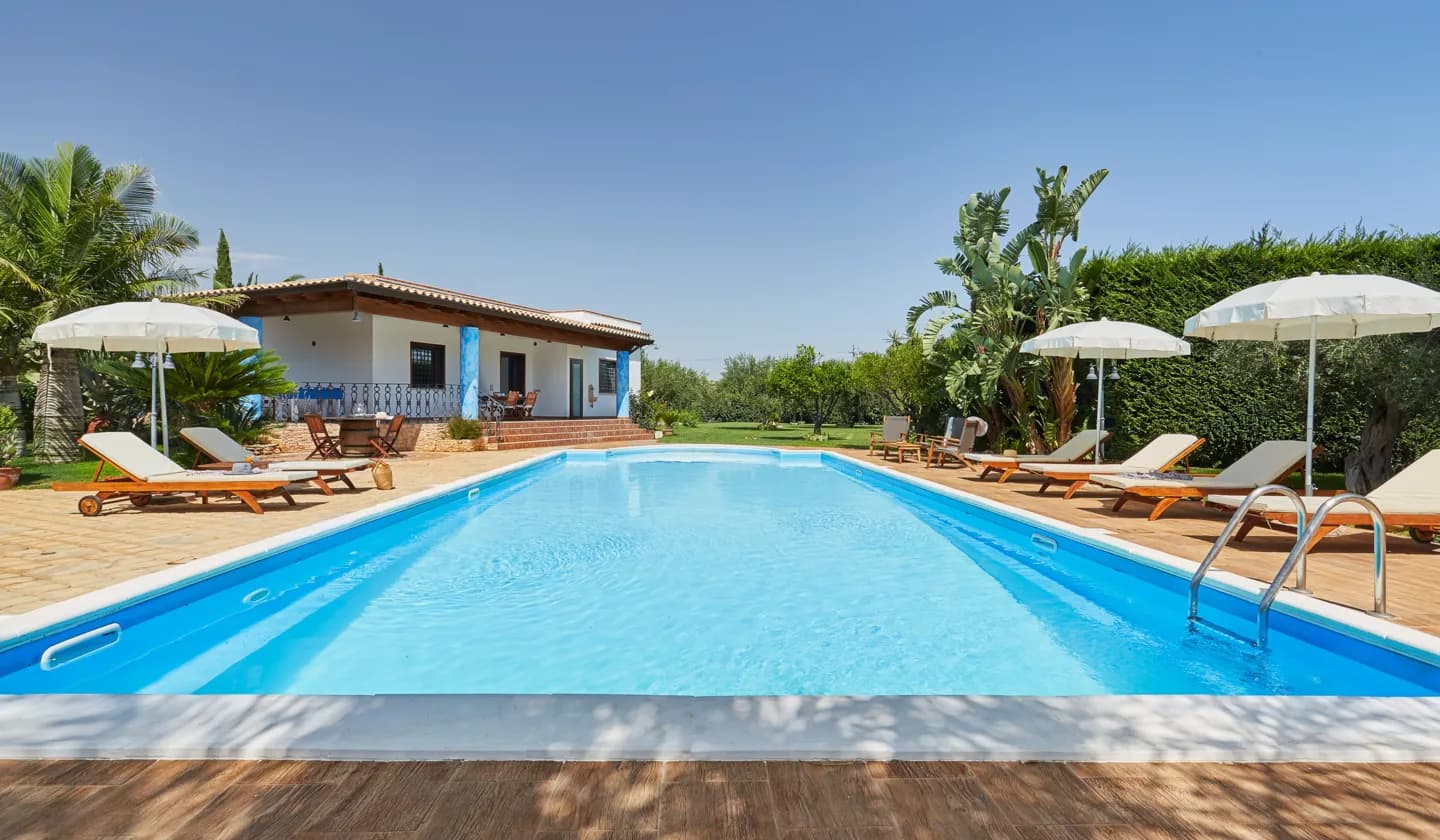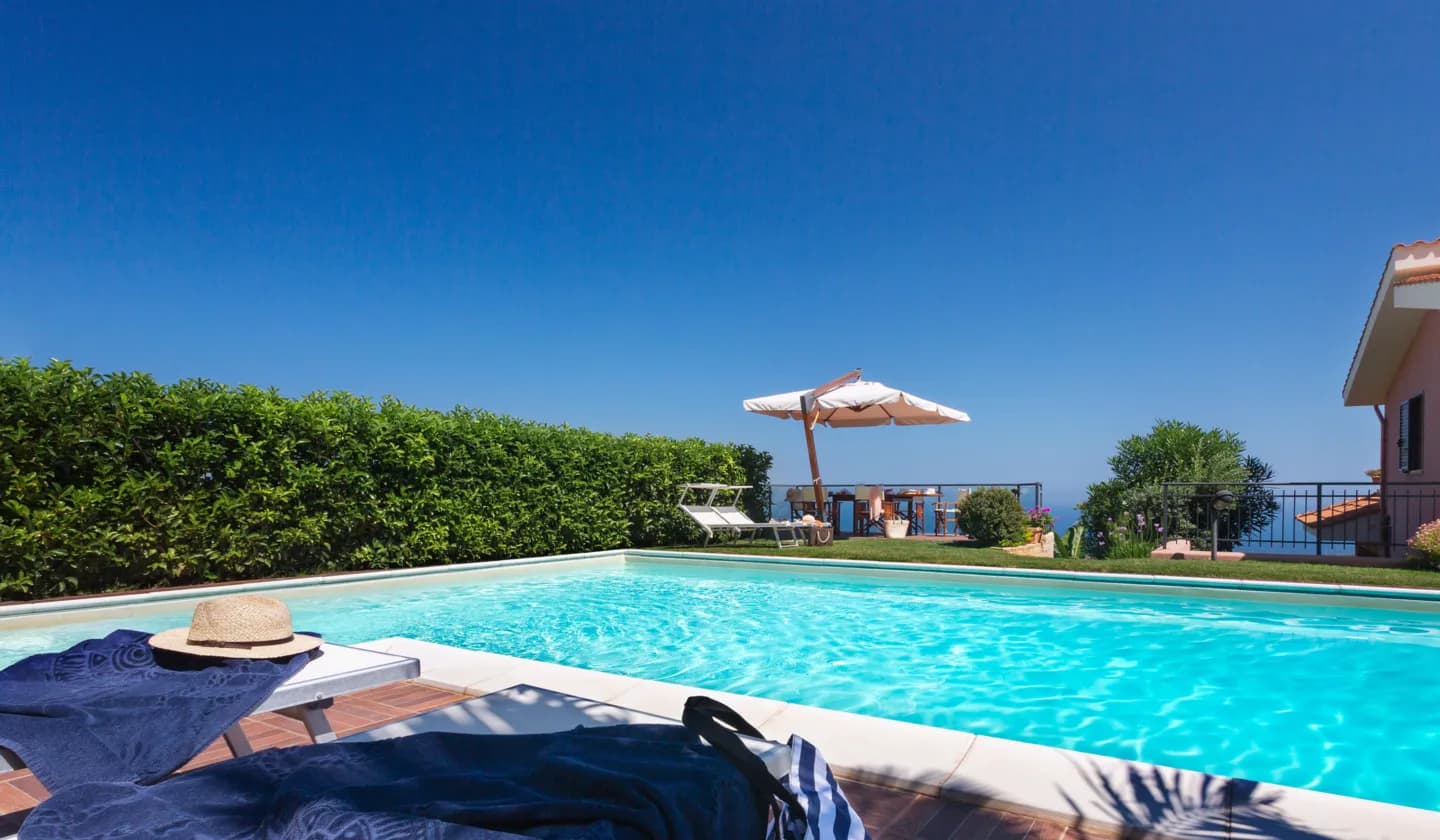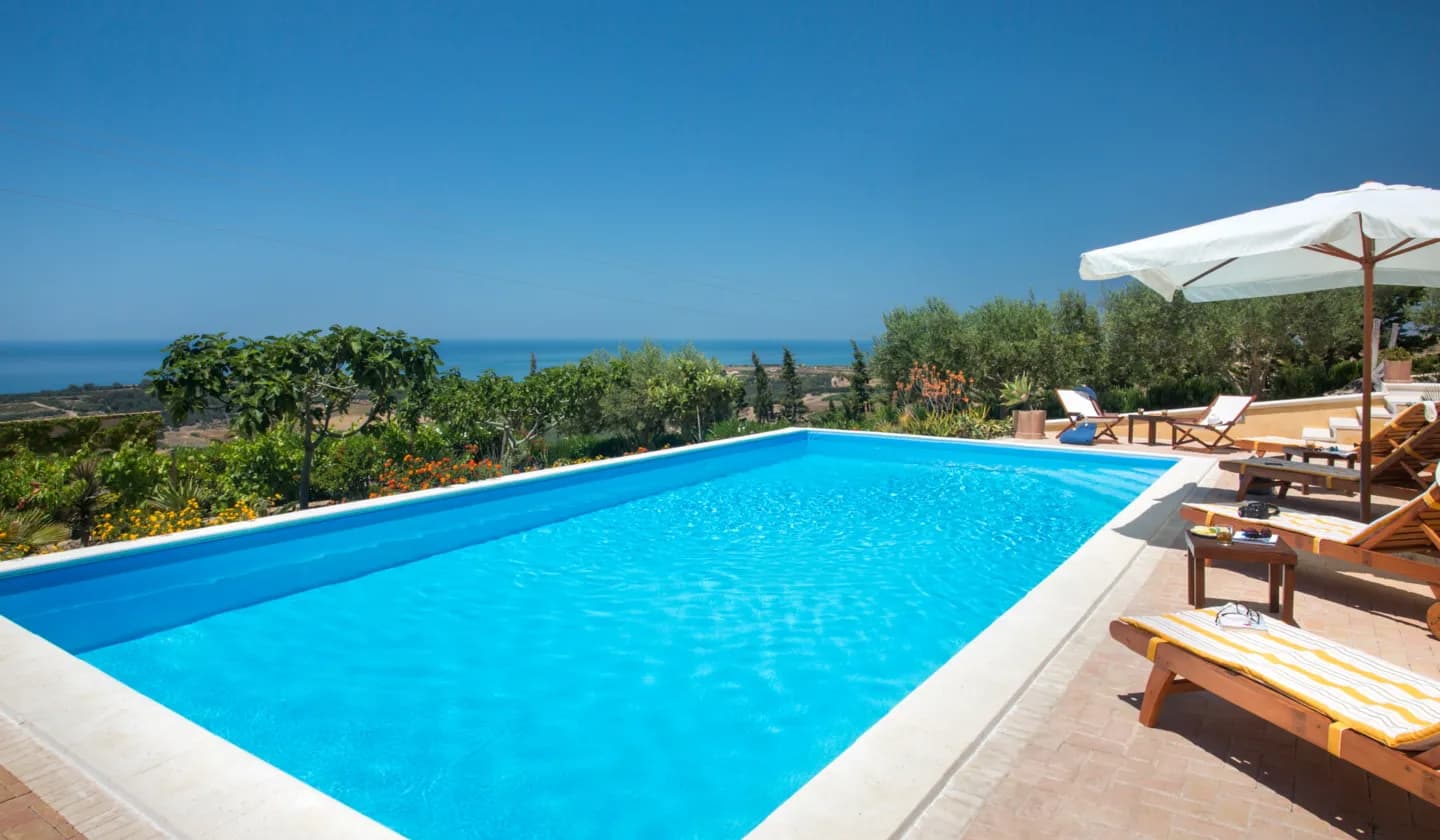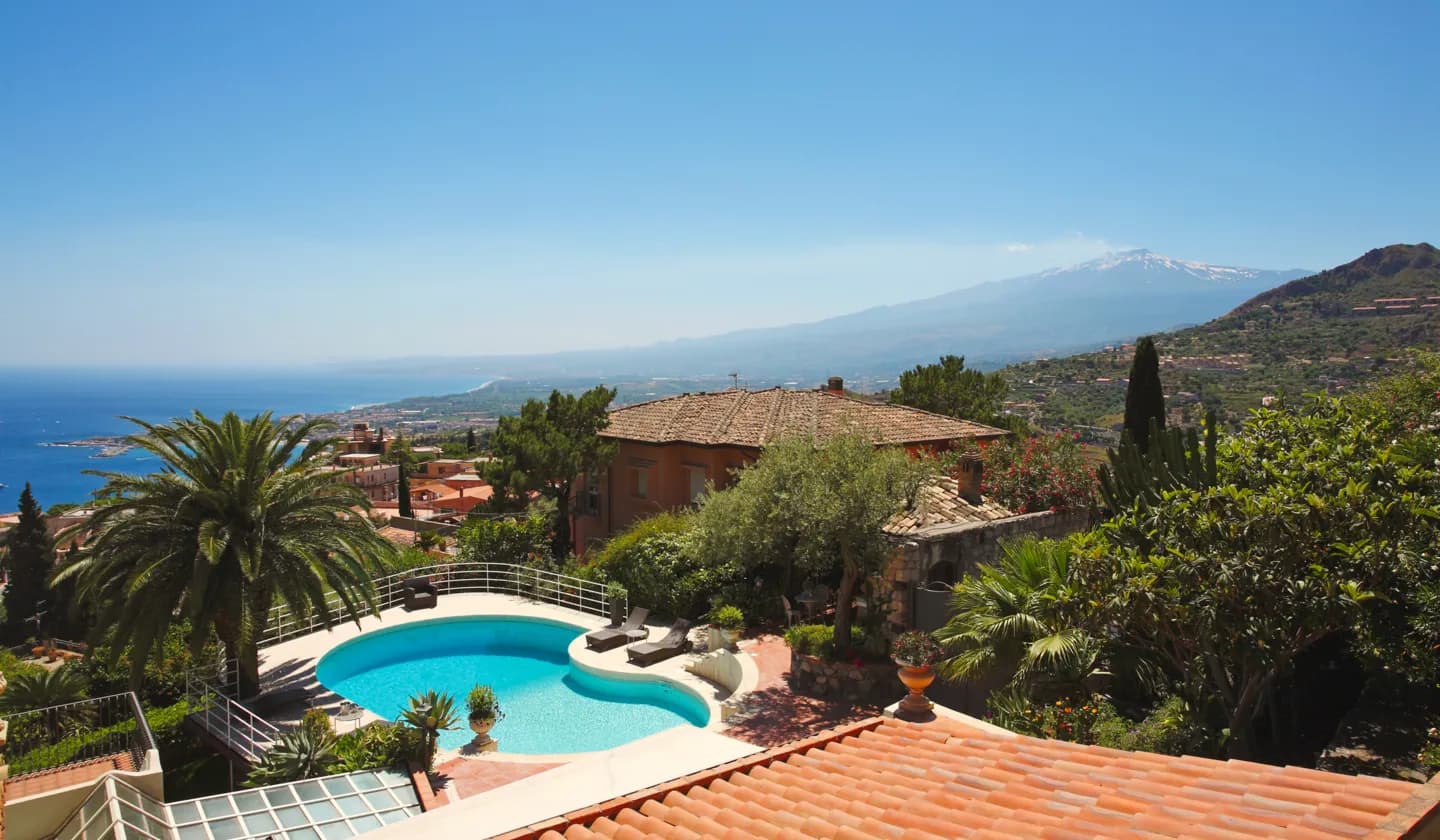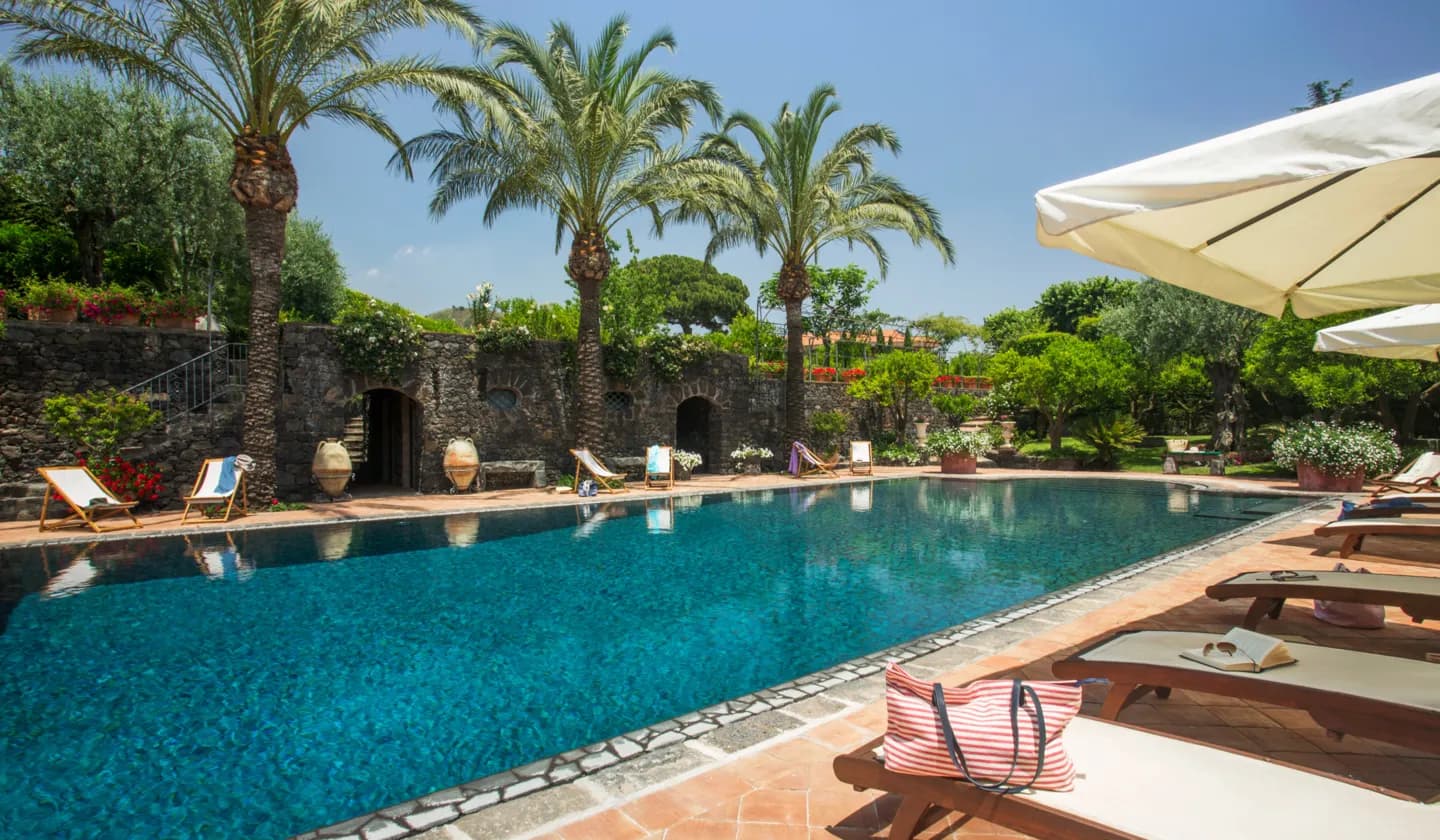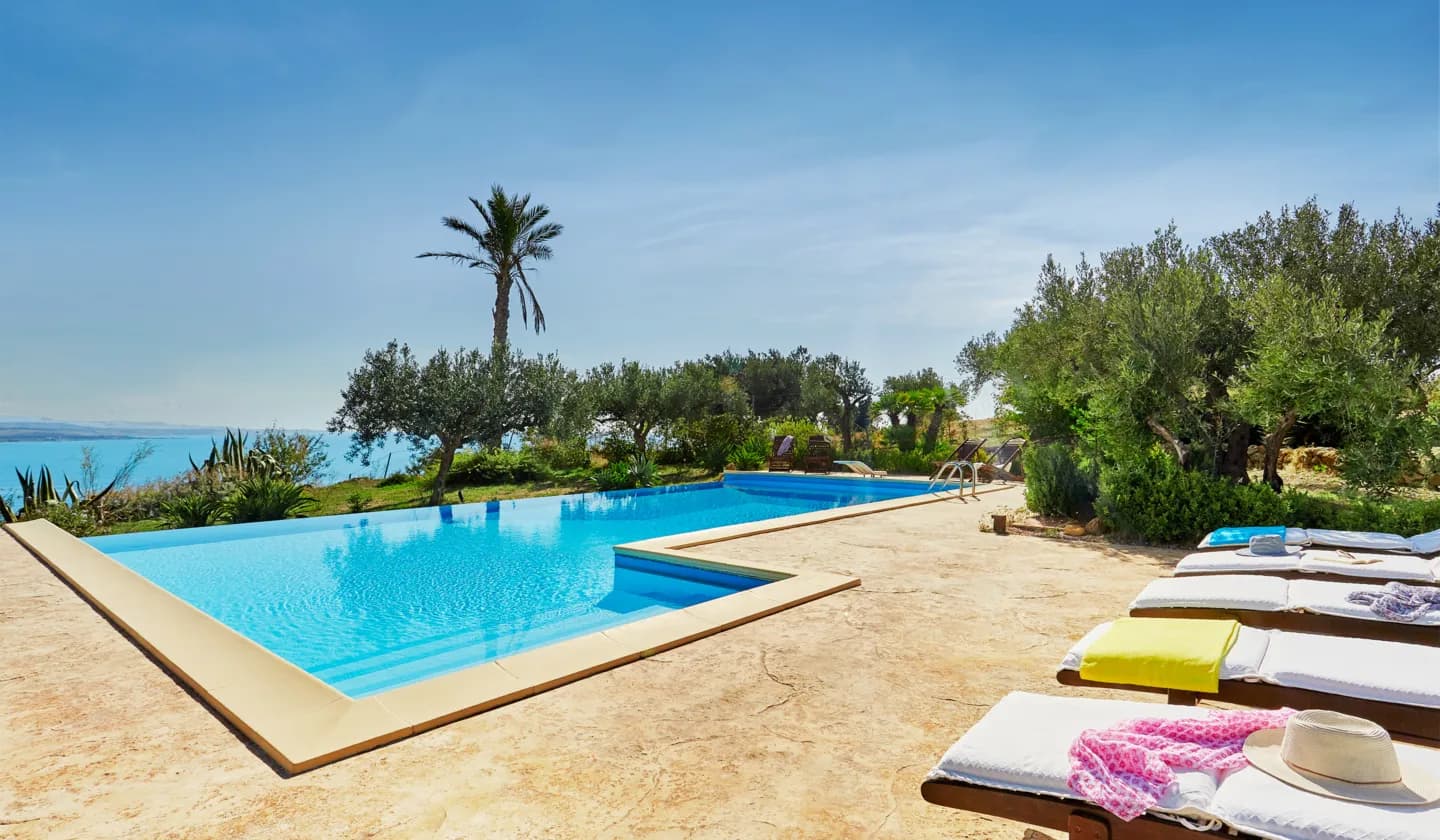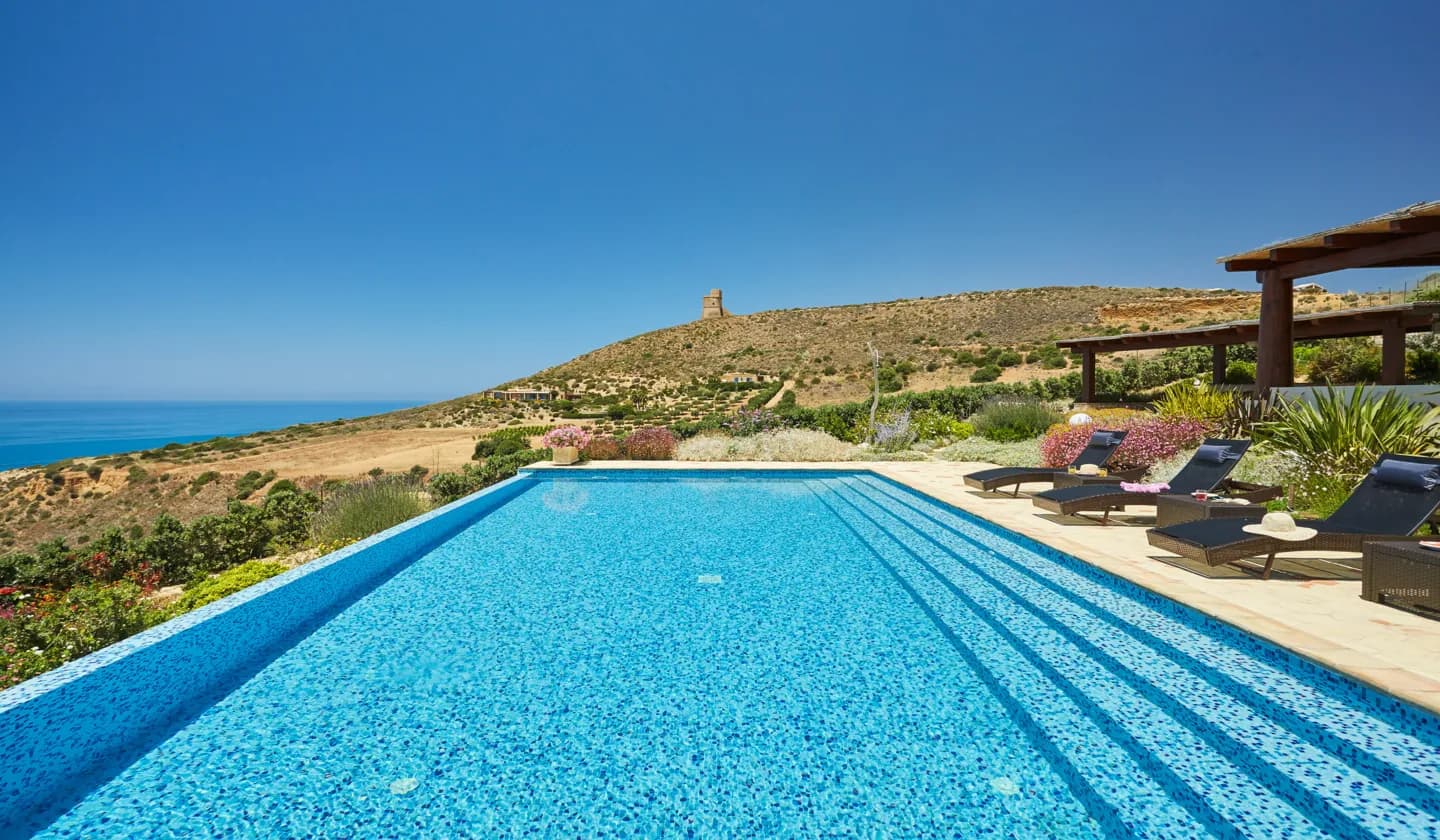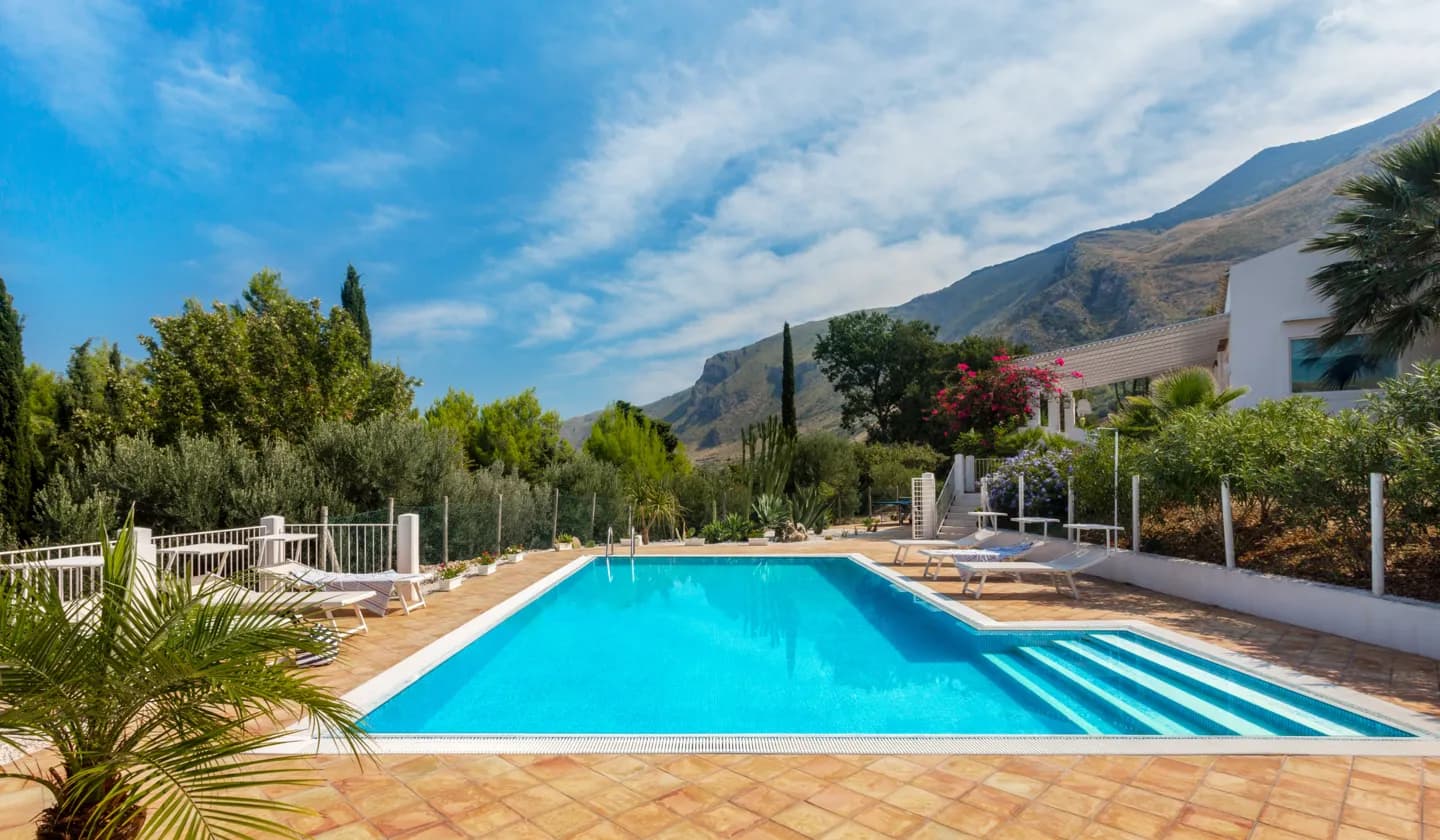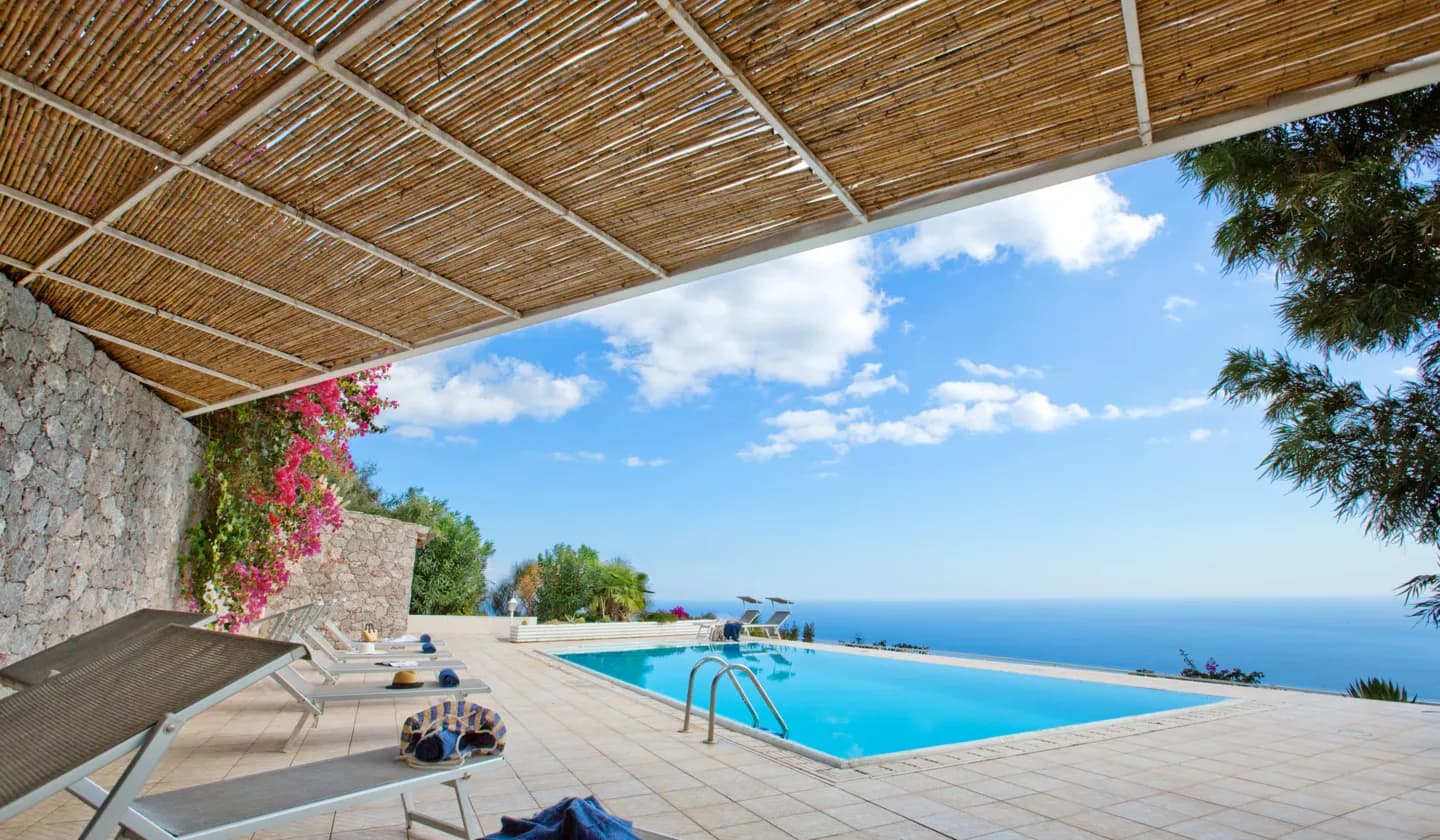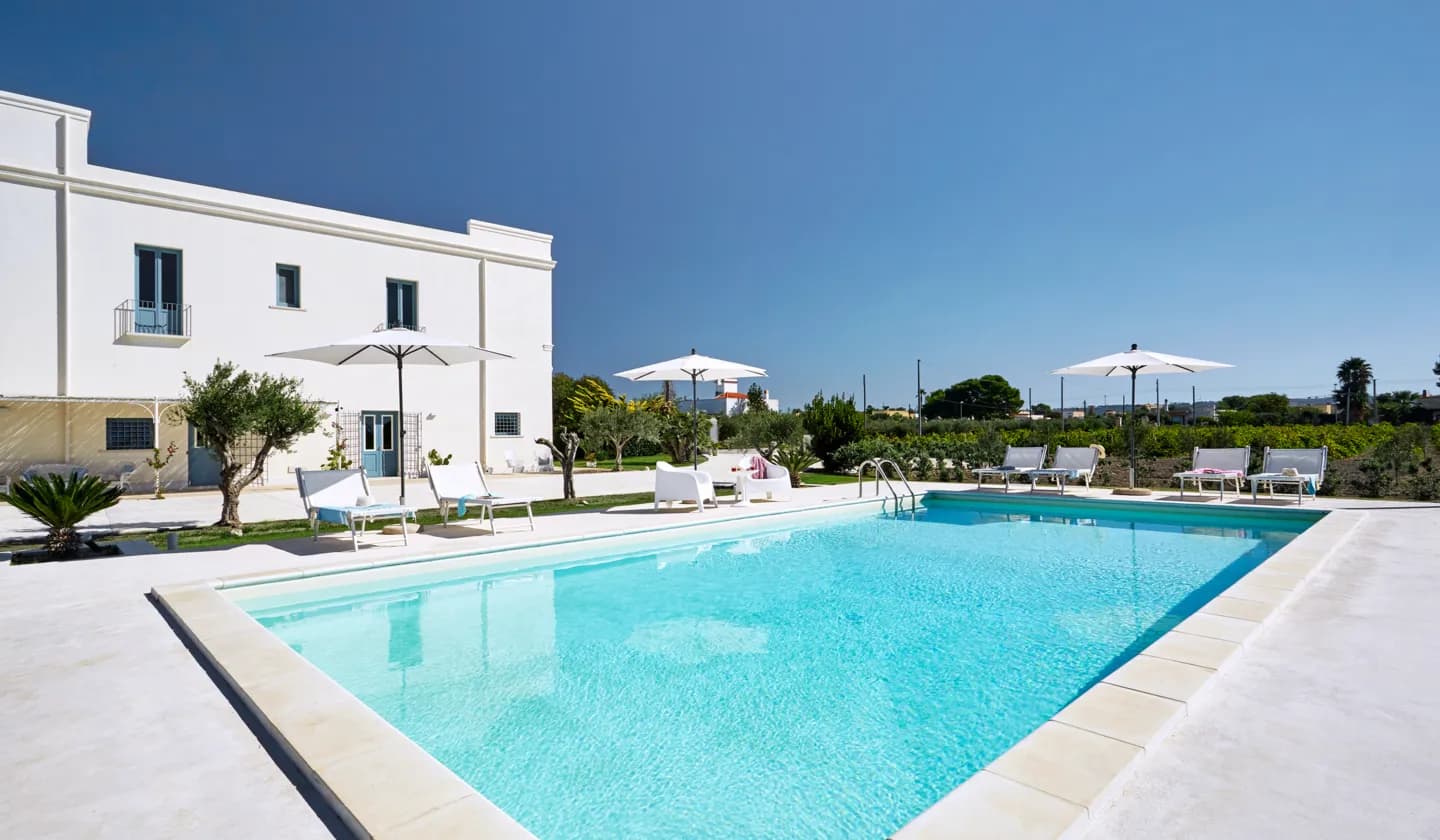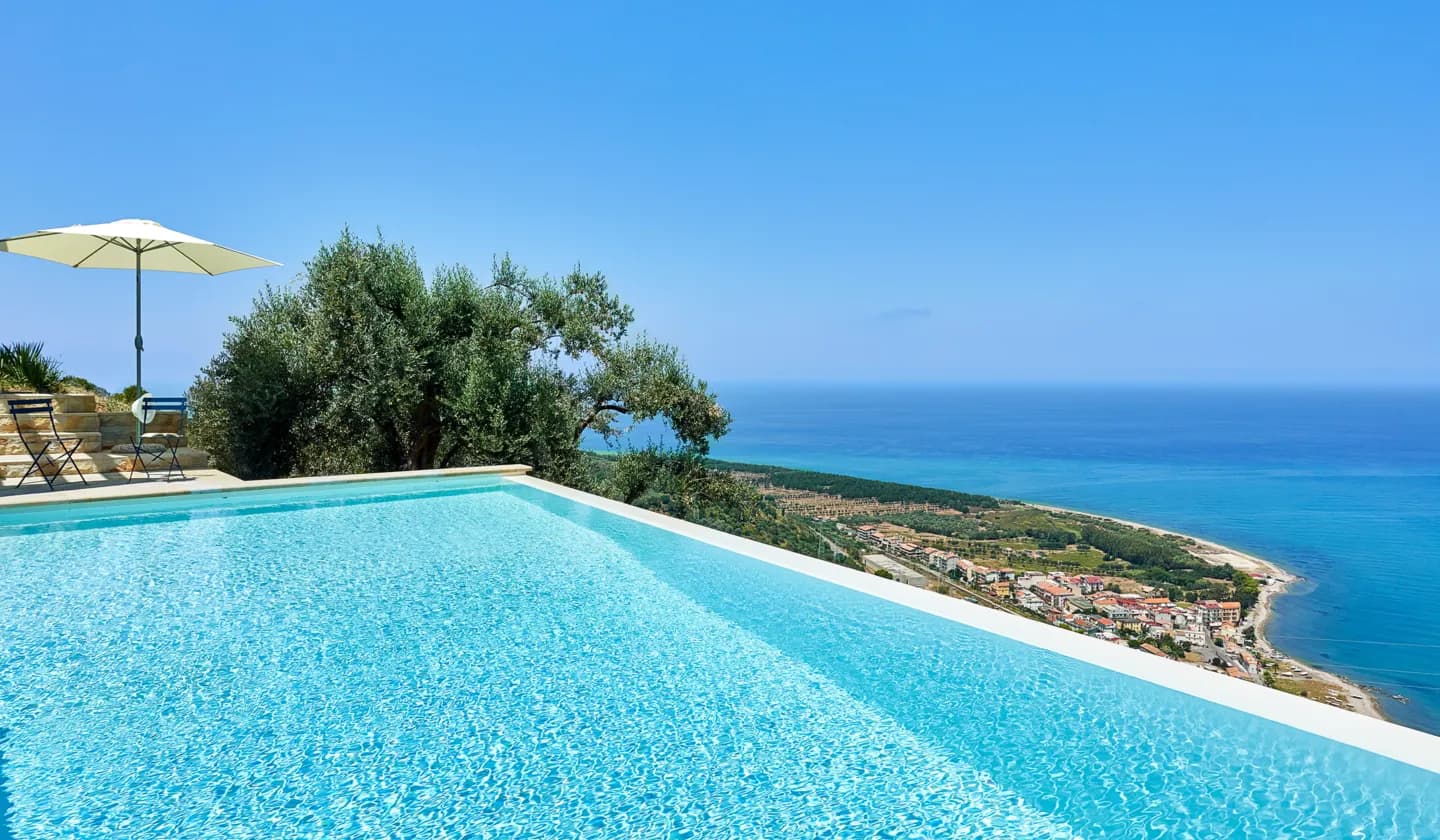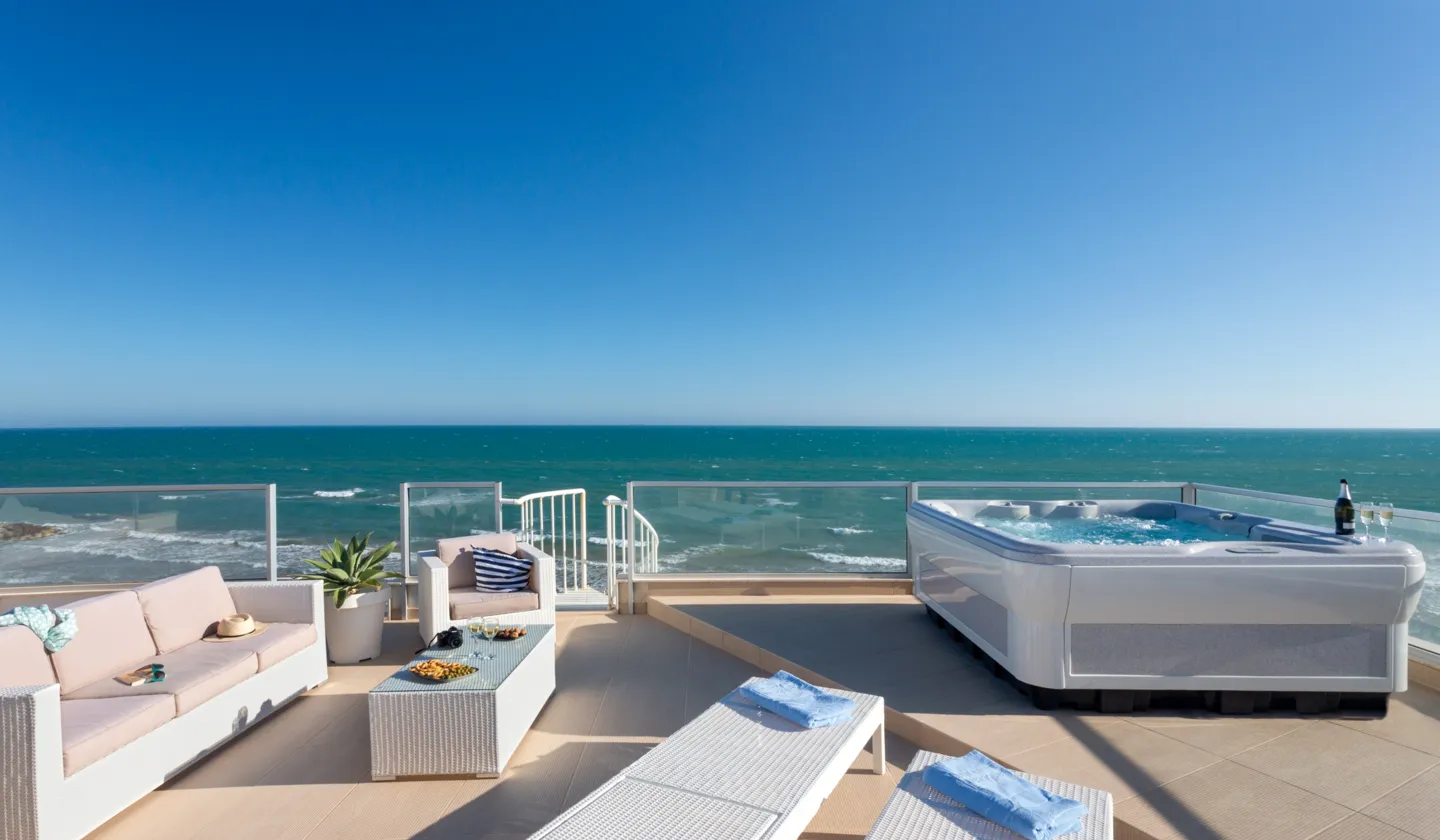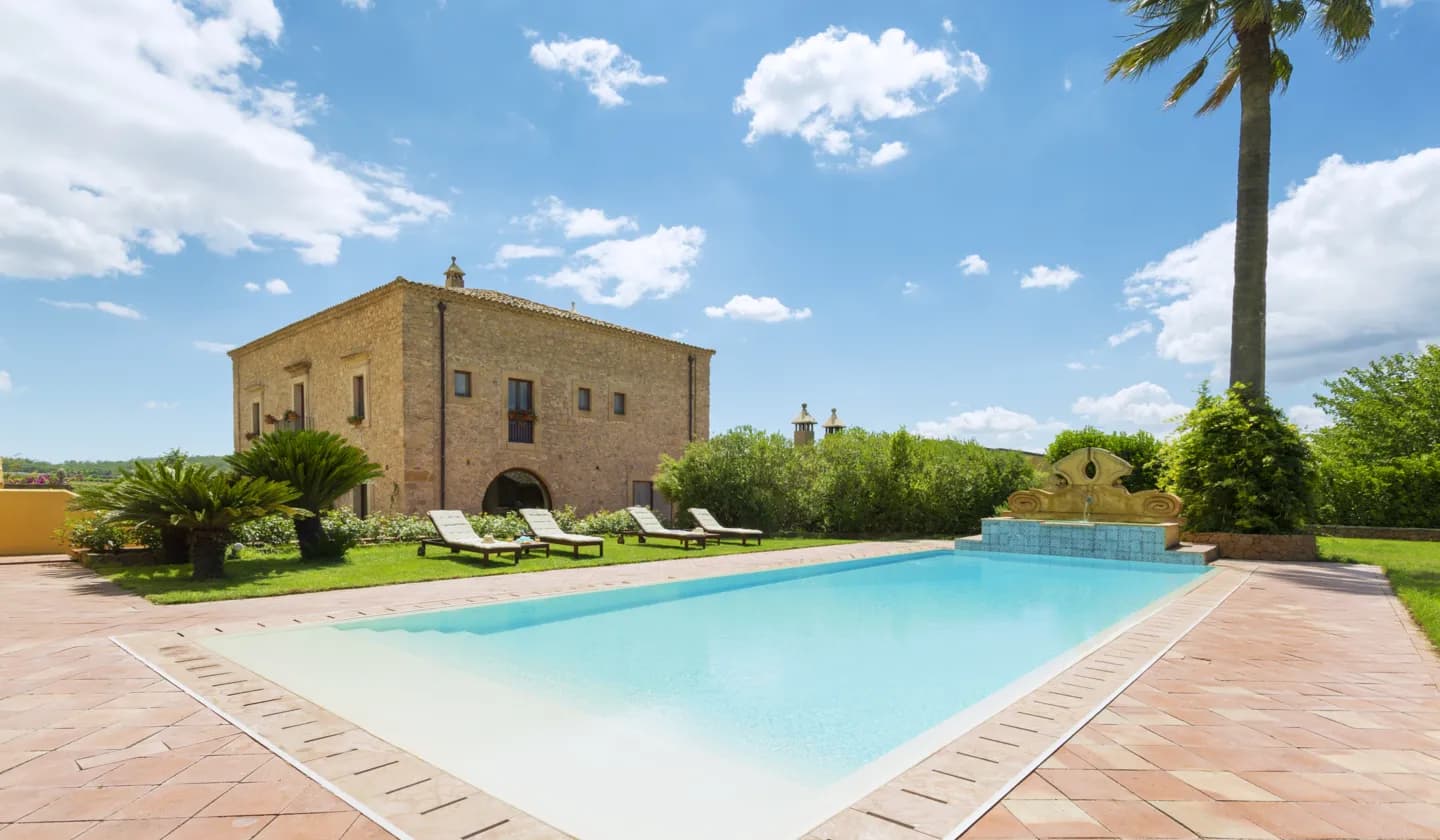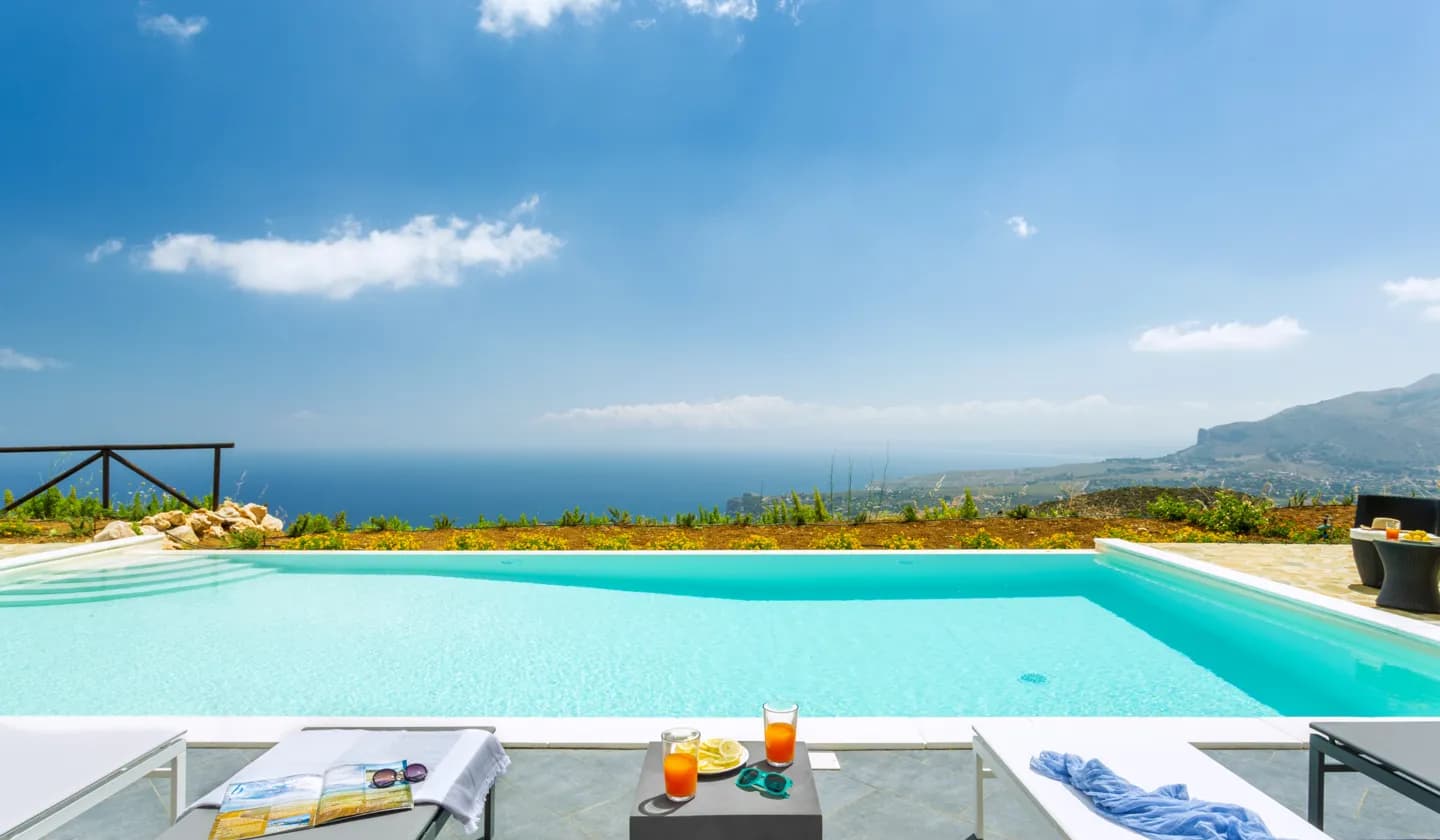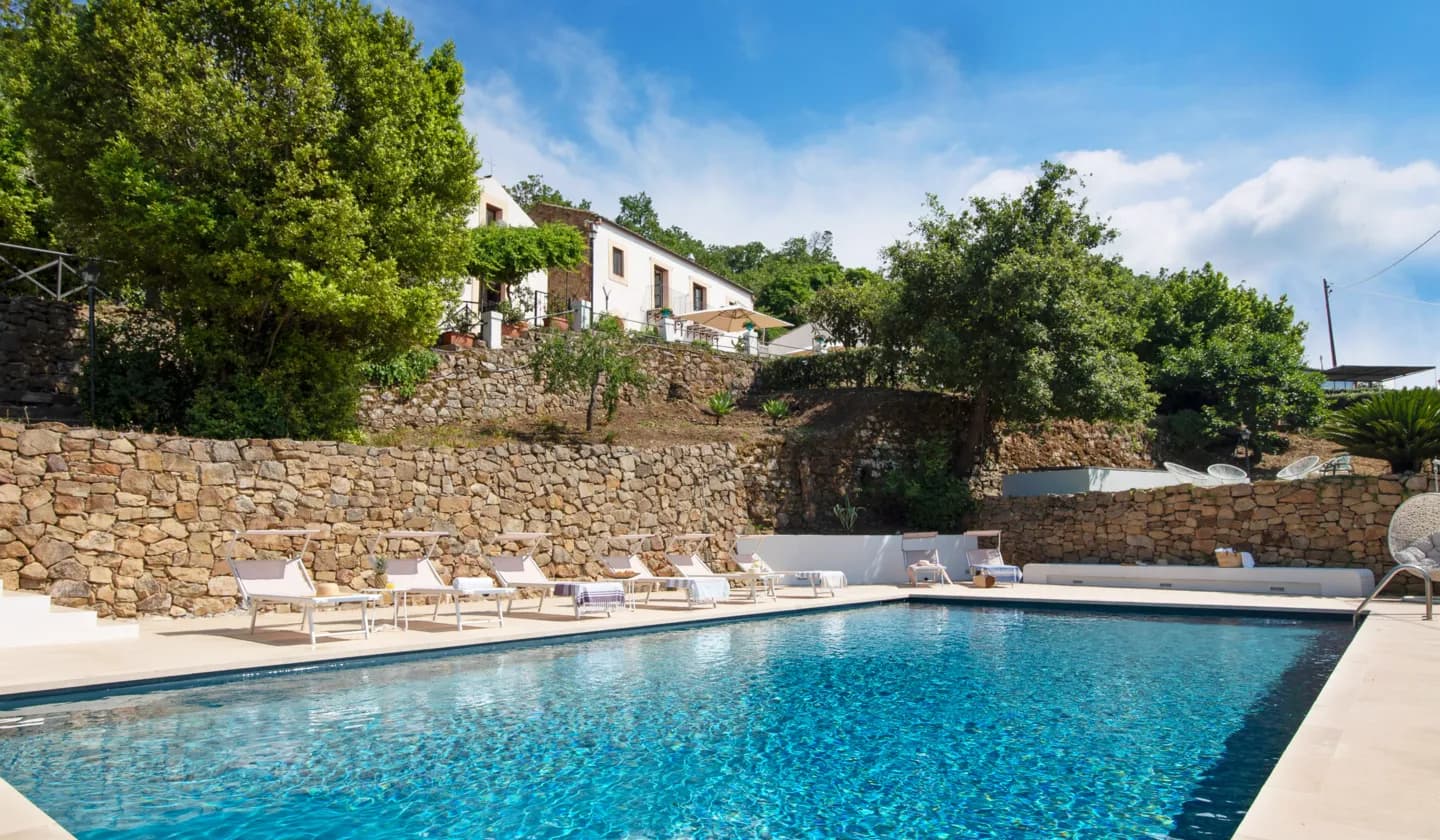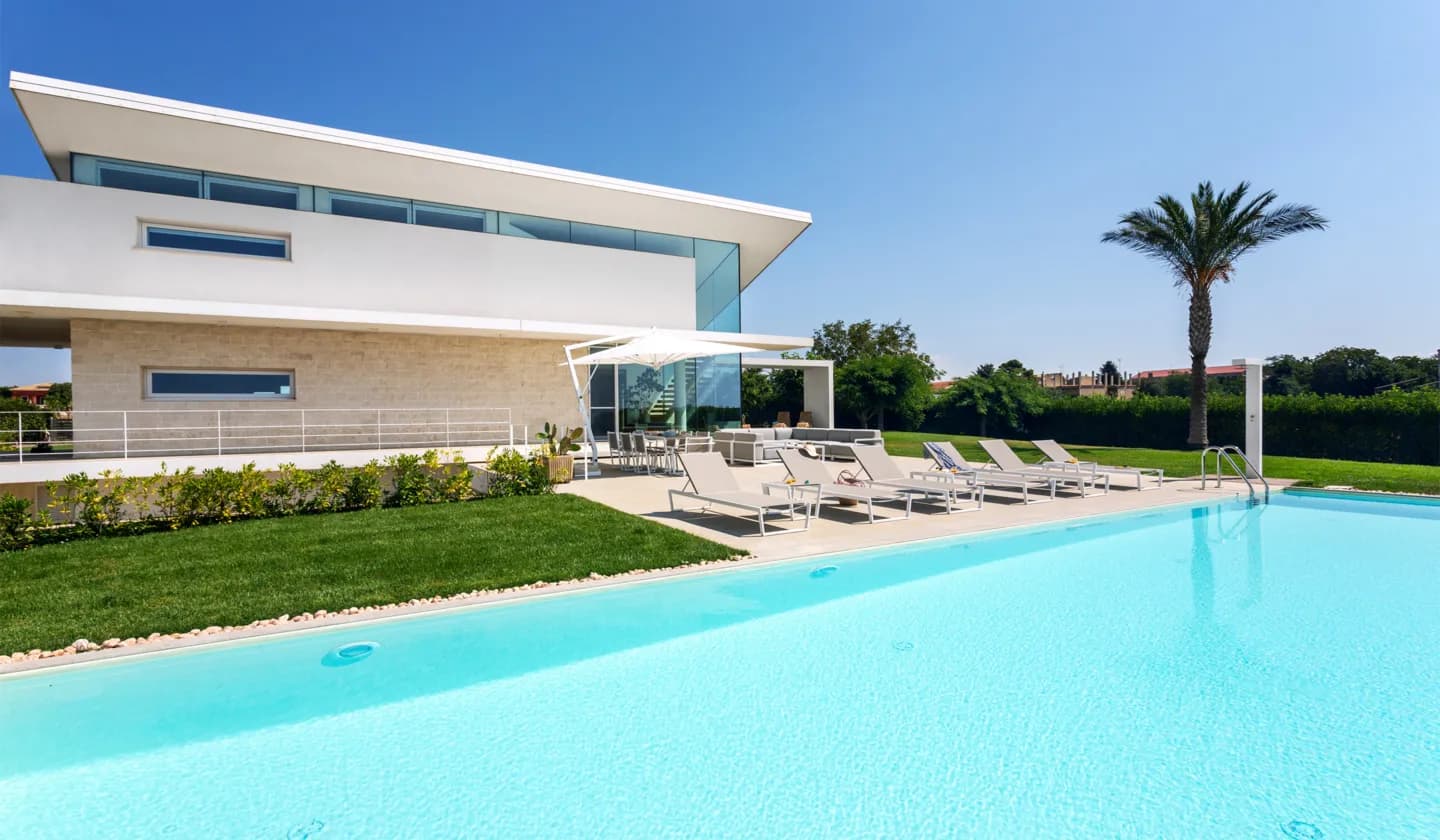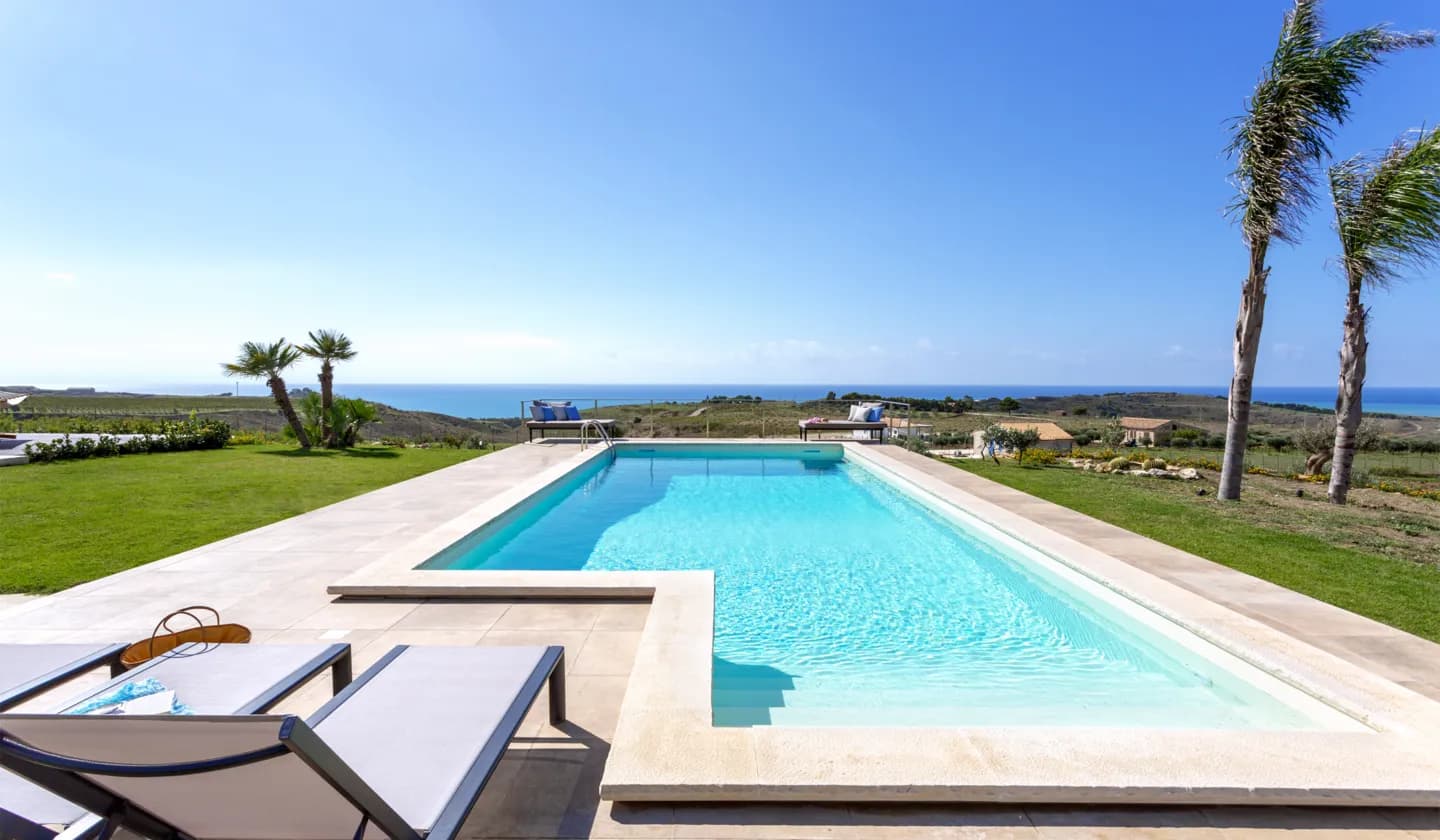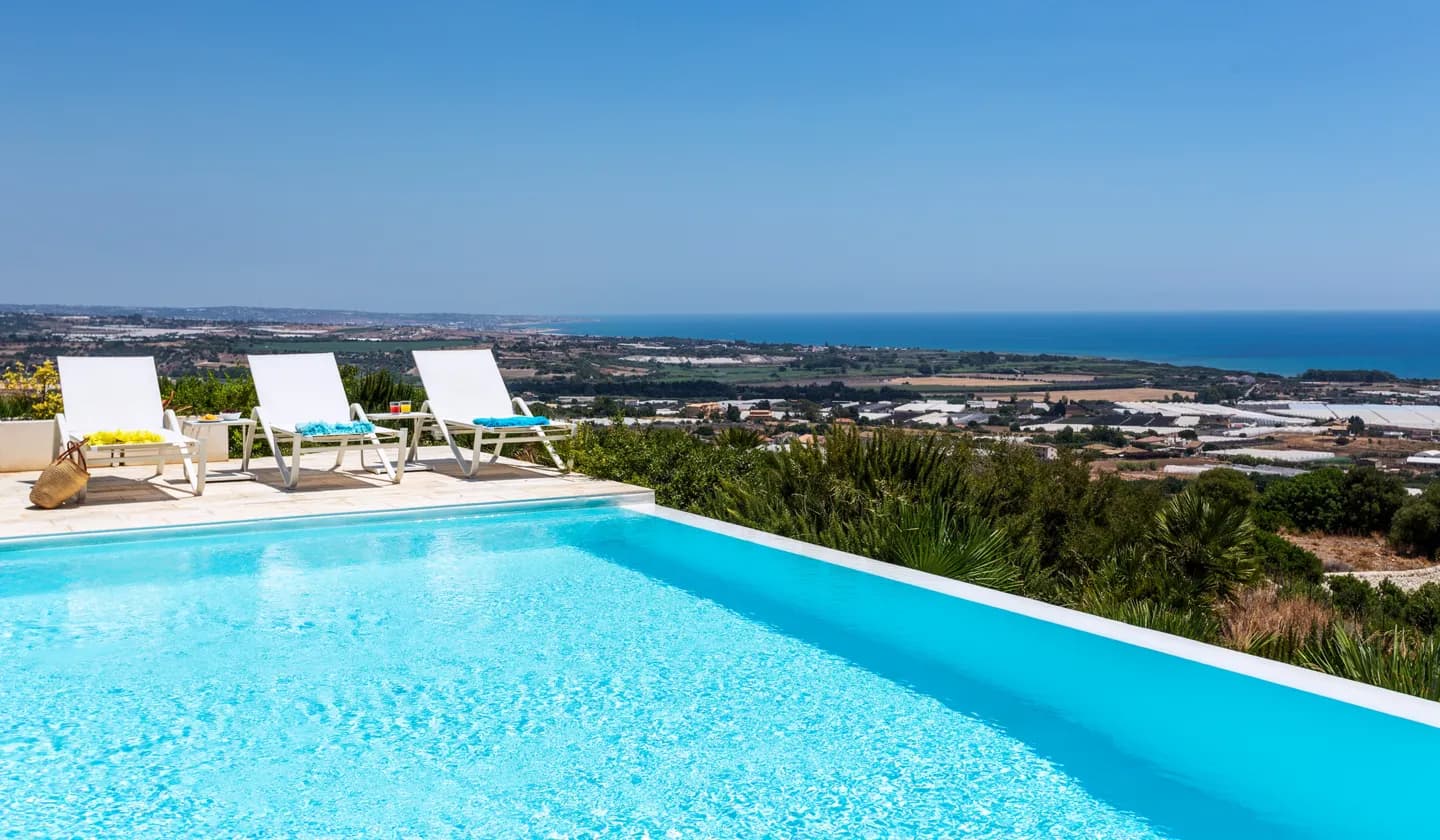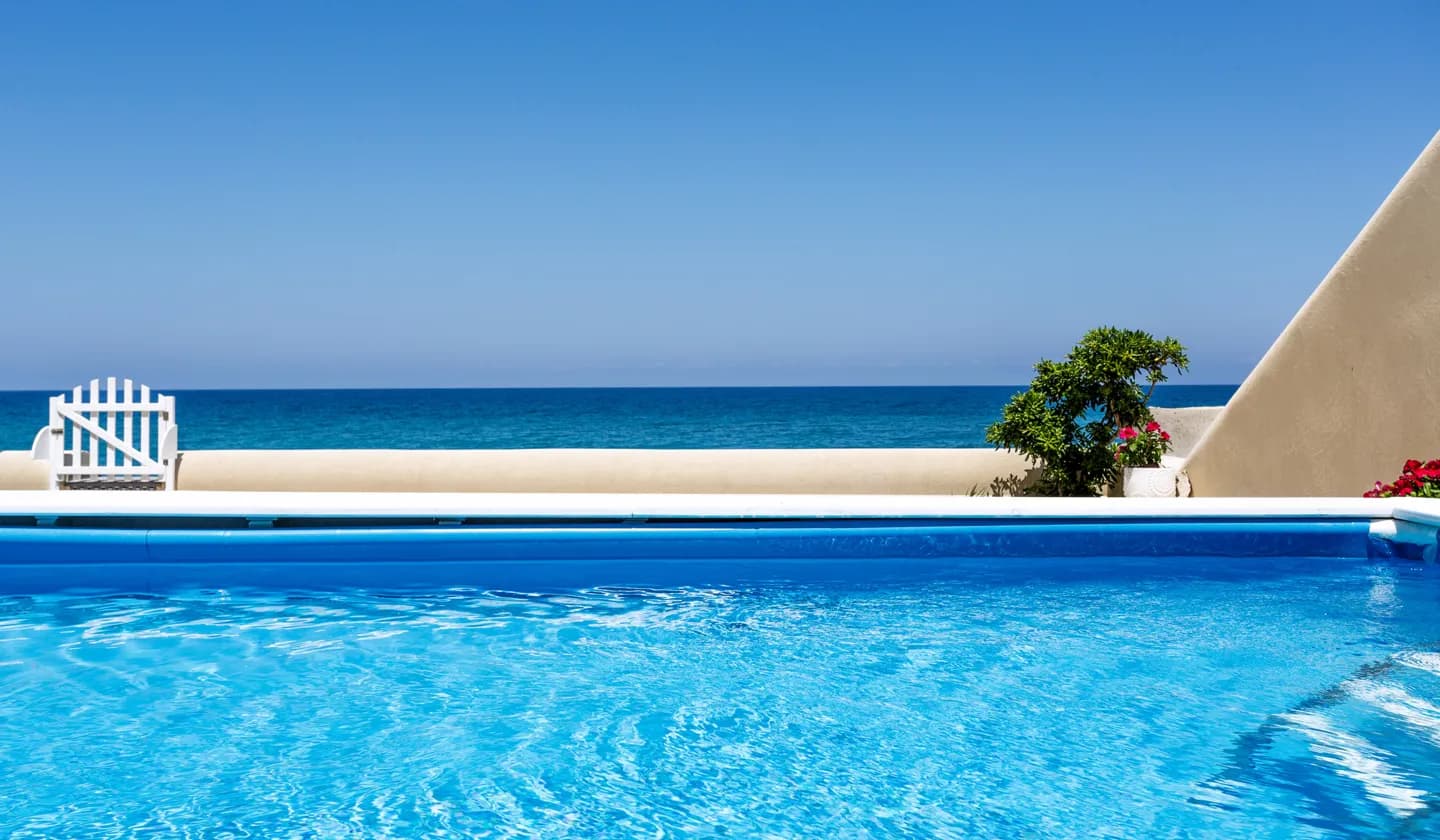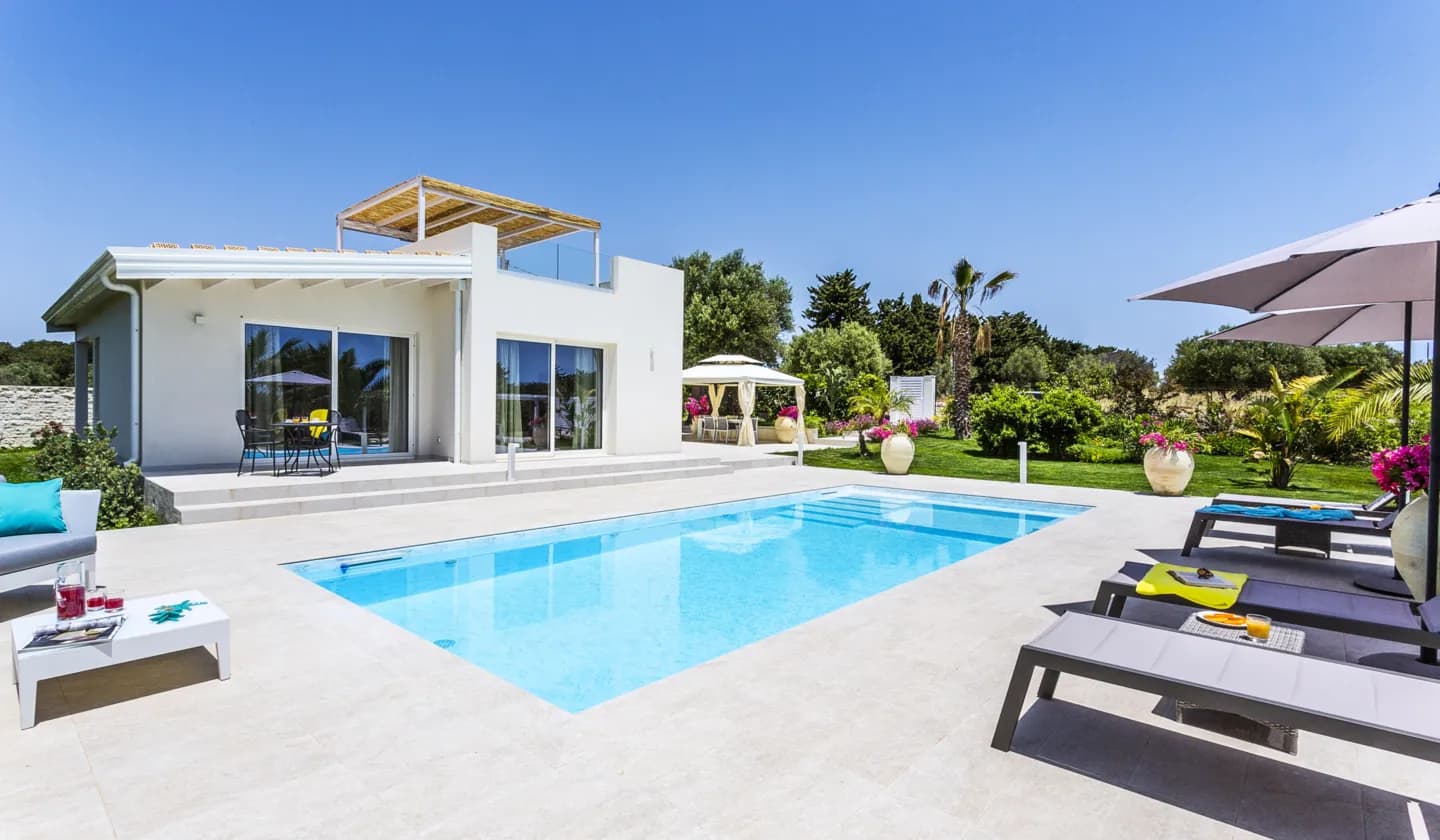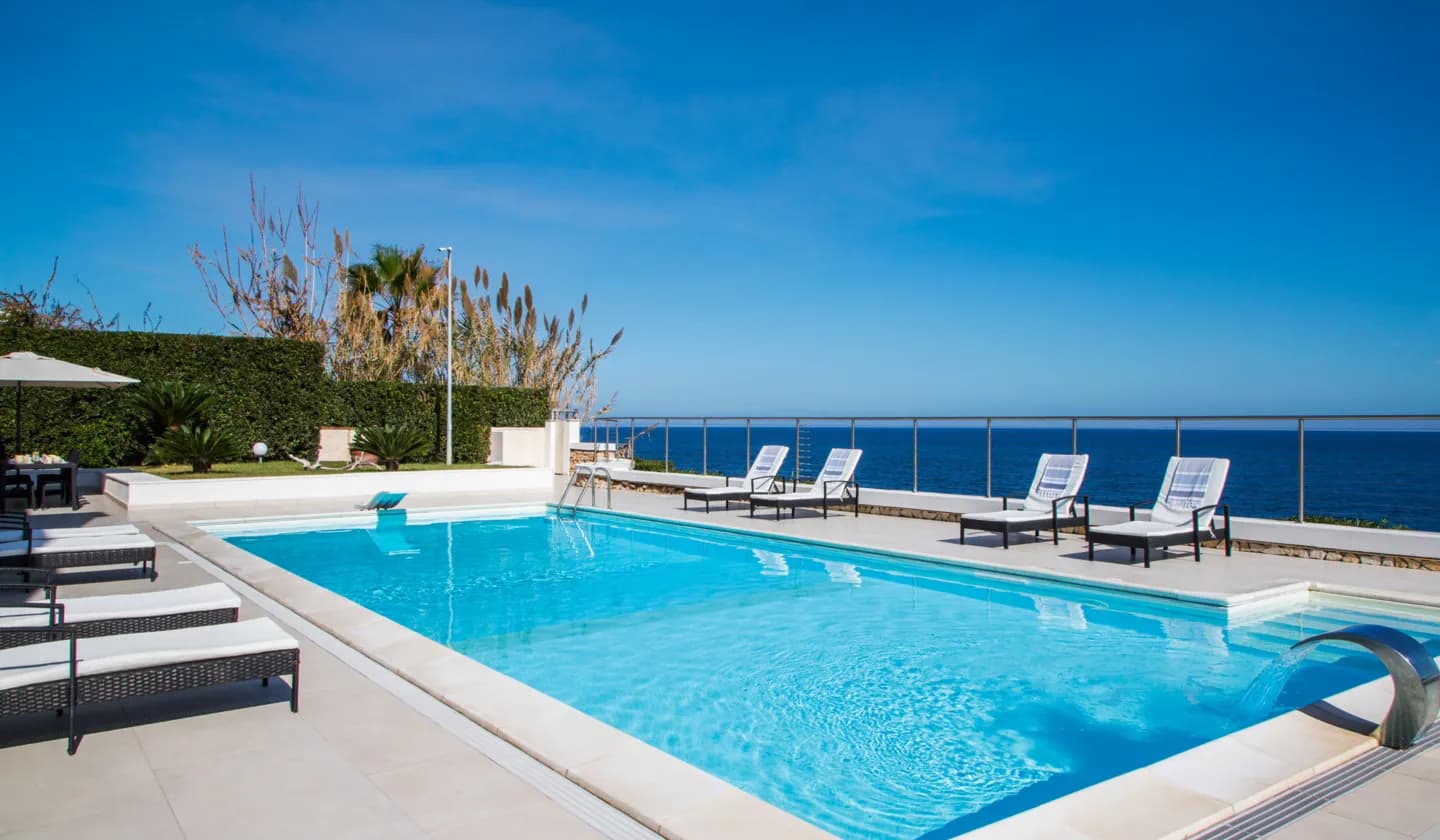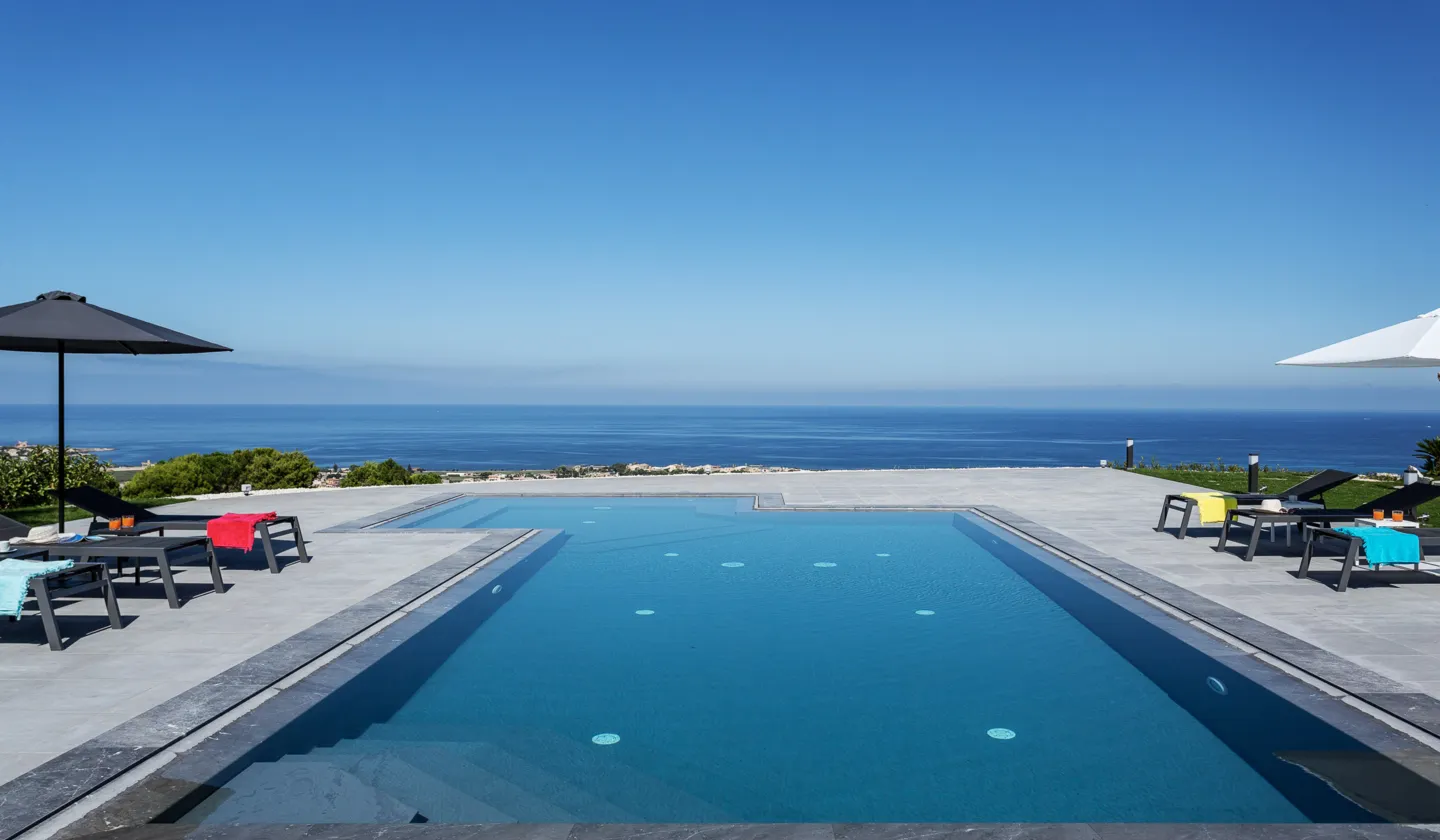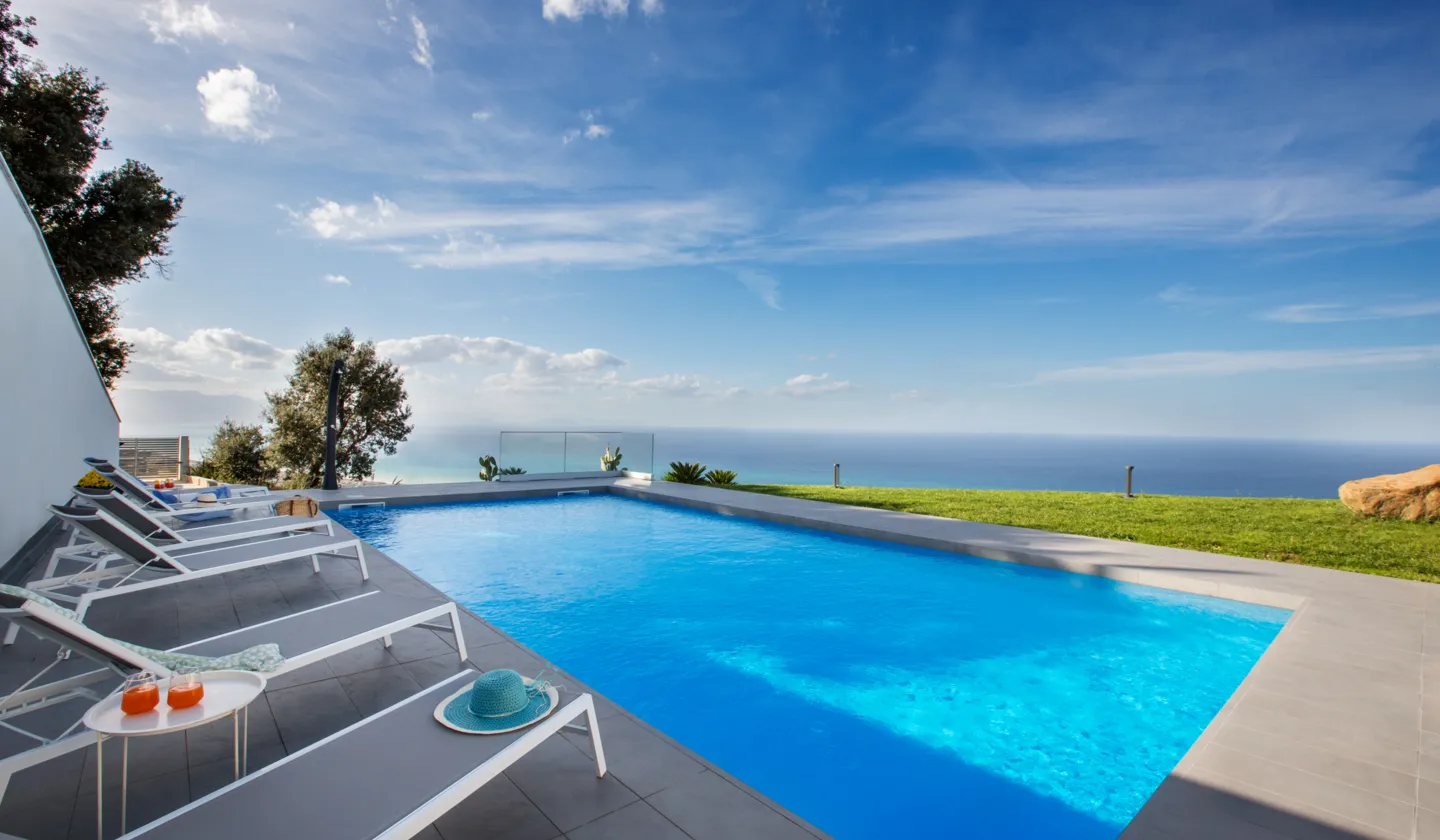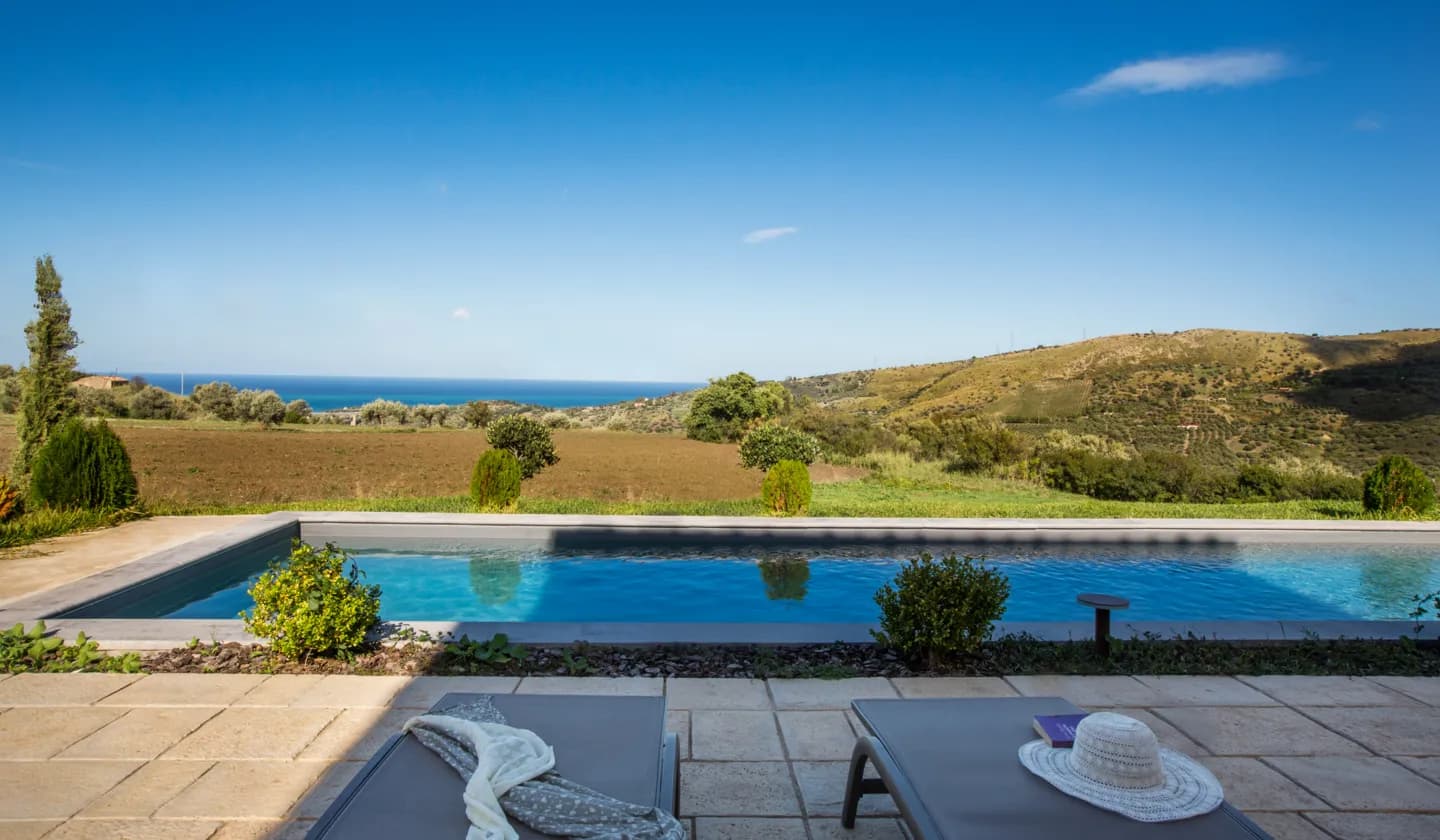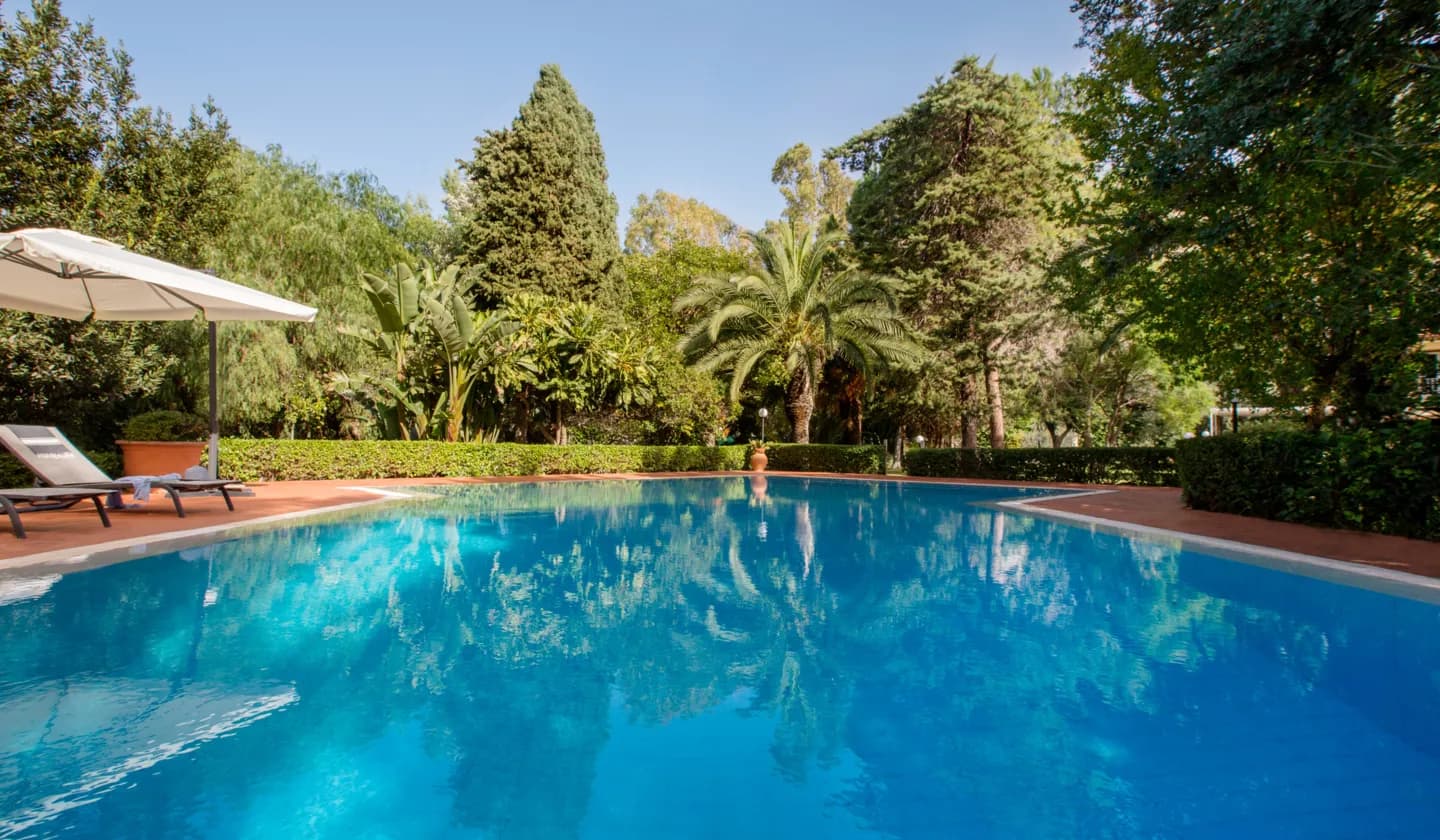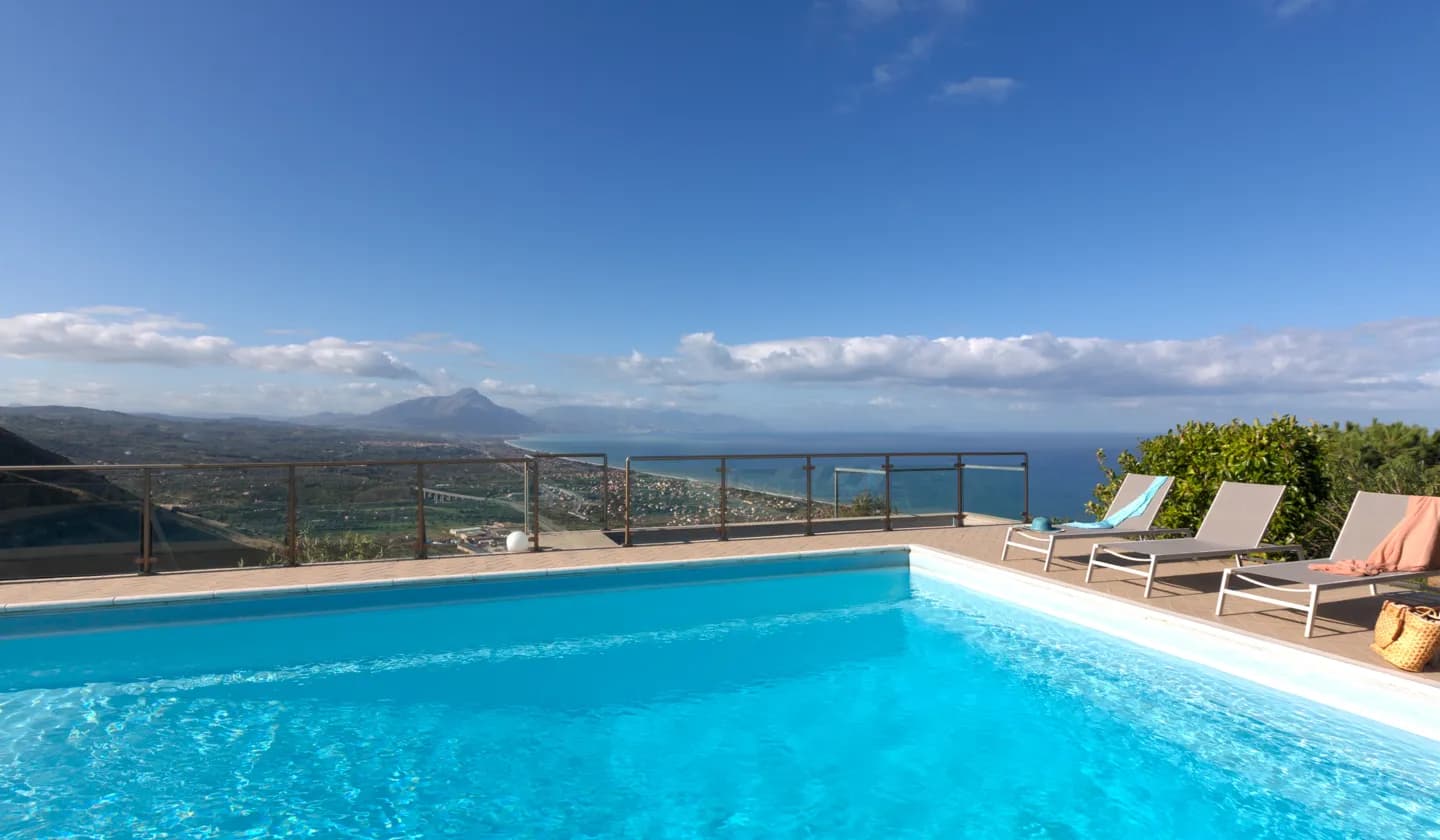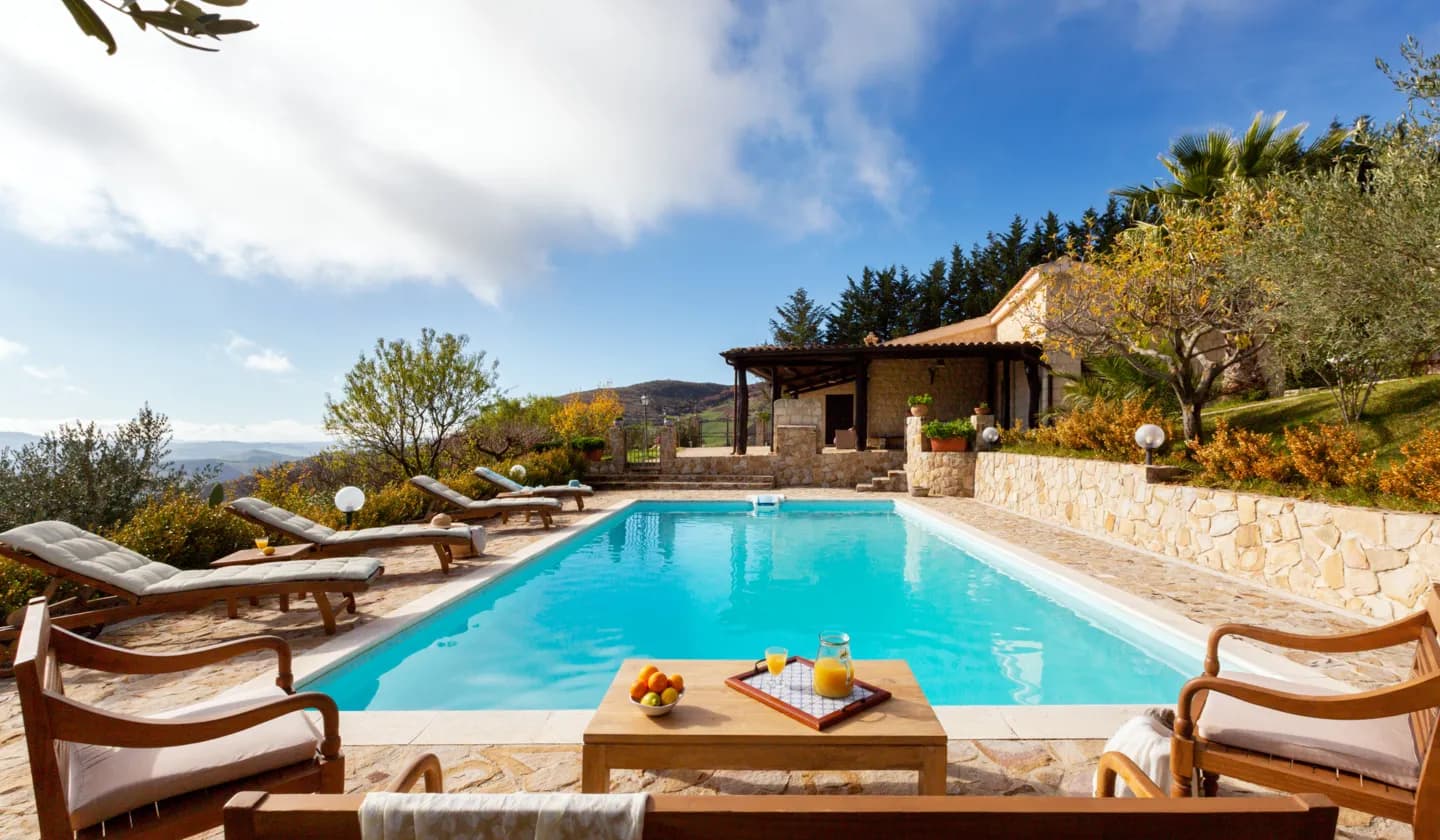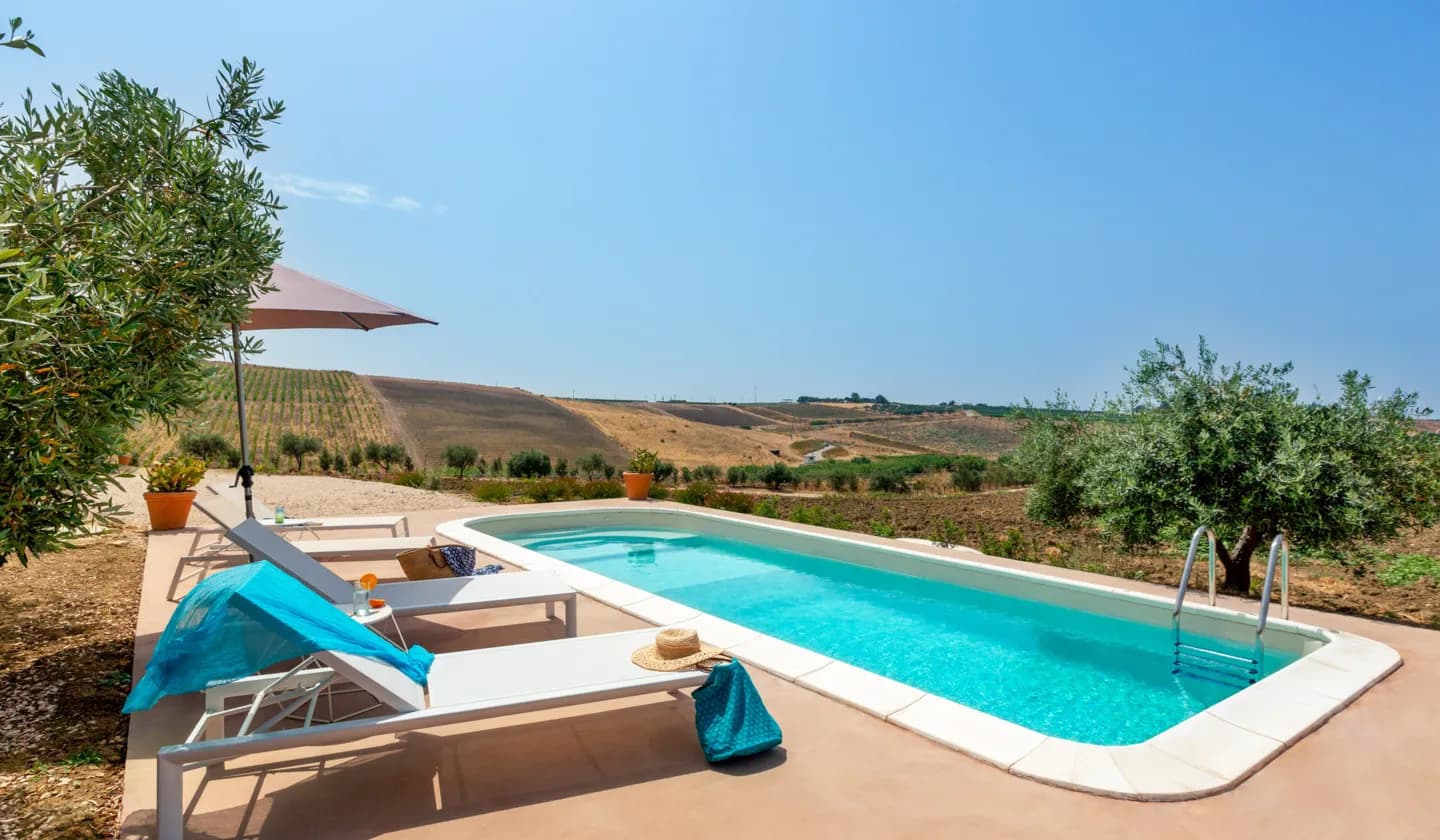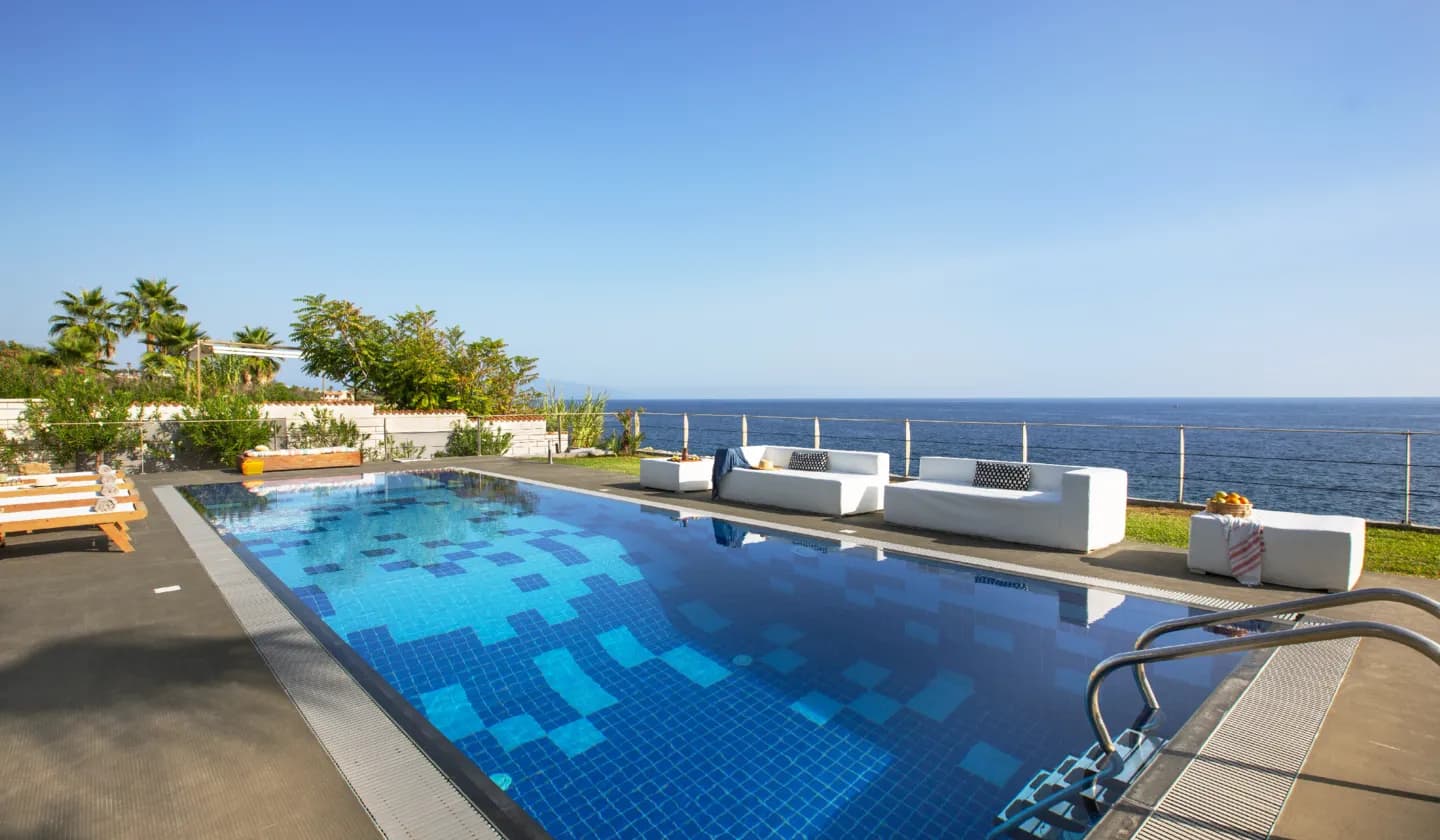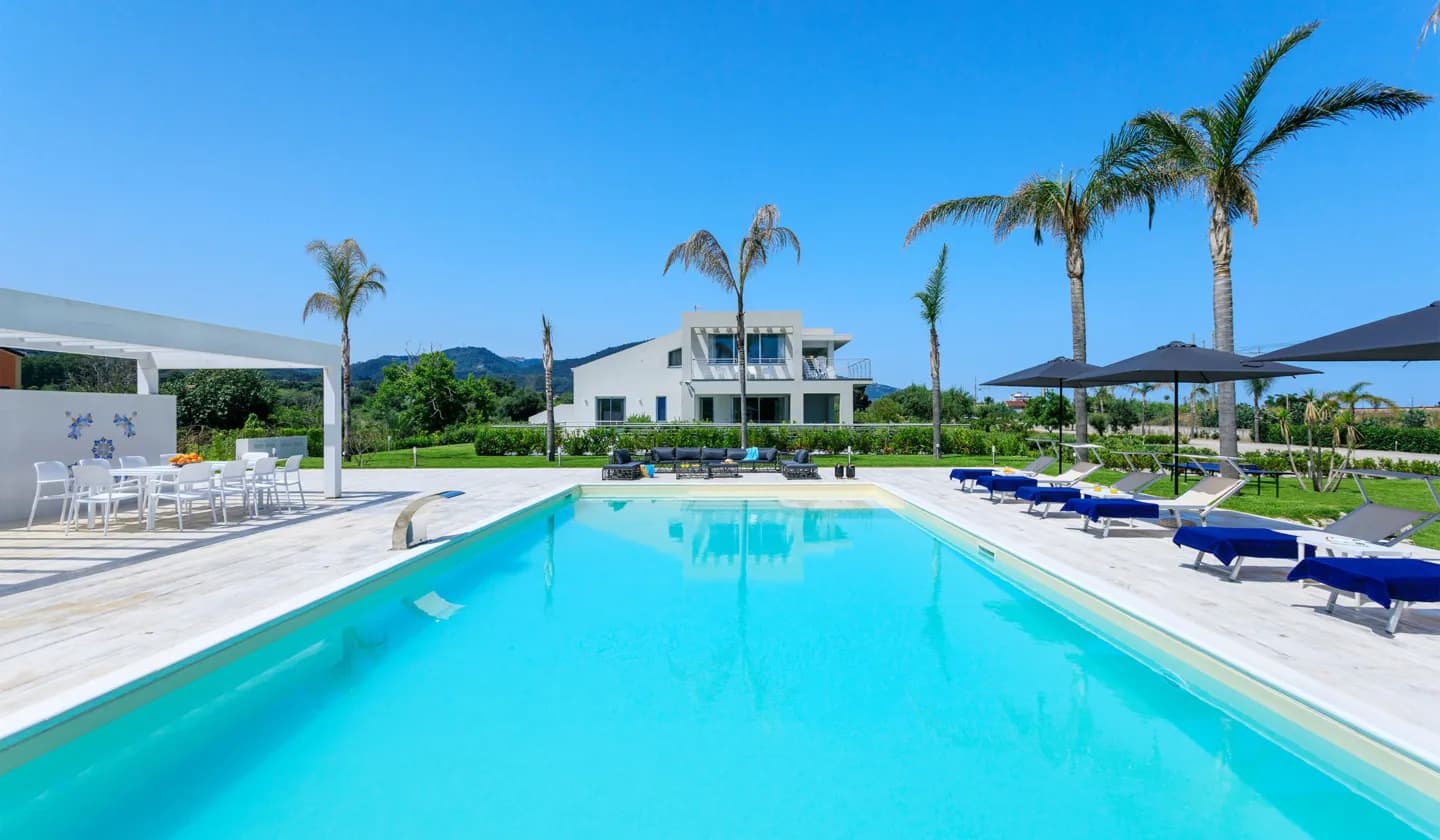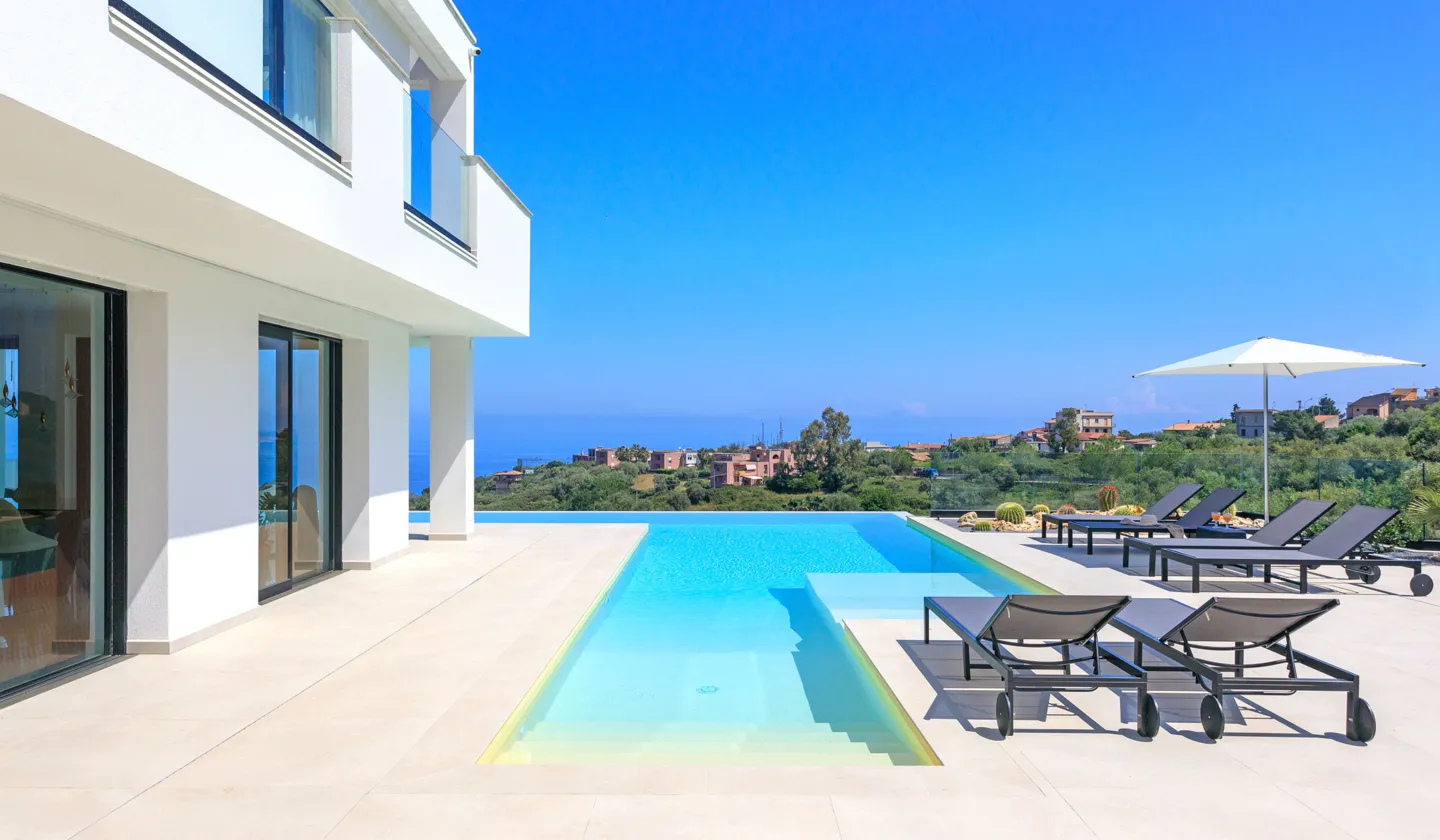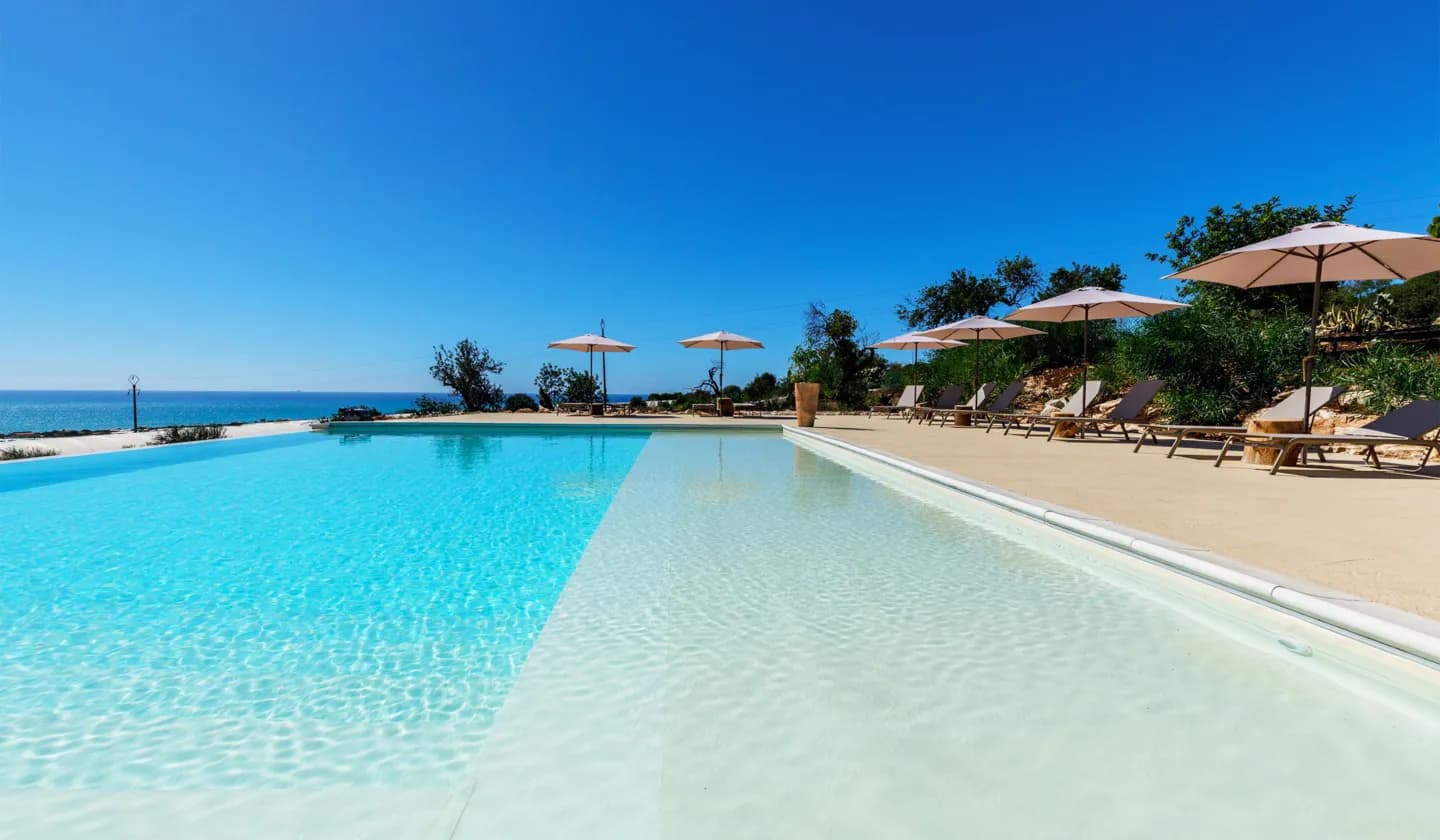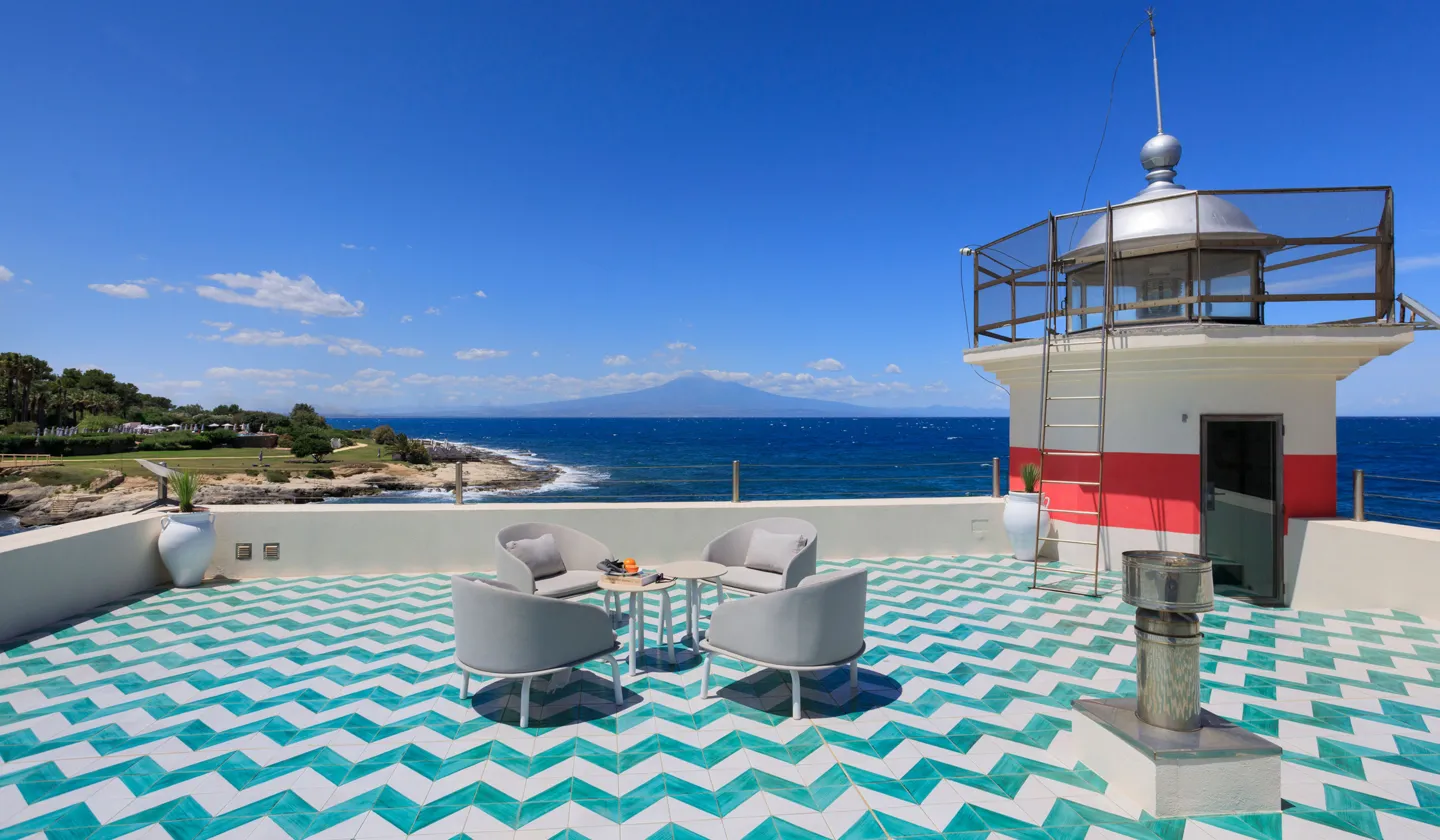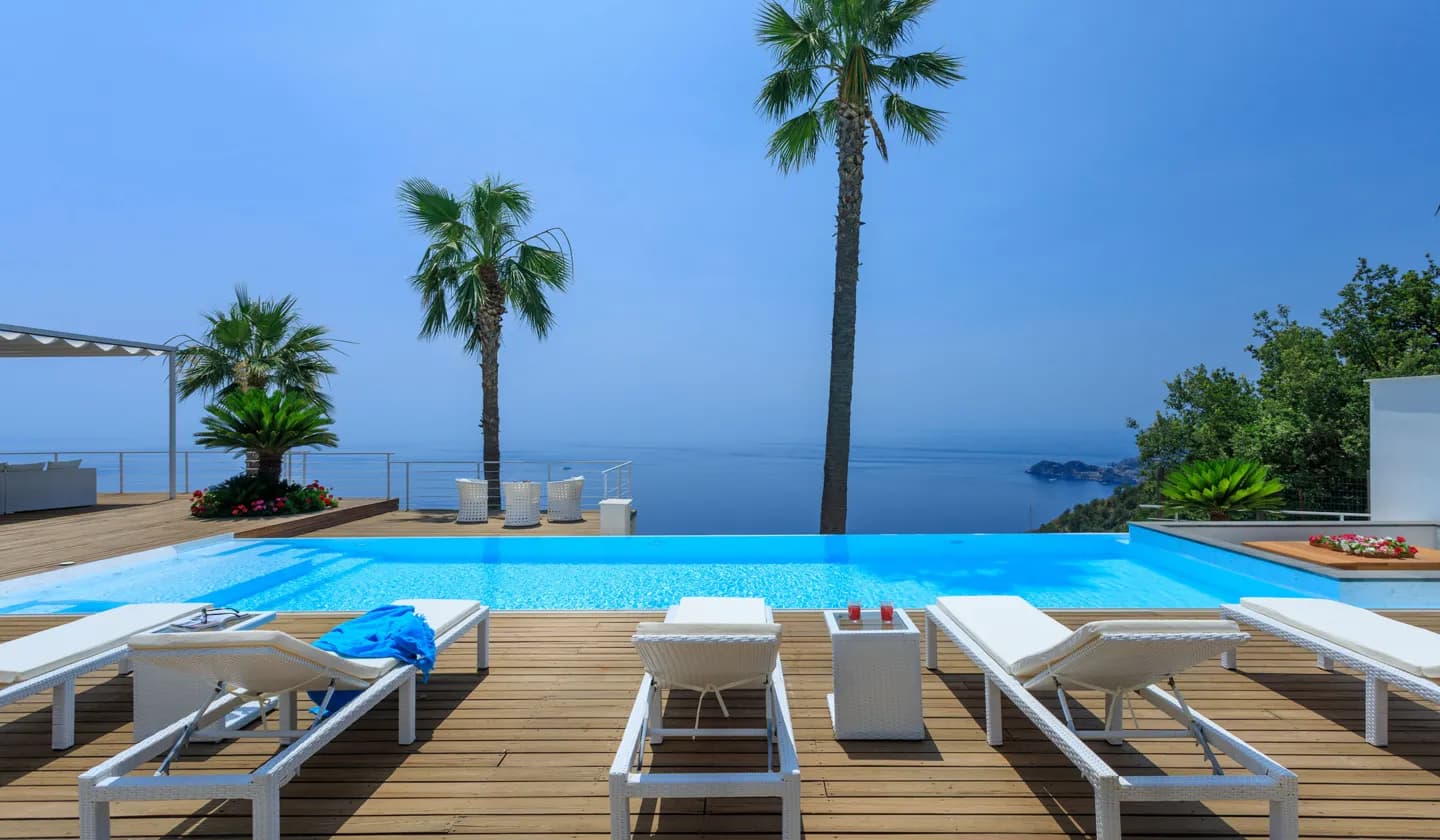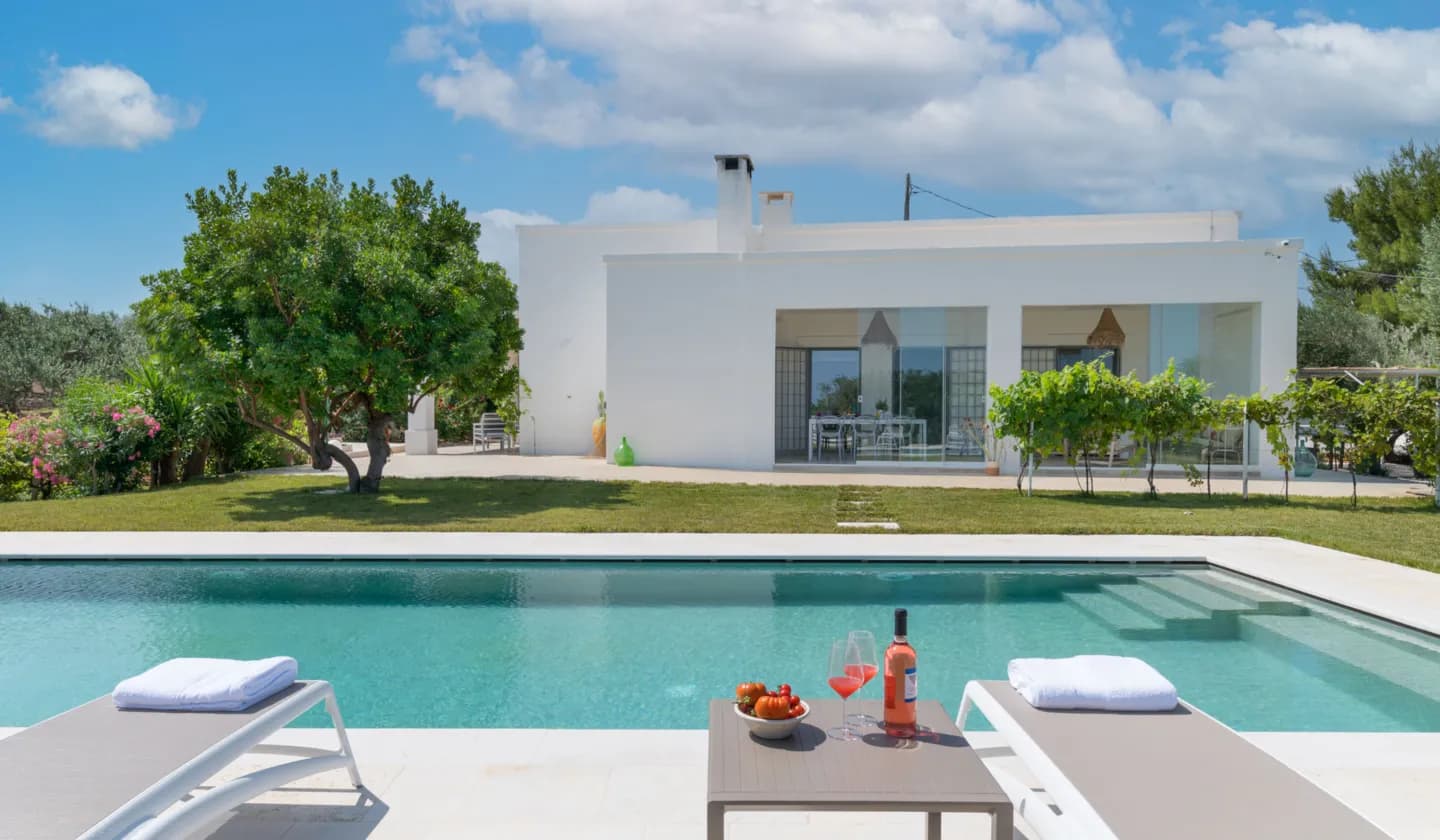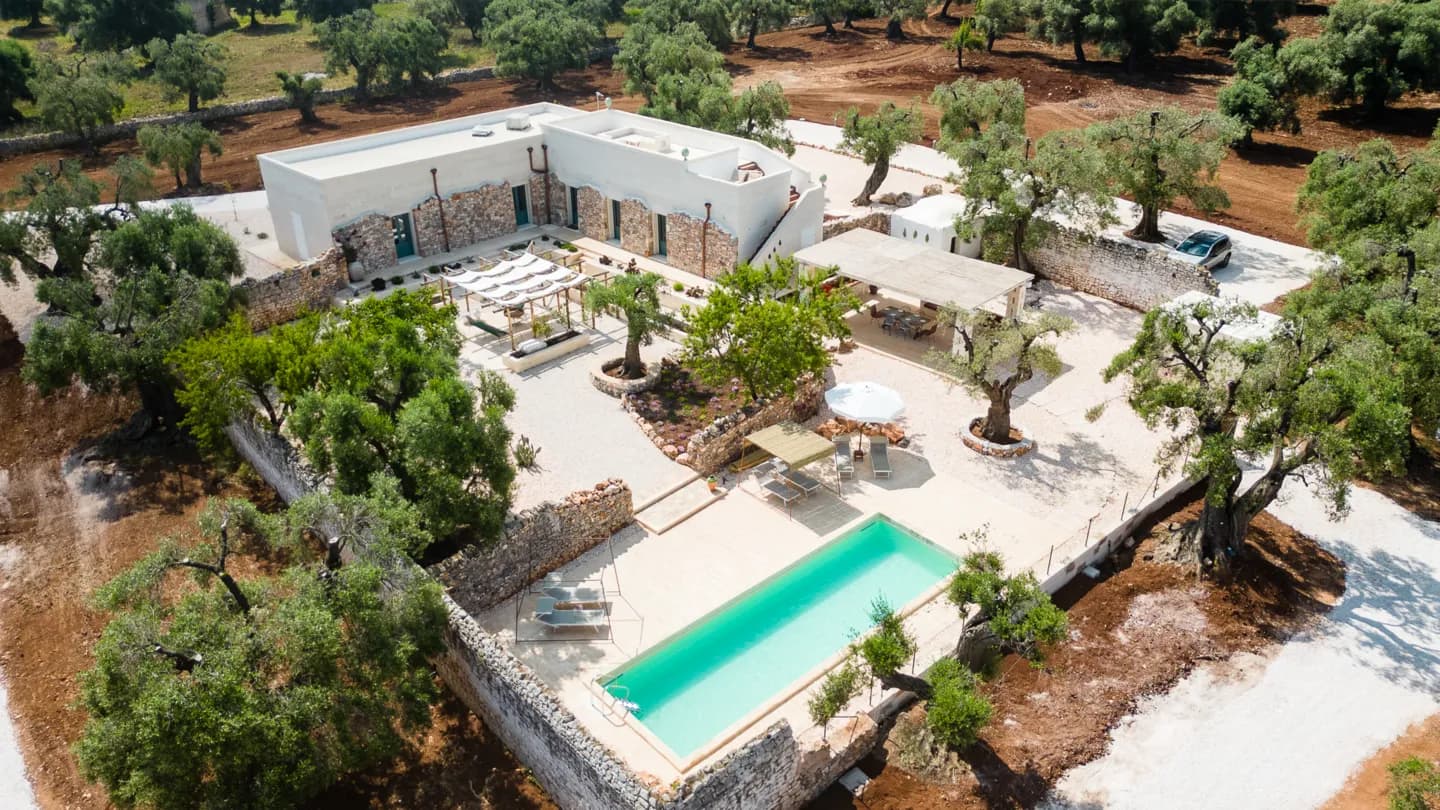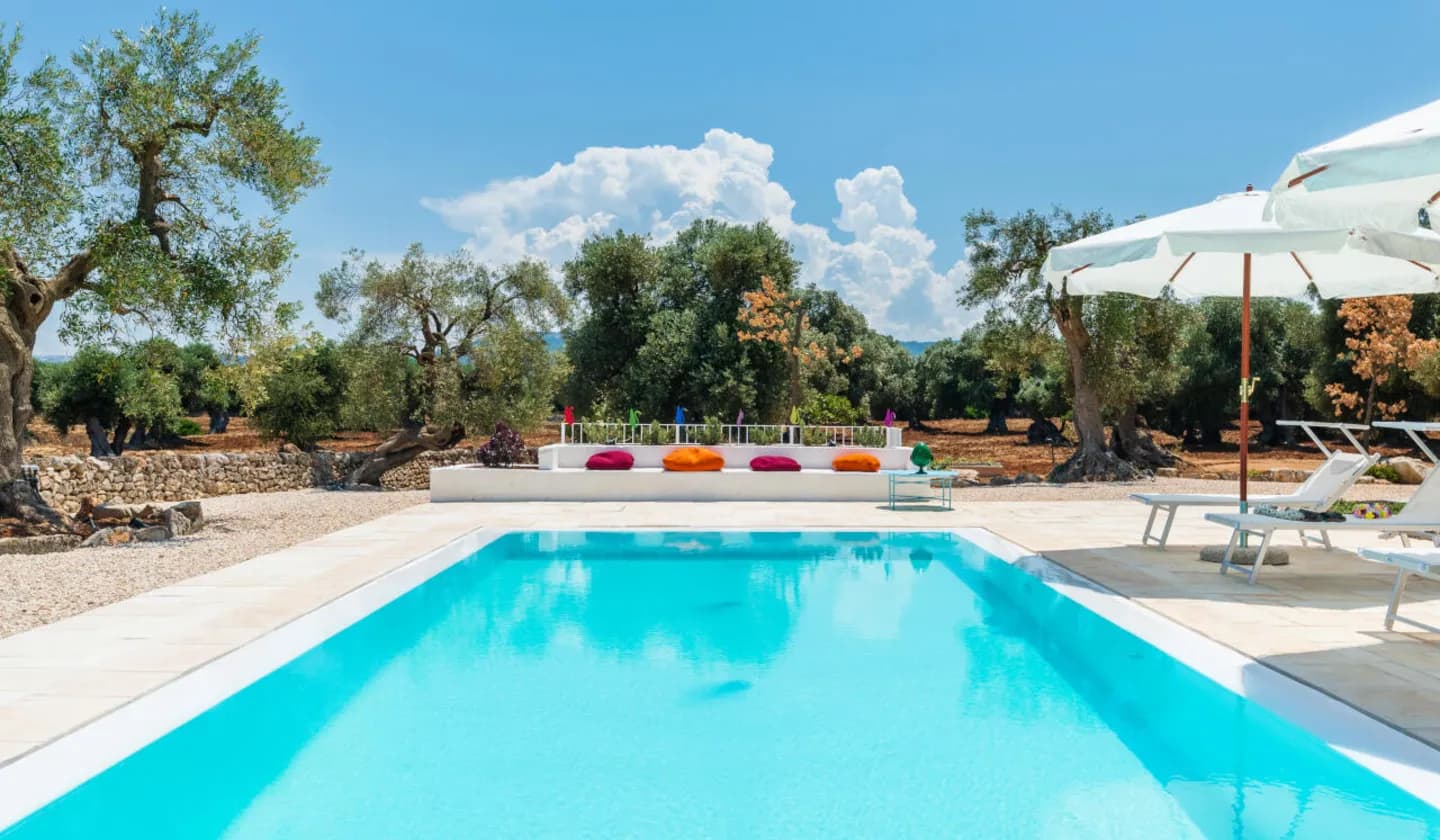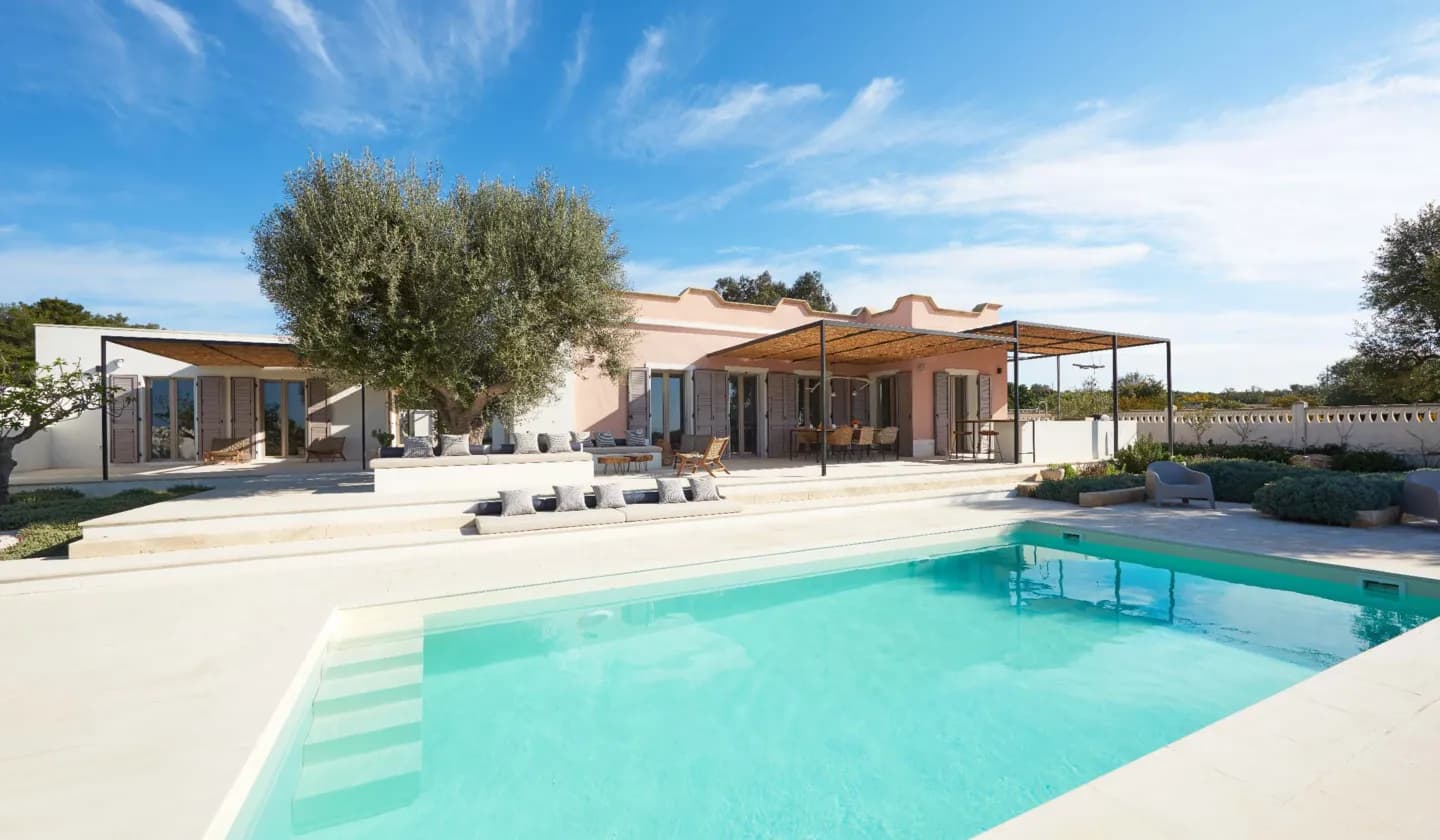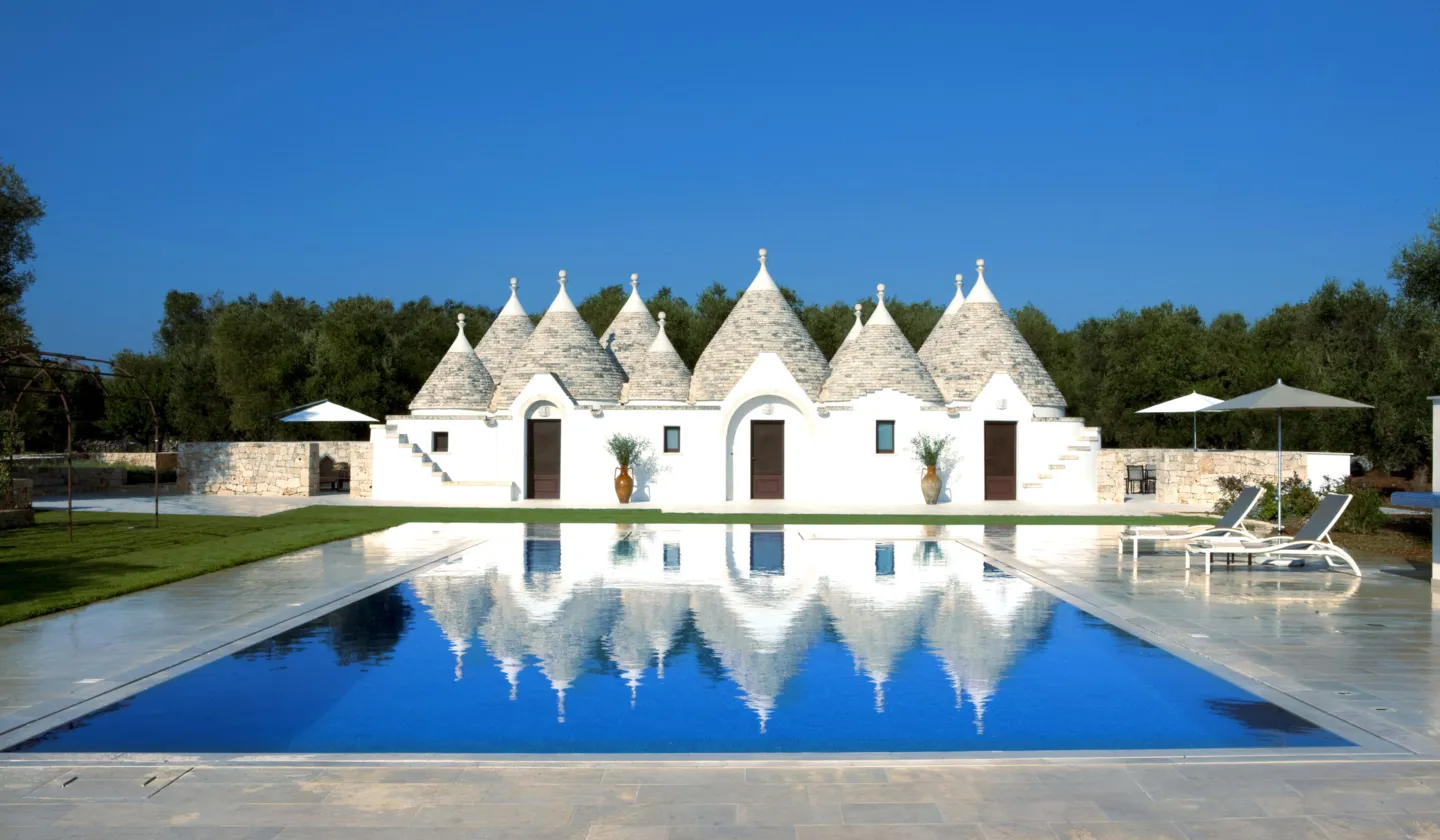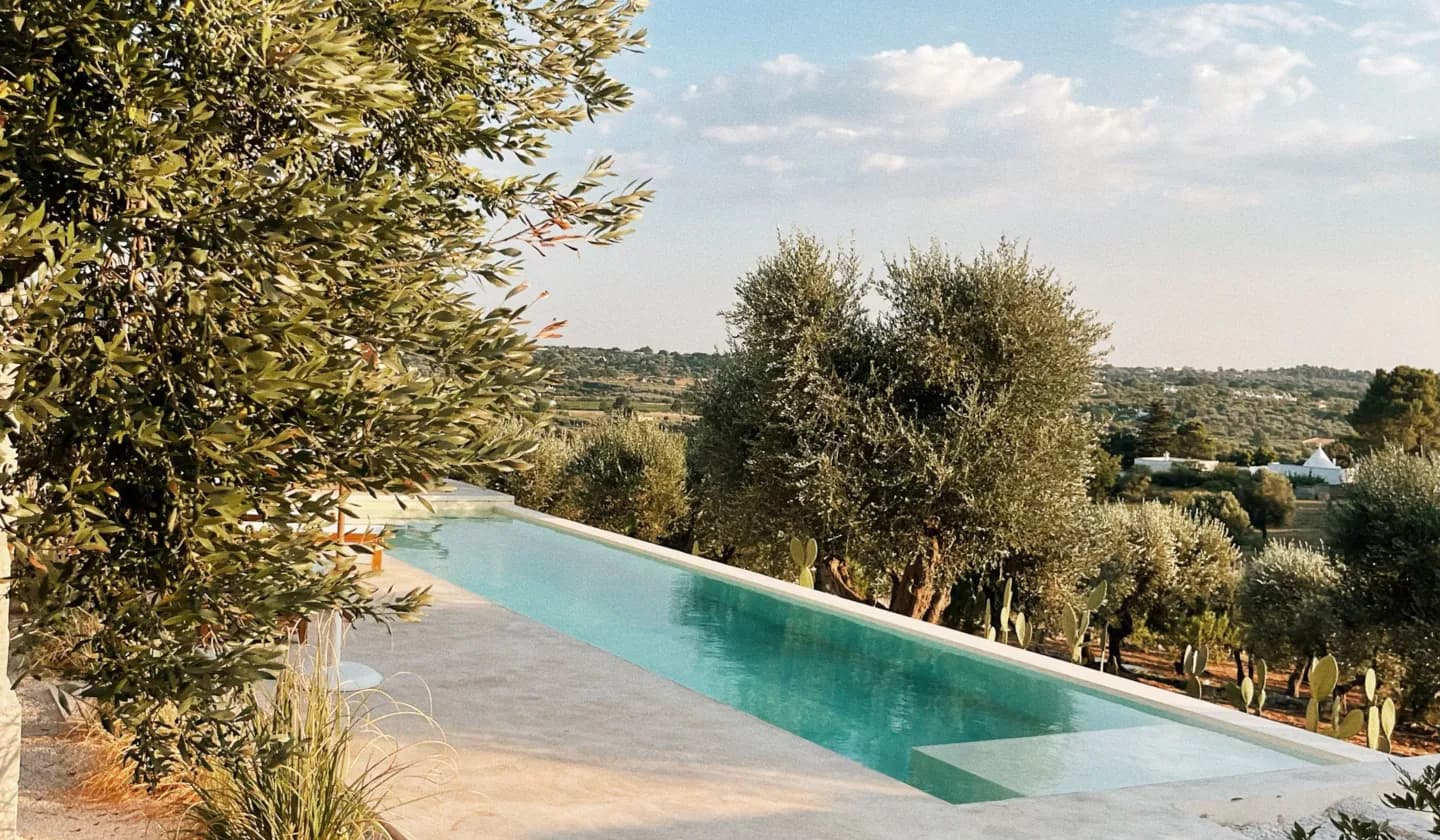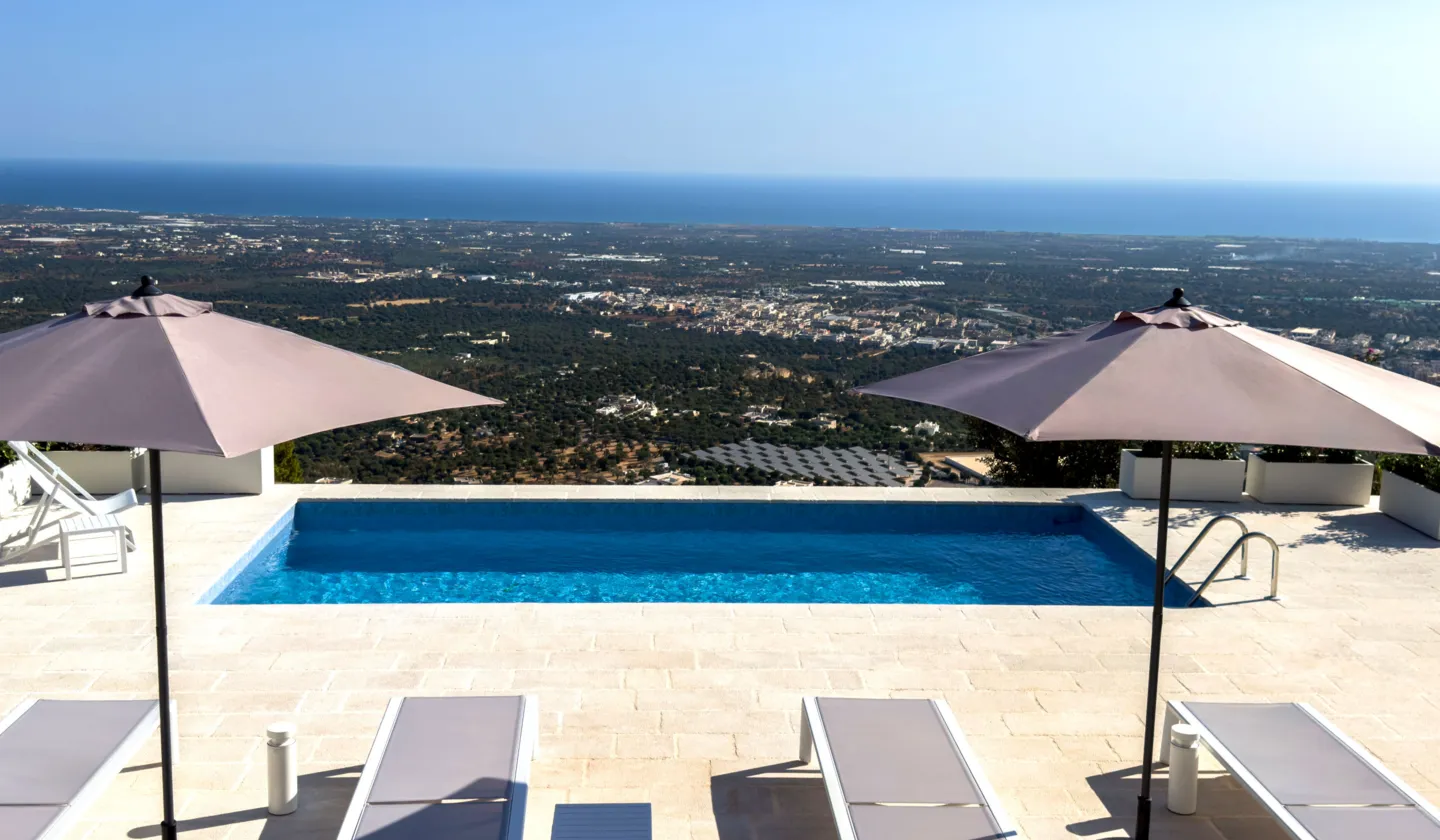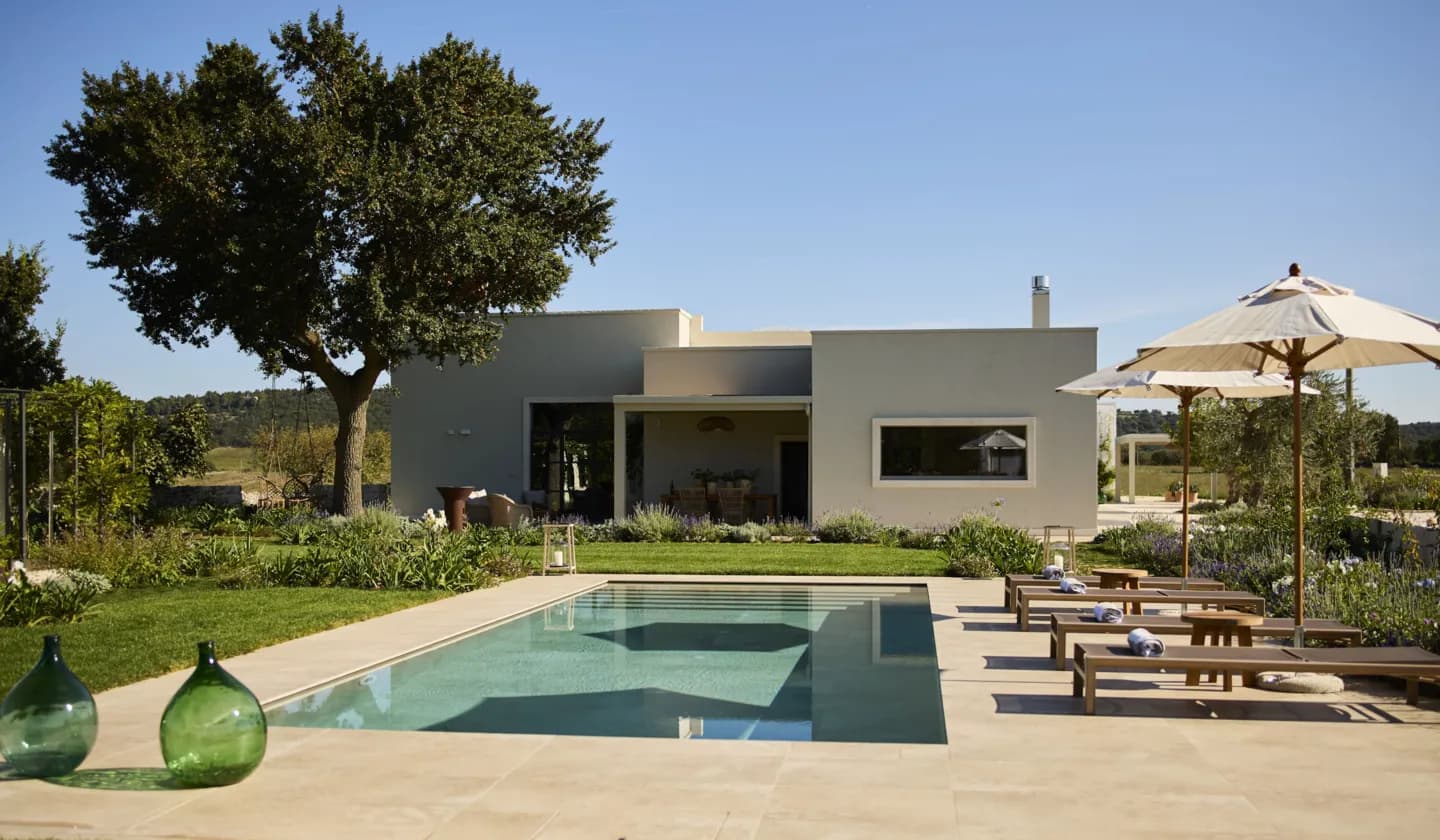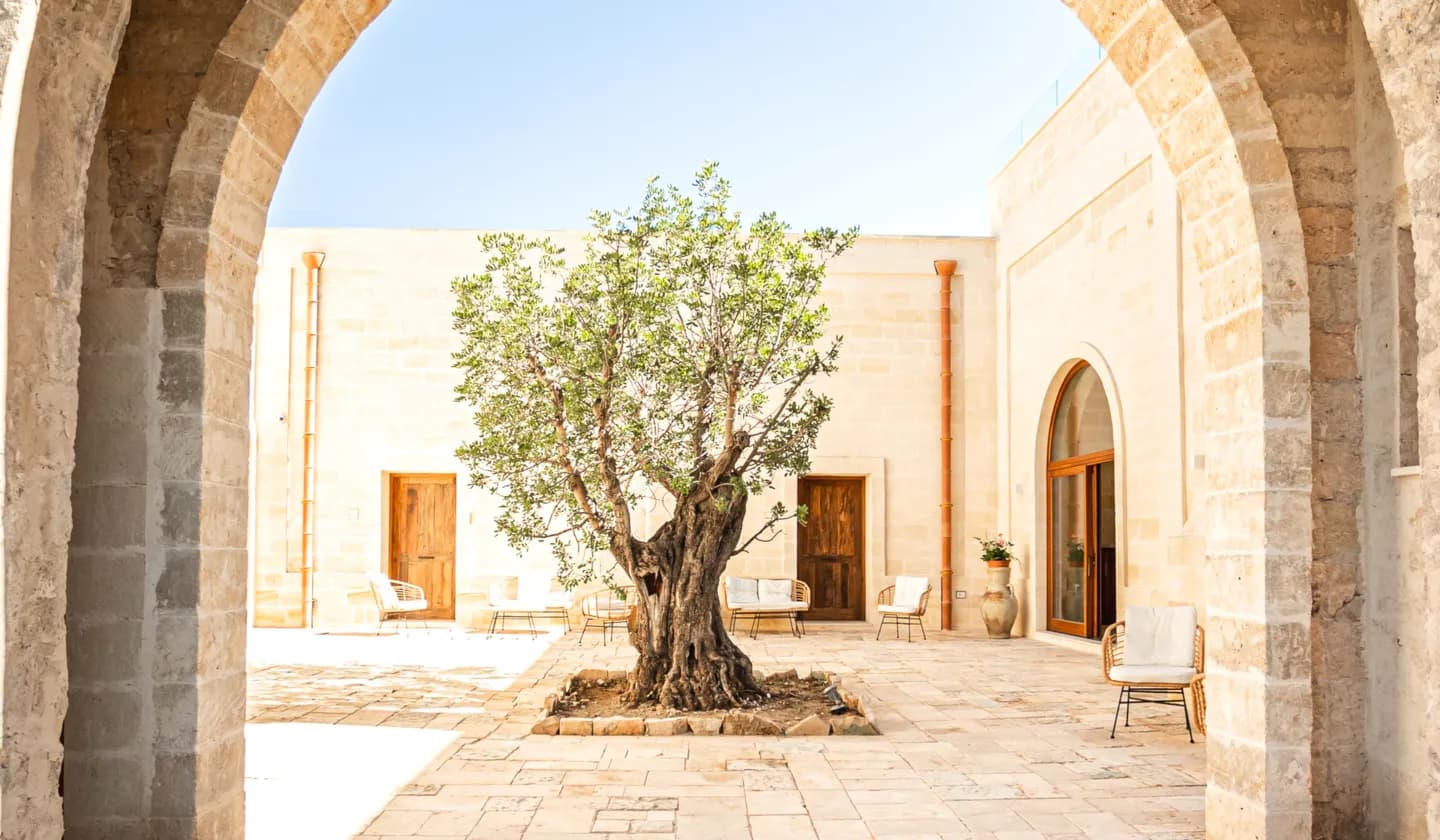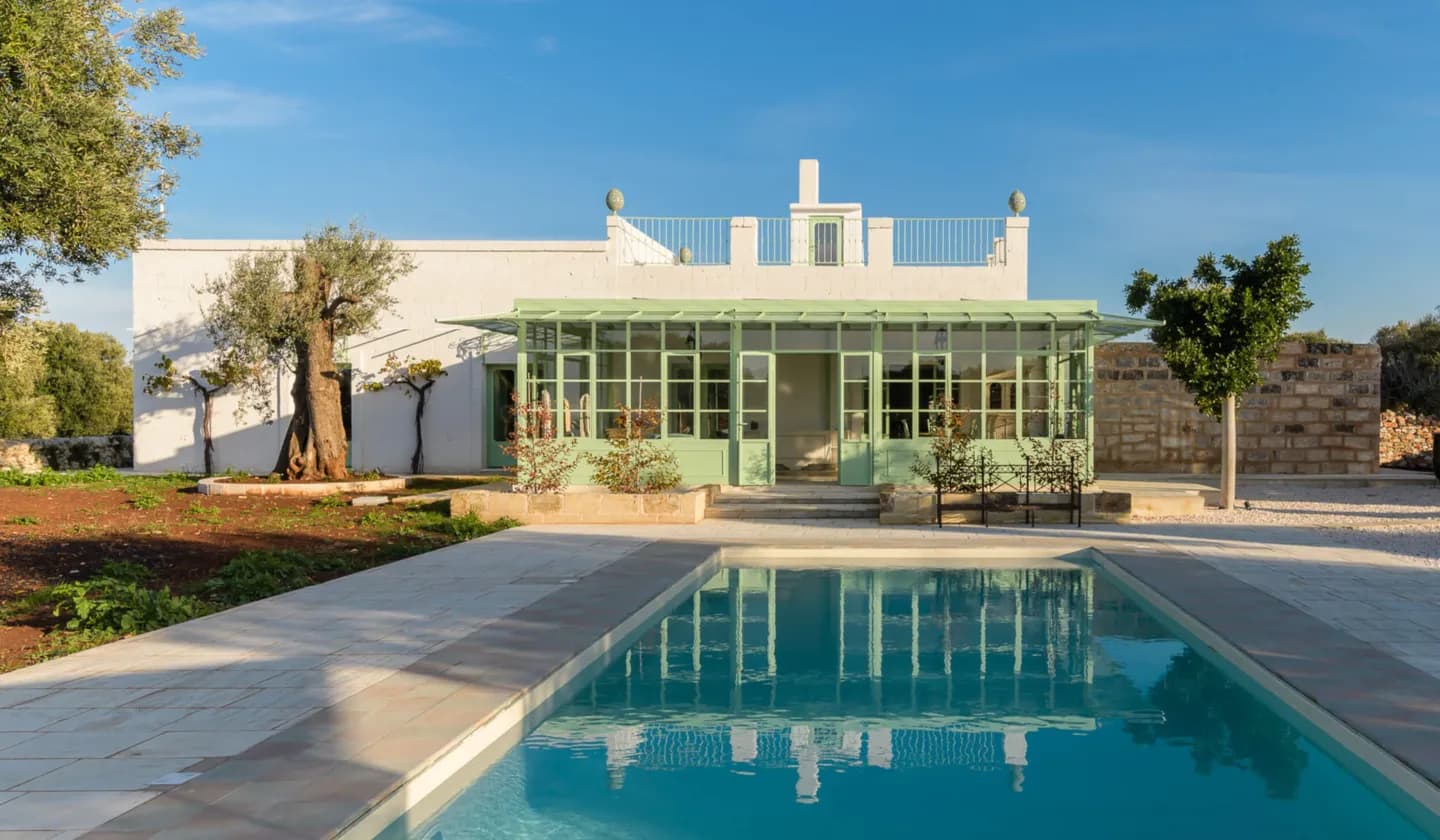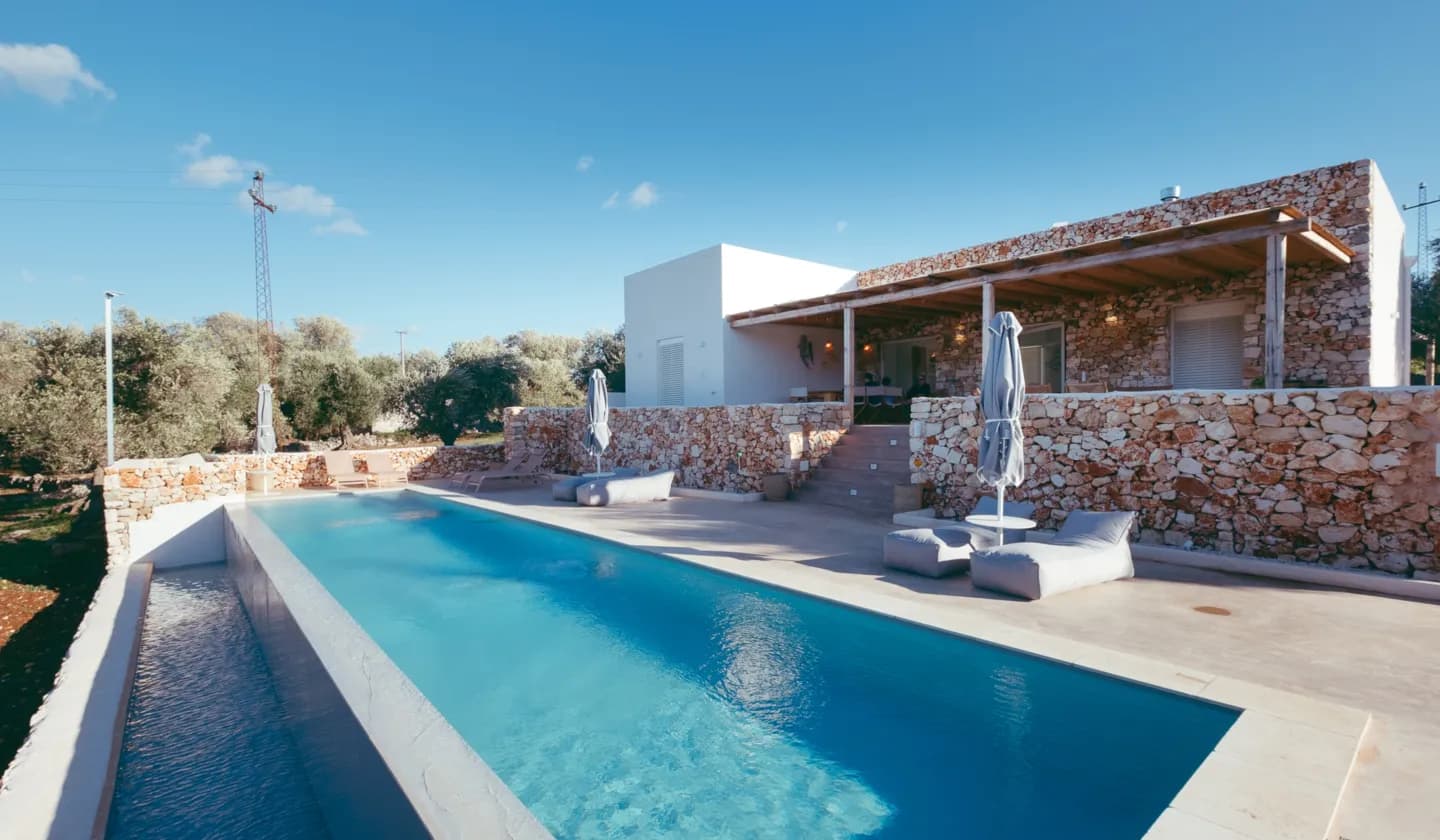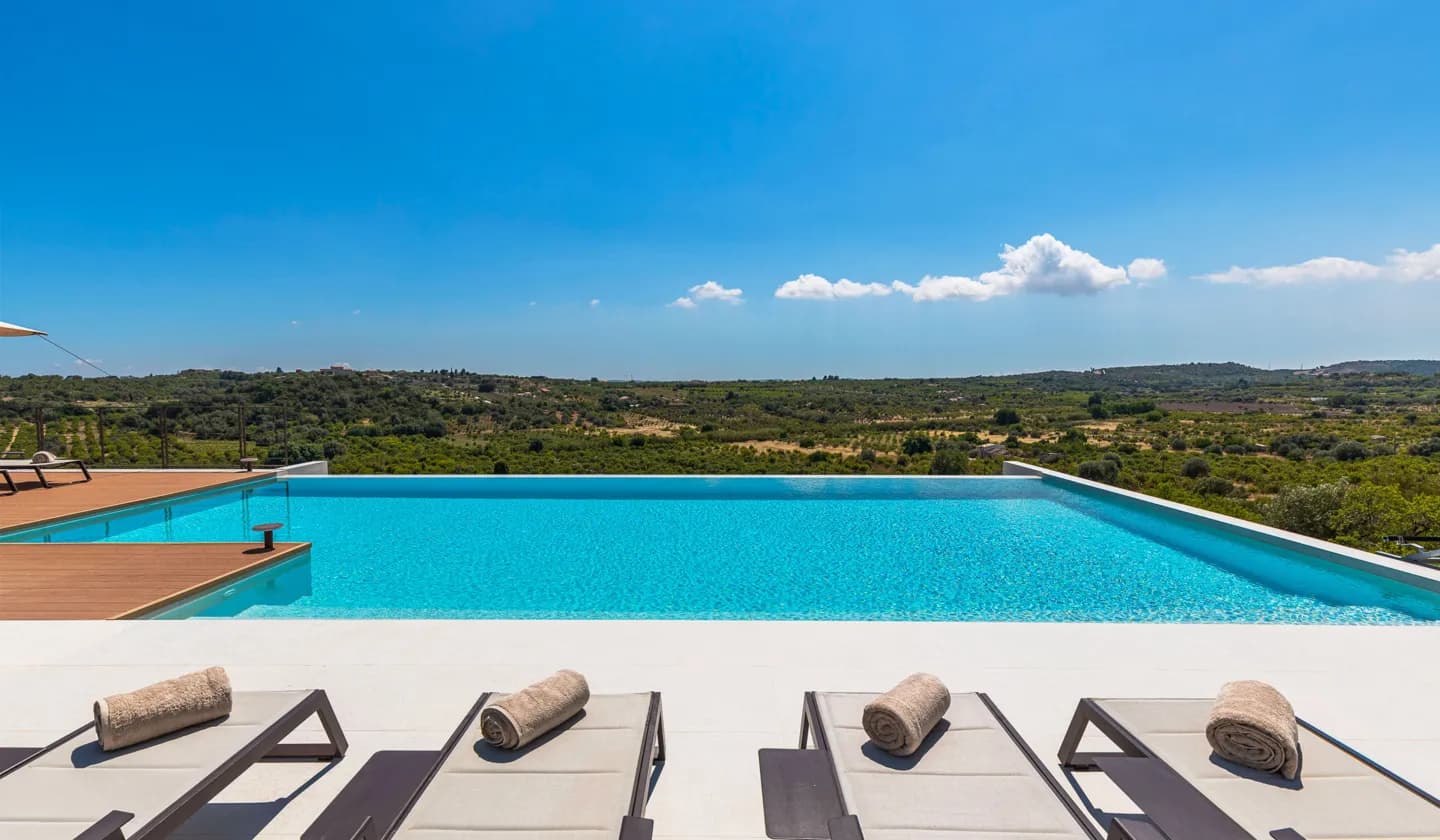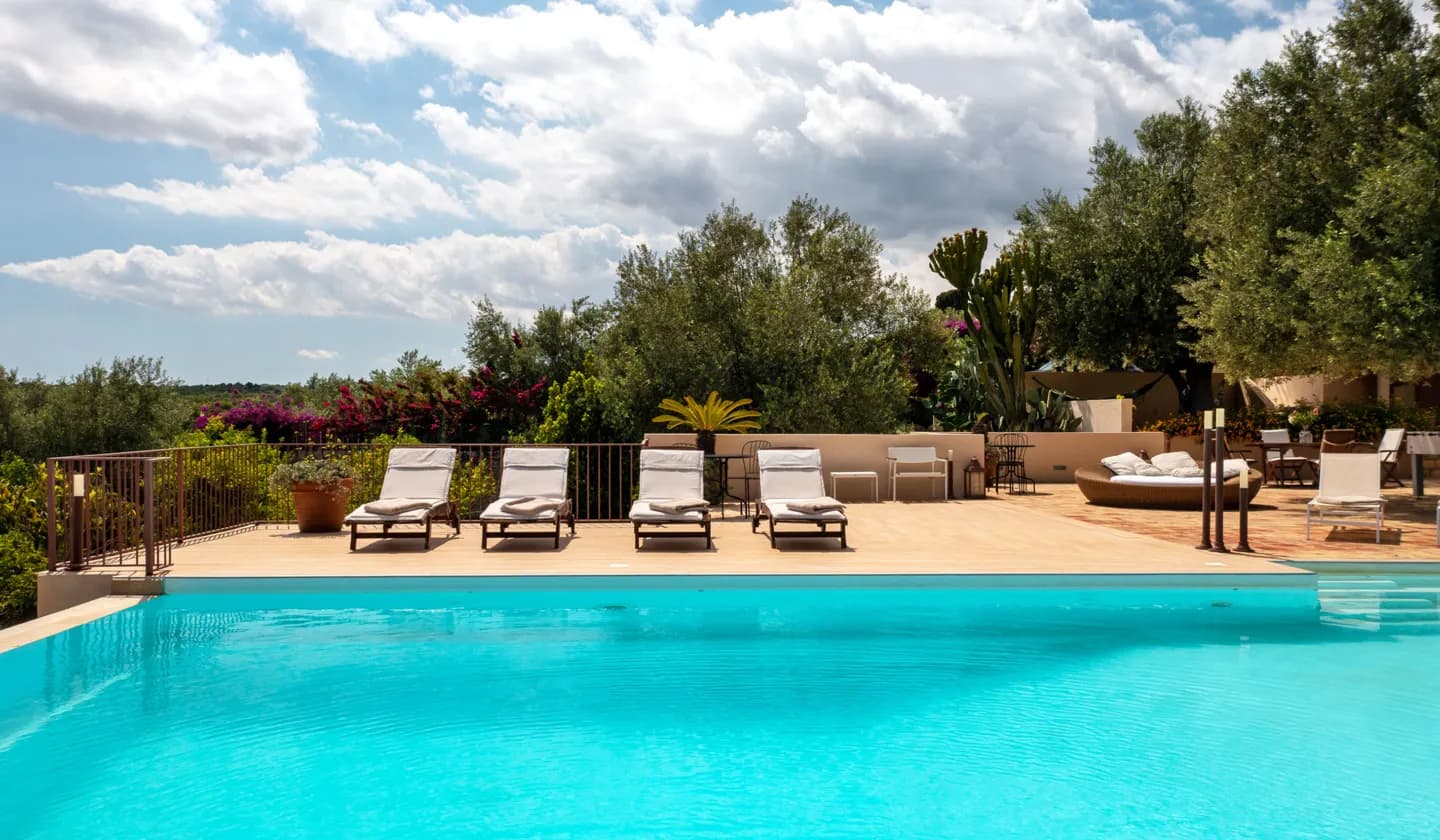- Home
- Travel journal
- UNESCO World Heritage Sites in Sicily
UNESCO World Heritage Sites in Sicily
Sicily is not only synonymous with crystal-clear seas; it is a treasure trove of UNESCO gems that encapsulate millennia of history and culture. Are you ready to discover these extraordinary treasures?

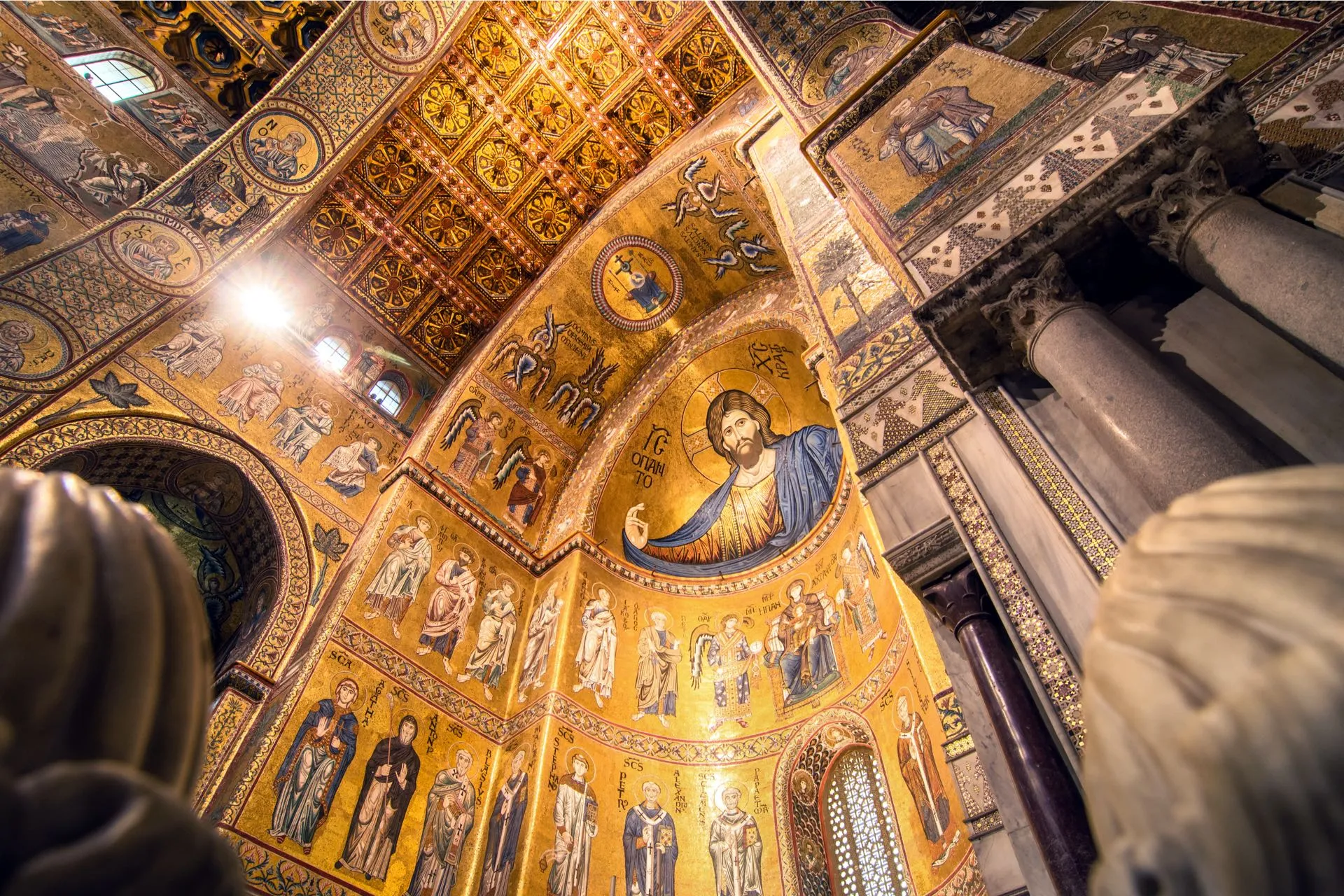
UNESCO Sites: Enhancing Global Heritage
UNESCO World Heritage Sites are a selection of places, both natural and cultural, that are deemed of exceptional universal value. They are important places for the global community that deserve protection and preservation for future generations.
The criteria for their selection are stringent and include being a historical milestone, bearing witness to traditions or civilizations, showcasing works of art of exceptional value, or featuring natural phenomena or areas of ecological or biological importance.
Inclusion in this prestigious list not only bestows international recognition upon the site but can also lead to additional opportunities for conservation, research, and tourism. It contributes to the understanding, respect, and safeguarding of these extraordinary places.
The idea behind creating this list was to promote international cooperation to contribute to the understanding and mutual respect among the diverse cultures and civilizations of the world. The World Heritage Convention, adopted by UNESCO in 1972, represents a unique commitment among the signatory countries to preserve not only the heritage within their countries, but also to recognise and respect those located in other parts of the world.
The Seven UNESCO World Heritage Sites in Sicily
In addition to its undeniable scenic beauty (think of the marvellous beaches) and rich cultural traditions, Sicily boasts a historical and architectural heritage of unparalleled value, that has been globally recognised by UNESCO.
This island, a crossroads of ancient civilizations, is home to numerous sites included in the prestigious World Heritage list. These places, bearing witness to different eras and cultures, range from ancient archaeological settlements to majestic cathedrals, and also include breath-taking natural landscapes like the volcano Mount Etna. The presence of these sites in Sicily underscores the historical, cultural, and natural significance of the island, both in the Mediterranean and globally, making every visit an extraordinary journey through art, history, and nature.
Let's explore the details of the seven UNESCO Sicilian sites together.
Palermo, Cefalù and Monreale
Arab-Norman Palermo and the Cathedrals of Cefalù and Monreale are an extraordinary demonstration of the coexistence, interaction, and synergy of different cultures that have left an indelible mark on the artistic and architectural landscape in Sicily.
Recognised as UNESCO World Heritage sites in 2015, these monuments offer a fascinating glimpse into a historical period when Arab, Norman, and Byzantine architectural styles harmoniously merged, giving rise to unique architectural creations.
During the Norman Period, Palermo was a crossroads of cultures, a place of exchange and encounters between the East and the West. The city reflected a coexistence of peoples and religions seen in its architecture, arts, and traditions. The Arab-Norman buildings of Palermo, such as the Palazzo dei Normanni and the Palatine Chapel, display a surprising combination of Arab, Byzantine, and Latin elements.
For your stay in Palermo, choose the comfort of an exclusive rental villa.
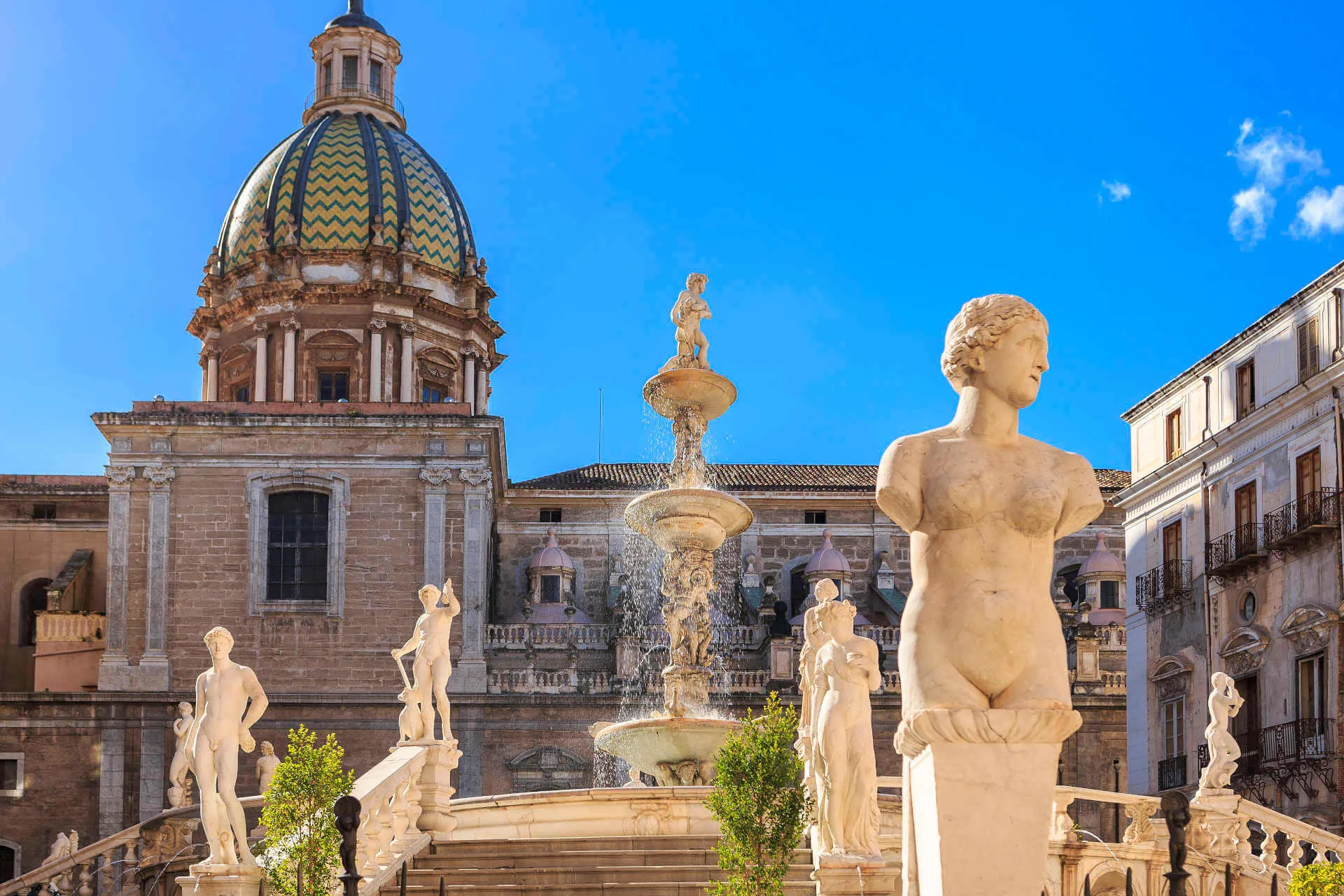
A short distance from Palermo, the Cathedral of Cefalù and that of Monreale are exceptional examples of this cultural synthesis. The Cathedral of Cefalù, with its imposing façade and Byzantine mosaics, overlooks the sea, while the Cathedral of Monreale, situated on a hill above the Conca d'Oro, amazes with its incredible golden mosaics depicting biblical stories and complex sacred representations.
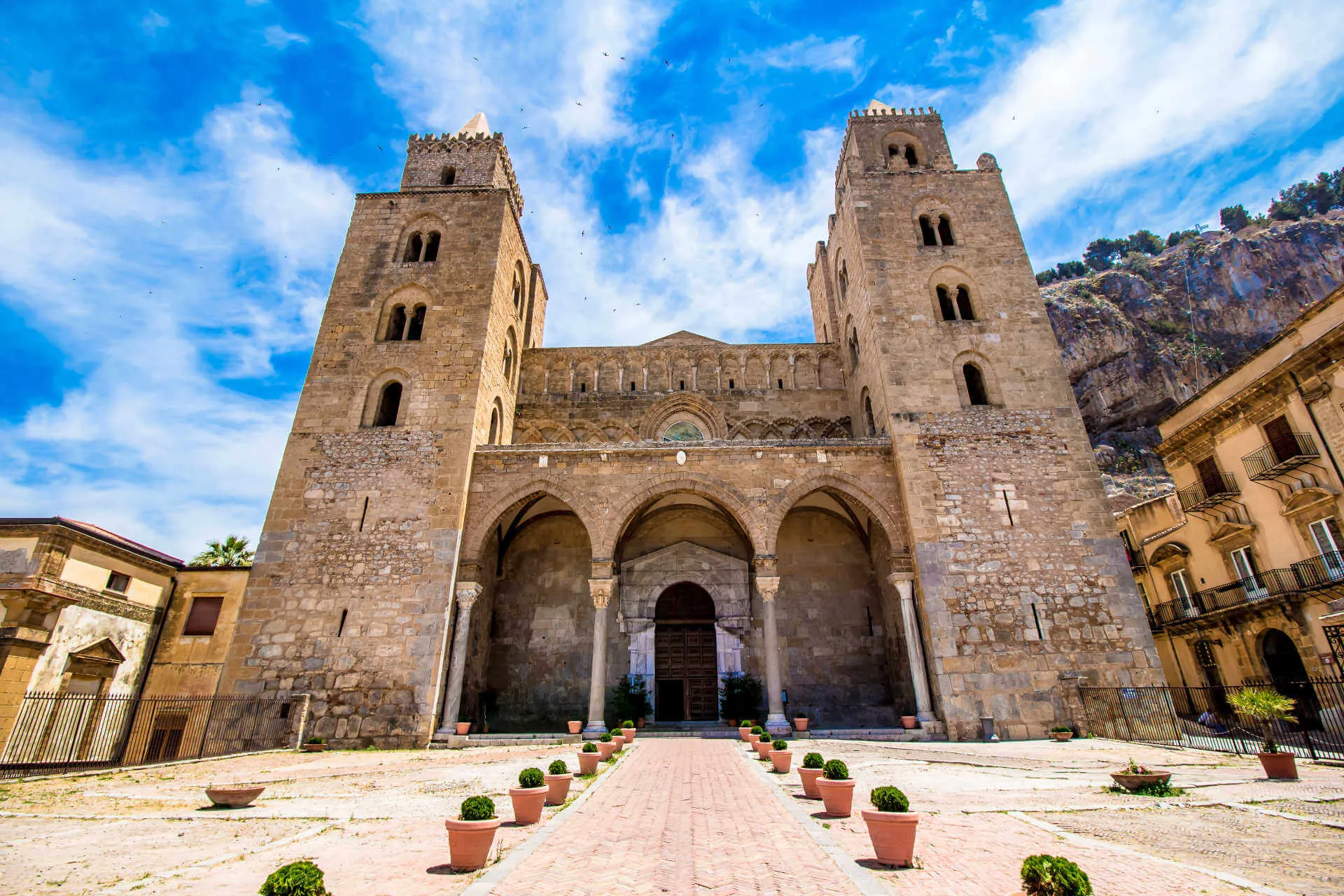
The UNESCO recognition not only celebrates the architectural magnificence of these places but also the legacy of an era in which peaceful coexistence and collaboration between different cultures produced masterpieces that still speak to the heart and soul of visitors today. This heritage serves as a reminder and example for current generations of the importance of intercultural dialogue and the beauty that can emerge from diversity.
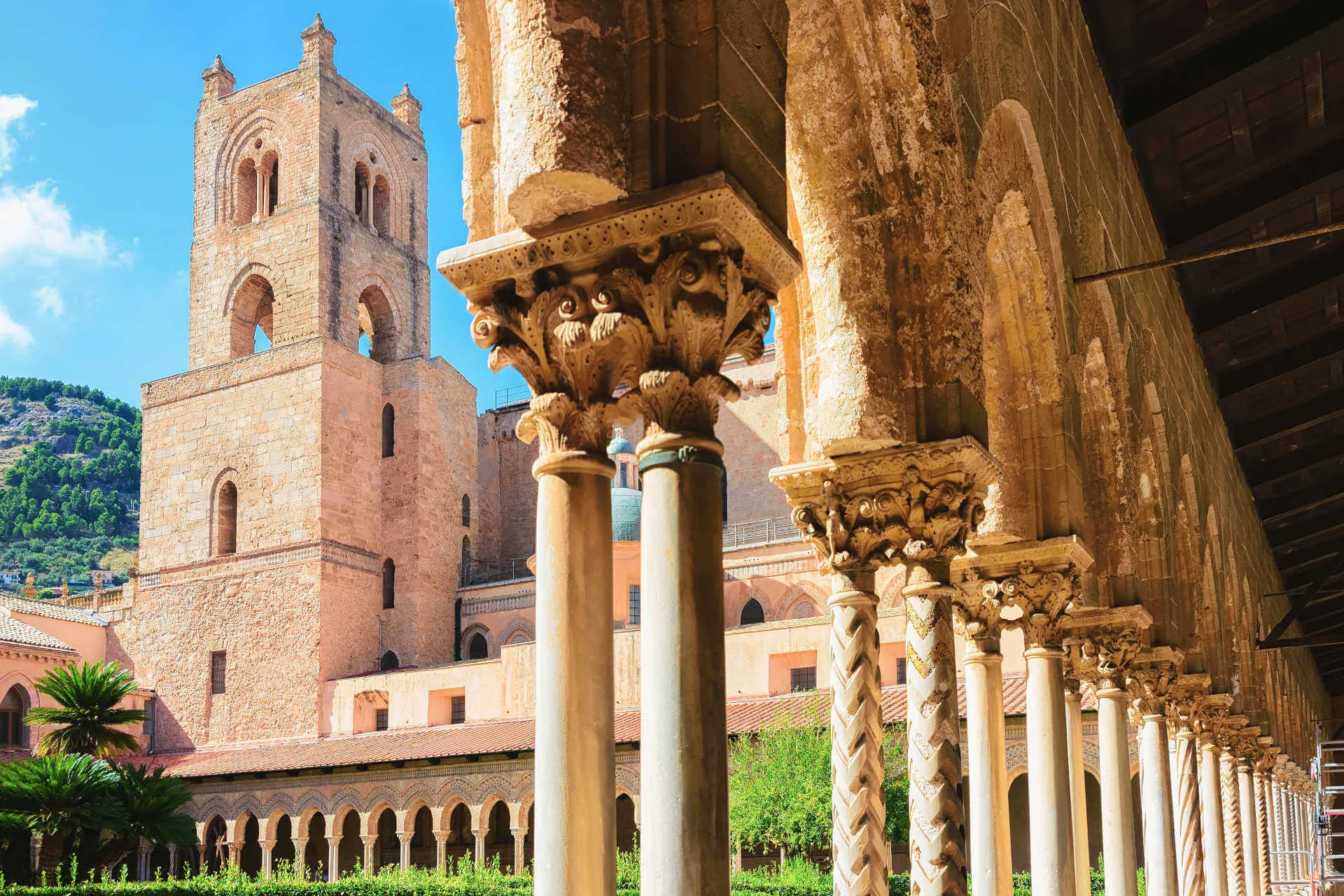
If you are planning a vacation in Sicily, here is a selection of villas for rent near Cefalù or villas near Monreale.
Villa Romana del Casale in Piazza Armerina
The Villa Romana del Casale is one of Sicily's archaeological gems, located near Piazza Armerina. This extraordinary rural residence, dating back to the 4th Century AD, is renowned for its incredible mosaics, considered among the most beautiful and well-preserved of the entire Roman period.
The Villa Romana del Casale was added to UNESCO's World Heritage list in 1997, as it represents a unique example of a Roman countryside dwelling, as well as the exceptional quality of its mosaics.
The architectural structures of the villa spread out over an area of over 3,500 square meters and include various sections, such as the frigidarium (part of the baths), the basilica, private rooms, and reception areas.
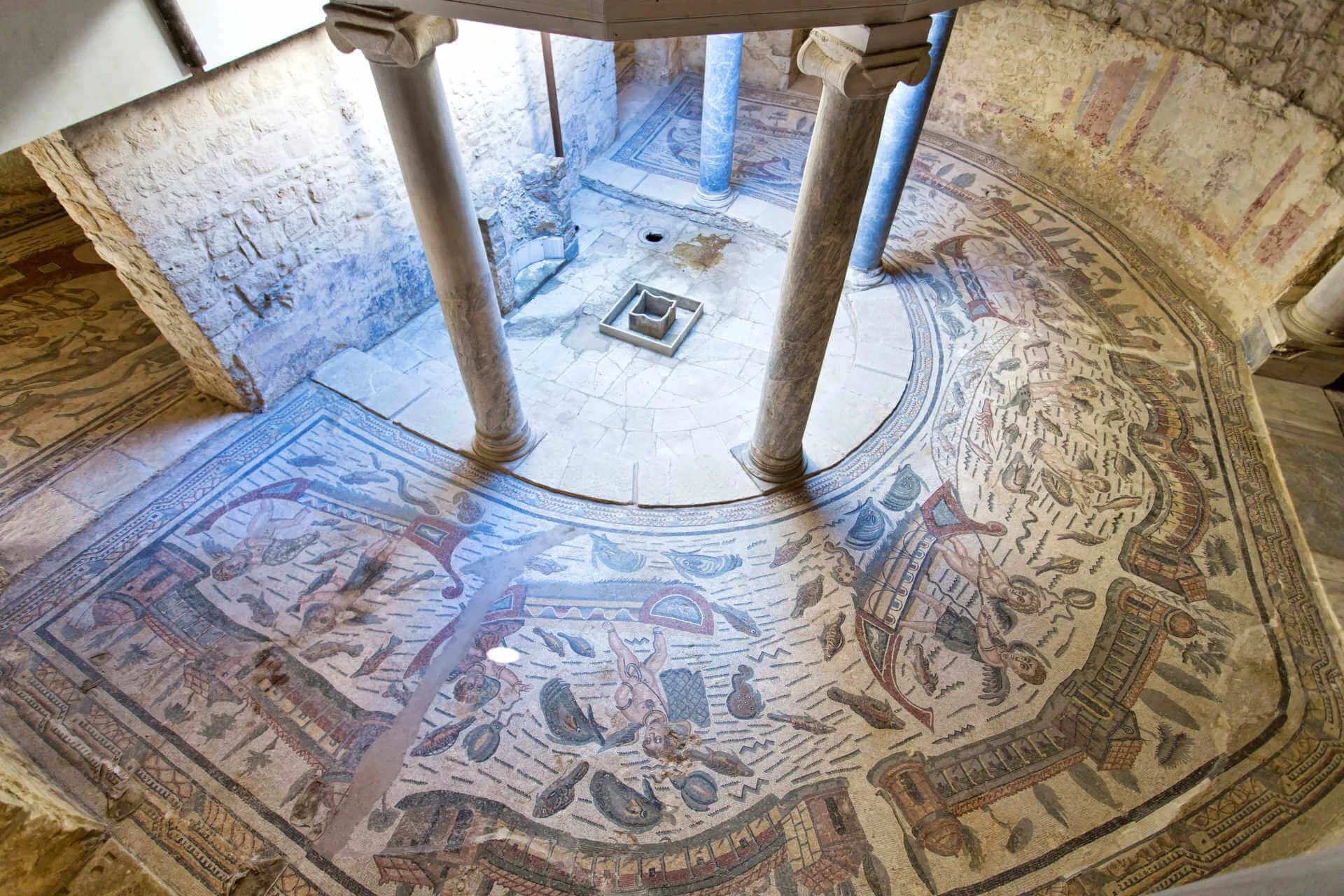
But what truly makes the Villa Romana del Casale unique is undoubtedly its mosaics. Crafted with refined technique and mastery, they depict scenes of daily life, myths, stories, and sports, including the famous "bikini girls" scene, where women are portrayed in athletic activities, often capturing visitors' attention.
One of the most fascinating spaces is the Corridor of the Great Hunt, measuring 60 meters, and featuring a large leopard-hunting scene, with exotic animals and scenes of boarding ships, likely reflecting the interests and activities of the Roman elite of the time.
The exceptional preservation of the mosaics and the artistic refinement of the details make the Villa Romana del Casale a must-visit for anyone exploring Sicily, offering a captivating glimpse into the life and art of the Roman Empire.
If you are considering staying in the area, we recommend one of the splendid villas near Caltagirone from one of our catalogues.
Valley of the Temples in Agrigento
The area of Agrigento, with its archaeological park and the renowned Valley of the Temples, is one of the most well-known and significant archaeological sites in Sicily and the Mediterranean. The first Sicilian site to be included in UNESCO's World Heritage list in 1997, it stands as a superb testament to Magna Grecia and its golden age.
Situated on the outskirts of Agrigento, this archaeological park extends across a vast area and includes a series of Doric temples, sanctuaries, and other ancient structures. The arrangement of the mostly well-preserved temples on a hillside overlooking the sea provides a truly unique spectacle.
The Temples of Concordia stands out among the most important and well-preserved temples. Thanks to restoration efforts and its location, it has become a symbol of classical architecture. Other temples, dedicated to Hercules, Zeus, and Juno, showcase the grandeur and importance of the city of Akragas (the ancient name for Agrigento) in ancient times.
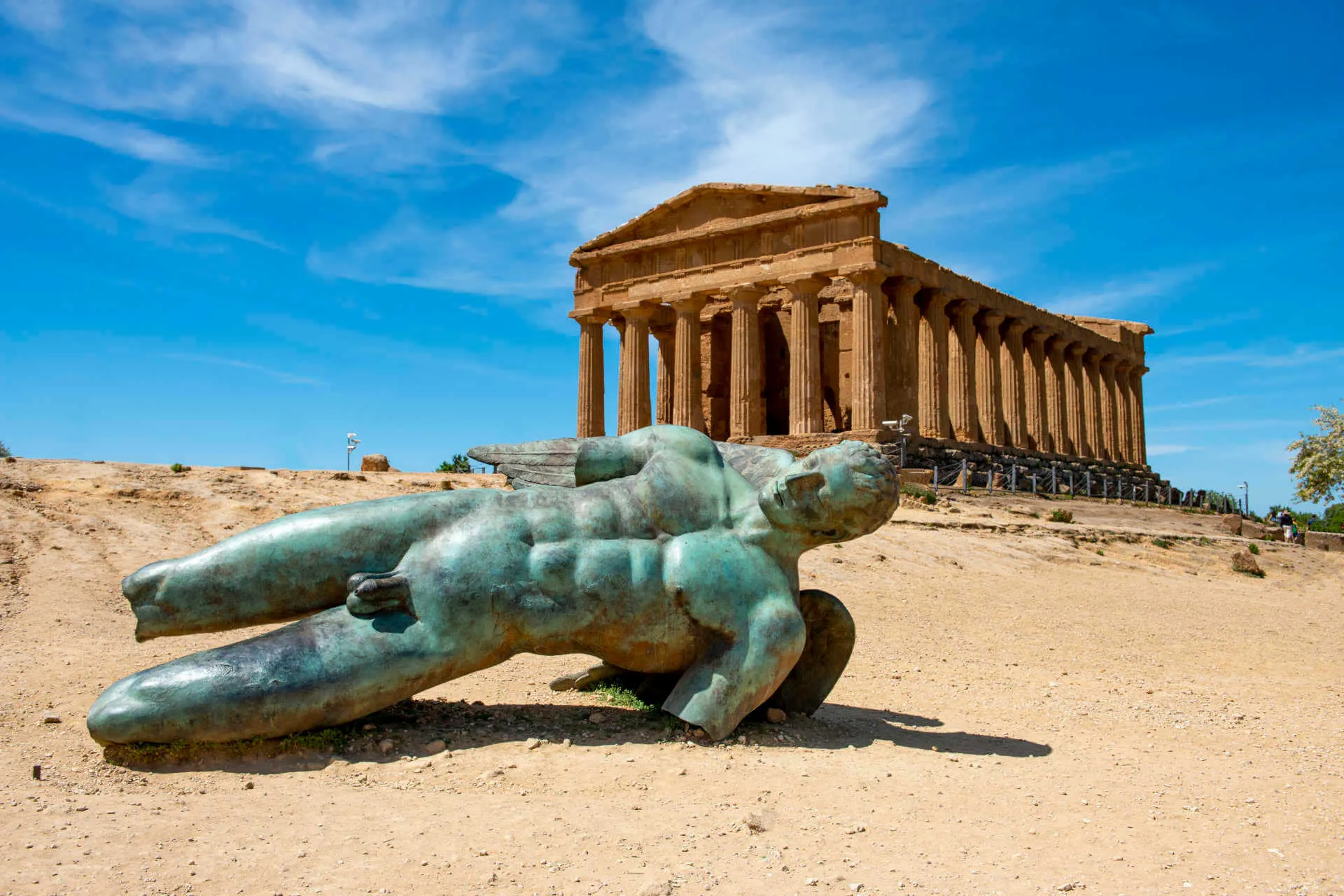
But the Valley of the Temples is not just a place of ancient stones; the combination of archaeological remains and natural landscape, with typical Mediterranean vegetation, centuries-old olive trees, and almond trees, makes the area a perfect blend of art and nature.
Visiting means taking a step back in time, immersing oneself in an atmosphere where history, art, and nature merge into an unforgettable experience, offering an overview of the greatness of ancient civilization and the cultural richness of Sicily.
If you wish to stay near the Valley of the Temples, don't miss our rental villas near Agrigento.
Mount Etna
Mount Etna, one of the most well-known icons of Sicily, is not only the highest active volcano in Europe, but also one of the most studied and monitored volcanoes in the world. Its continuous volcanic activity, the diversity of eruptions, and the long historical record of these eruptions make it a crucial point of interest for volcanology and geophysics. In 2013, UNESCO recognised Etna as a World Heritage site, emphasising not only its geological importance but also its cultural, natural, and scientific value.
The geological history of Etna is intertwined with the cultural history of Sicily. For millennia, local populations have respected and feared this imposing giant, attributing divine powers to it and integrating it into their legends and myths. Etna has influenced the daily life, religion, art, and literature of the region, becoming an integral part of Sicilian identity.
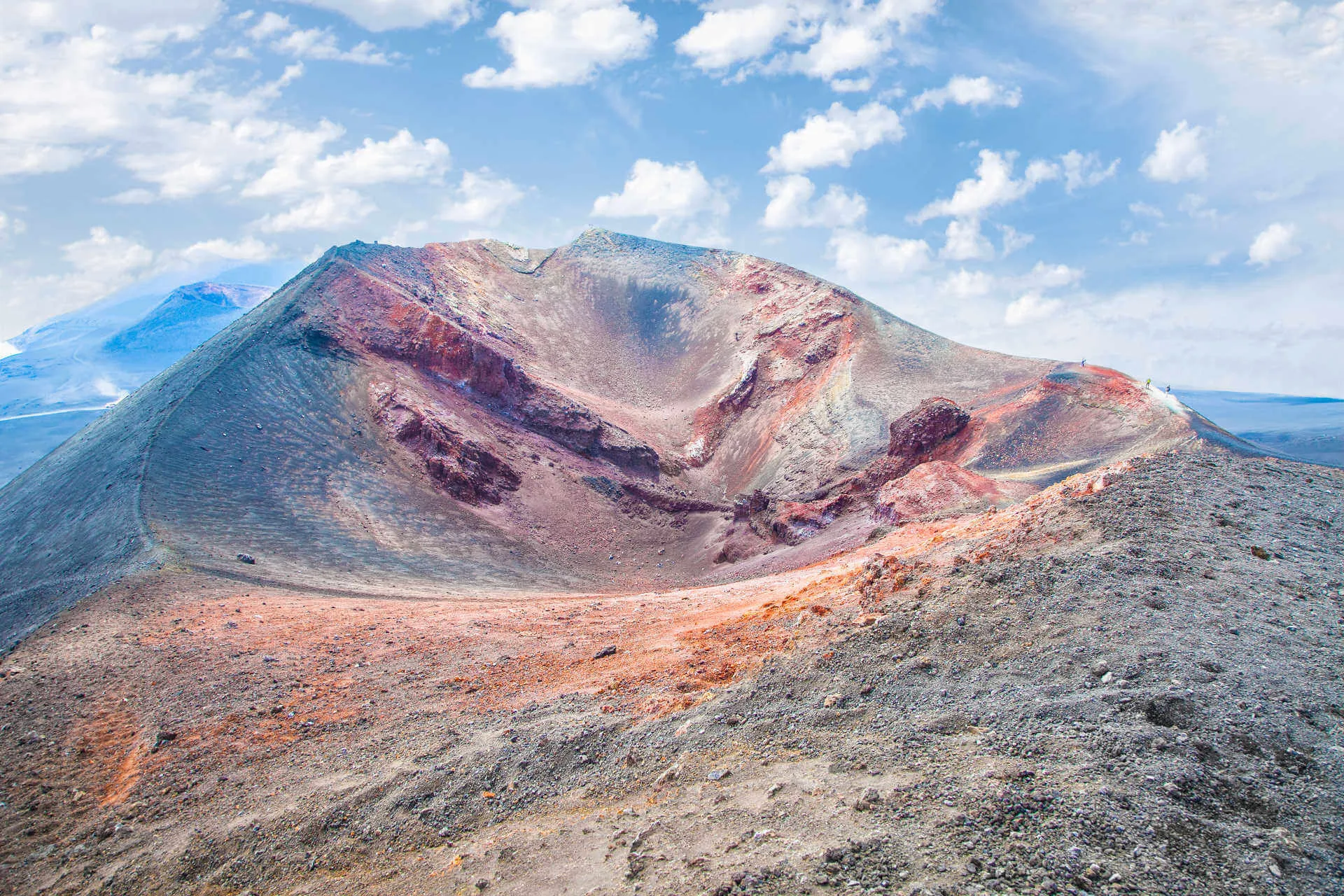
From a scientific perspective, Mount Etna represents an invaluable resource for scientists. Its frequent eruptions provide unique opportunities to study ongoing volcanic processes and to better understand the risks associated with volcanic eruptions.
The recognition as a World Heritage site reaffirms the importance of Mount Etna as a place of universal relevance, worthy of protection and conservation. Inclusion in the prestigious UNESCO list emphasises the need to protect Etna not only as a natural monument but also as a source of knowledge and inspiration.
To visit or admire the Etna Park during your stay in Sicily, choose a villa for rent near Catania.
Siracusa and the Rock Necropolis of Pantalica
Siracusa and the Rock Necropolis of Pantalica are an extraordinary overview of Mediterranean cultures through the centuries. In 2005, UNESCO recognised this area as a World Heritage site for its rich history, and tangible traces and ancient culture in the landscape and architecture.
Siracusa, founded by the Corinthians in 733 B.C., was one of the great metropolises of the Greek world and a fierce opponent of Athens in the 5th century B.C. The city witnessed crucial historical events and saw the passage of figures such as Archimedes, the brilliant mathematician and engineer, and Saint Lucia, the city's patron saint. Its historic centre on the island of Ortigia is a charming maze of Medieval streets that preserves architectural treasures from different eras: Greek temples, early Christian and Baroque churches, a Spanish fortress, and noble palaces.
The Greek Theatre of Siracusa, one of the largest in the ancient world, is still used for performances, demonstrating the city's cultural continuity through the millennia.
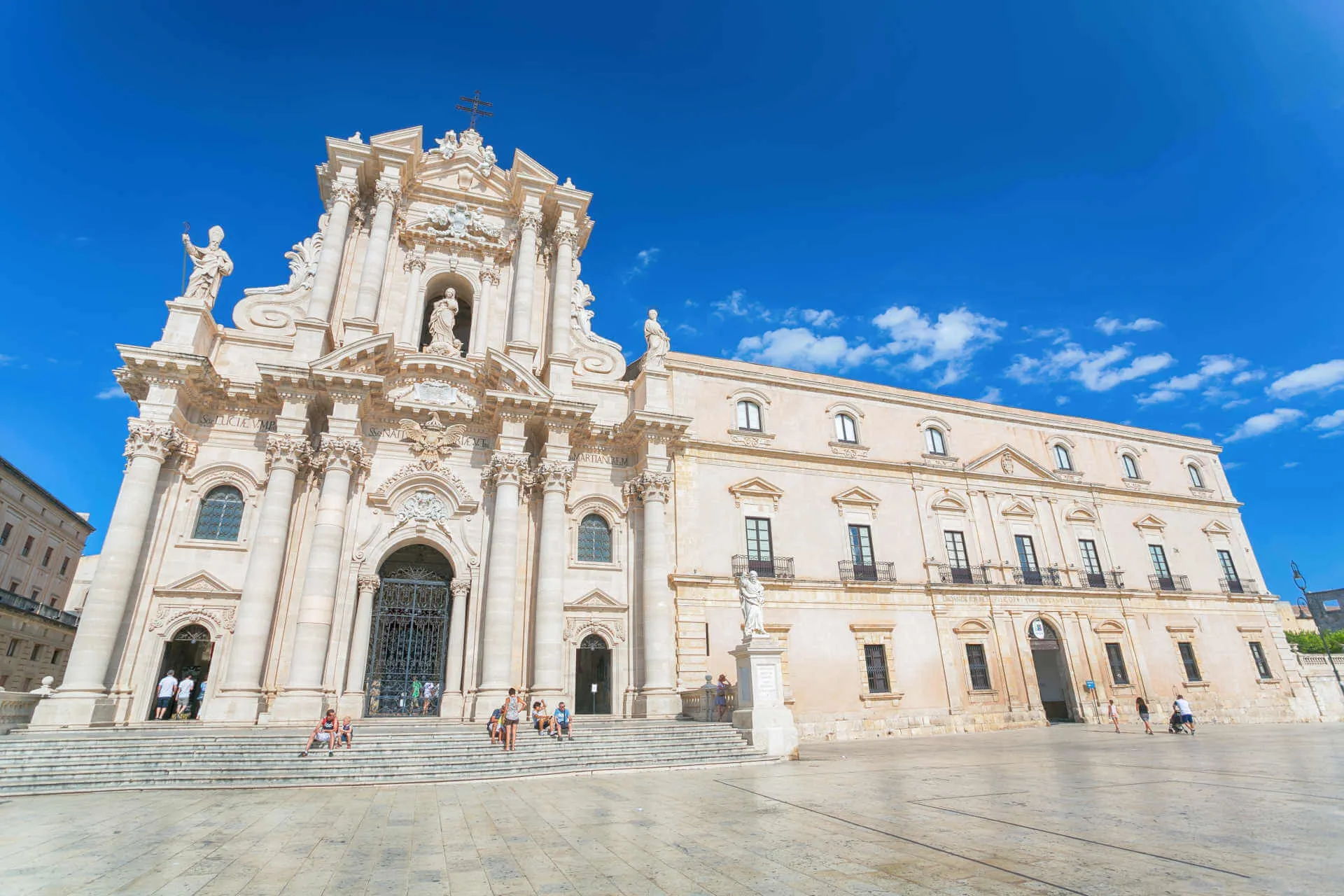
A short distance from Siracusa, the Rock Necropolis of Pantalica is a monumental cemetery with over 5,000 tombs carved into the rock, primarily dating from the 13th to the 7th Century B.C. This archaeological site, nestled in a nature reserve of exceptional beauty, offers a fascinating testimony to pre-Greek Sicilian culture. The tombs, of various types and sizes, are arranged in terraces on the steep walls of a canyon, creating an incredibly evocative landscape.
Together, Siracusa and Pantalica provide a unique overview of ancient civilization and cultural interactions that have taken place in Sicily for millennia. Their inclusion in UNESCO's World Heritage list underscores the importance of preserving and enhancing these historical and cultural treasures for future generations.
If you want to stay close to this splendid area, don't miss our rental villas near Siracusa.
Aeolian Islands
The Aeolian Islands, also known as the Aeolian Archipelago, are a group of volcanic islands located off the north-eastern coast of Sicily in the Tyrrhenian Sea. The seven main islands in the archipelago are Lipari, Vulcano, Salina, Stromboli, Filicudi, Alicudi, and Panarea.
In 2000, the Aeolian Islands were added to UNESCO's World Heritage list, not only for their extraordinary natural beauty but also for their geological and volcanological significance. In fact, the Aeolian Islands provide a unique framework for the study of volcanic geology, recounting a series of eruptive activities spanning several millennia.
The archipelago is famous for various volcanic phenomena, such as the continuous explosions on Stromboli, the thermal mud and sulphuric vapours of Vulcano, and the underwater thermal springs around Panarea. These geological aspects have attracted the interest of scientists for centuries, making the Aeolian Islands a reference point for vulcanological studies.
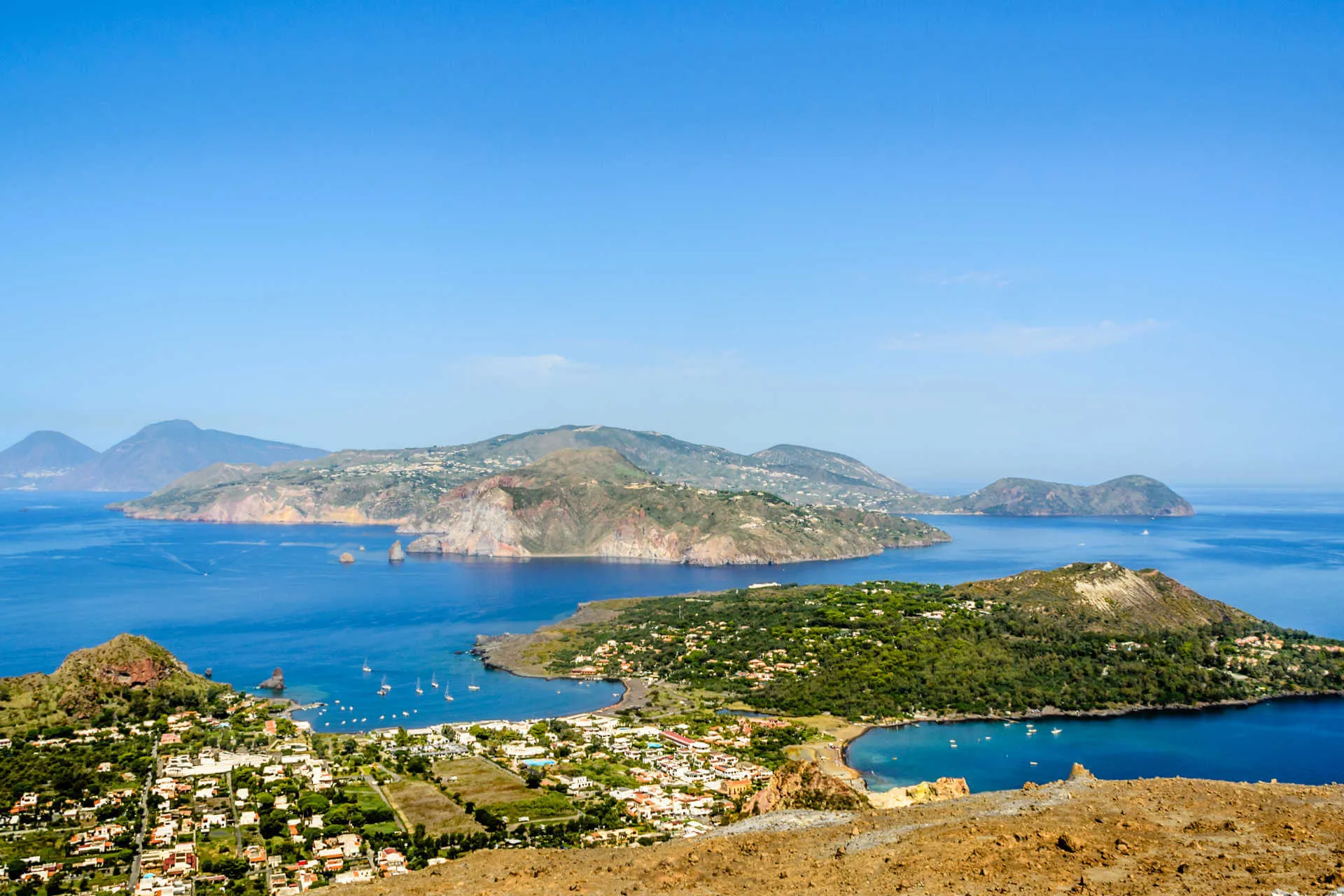
Beyond their scientific interest, the Aeolian Islands are also rich in history and culture. Since ancient times, the islands have been a crossroads of civilizations, and the various settlements that have succeeded one another have left tangible traces: from archaeological sites to fortifications, necropolises and remnants of dwellings.
The combination of geological, historical, and cultural elements, along with the extraordinary natural beauty and biodiversity of the archipelago, makes the Aeolian Islands one of the most fascinating destinations in Sicily and the Mediterranean, as well as an emblematic example of UNESCO-recognised world heritage.
If you wish to stay in Sicily conveniently located to reach the Aeolian Islands, take a look at our rental villas near Capo d'Orlando or our selection of villas in northern Sicily.
Late Baroque Towns of the Val di Noto
The Late Baroque Towns of the Val di Noto are an exceptional example of urban and architectural reconstruction from the late Baroque period. Located in the south-eastern part of Sicily, these towns were rebuilt after a devastating earthquake in 1693 that destroyed much of the area. Instead of simply restoring what was lost, a complete urban and architectural re-foundation was undertaken, giving rise to new towns with by extraordinary stylistic unity and commendable artistic quality.
In 2002, eight of these towns - Caltagirone, Militello Val di Catania, Catania, Modica, Noto, Palazzolo, Ragusa, and Scicli - were recognised as UNESCO World Heritage sites for their exceptional representation of Sicilian Baroque.
Urban planners and architects of that time showed great innovation in responding to the post-earthquake needs, creating urban plans that respected both the social and practical functions of the towns. The reconstruction provided an opportunity to create squares, churches, palaces, and gardens according to Baroque principles, with decorated façades, monumental staircases, and intricate ornamentation.
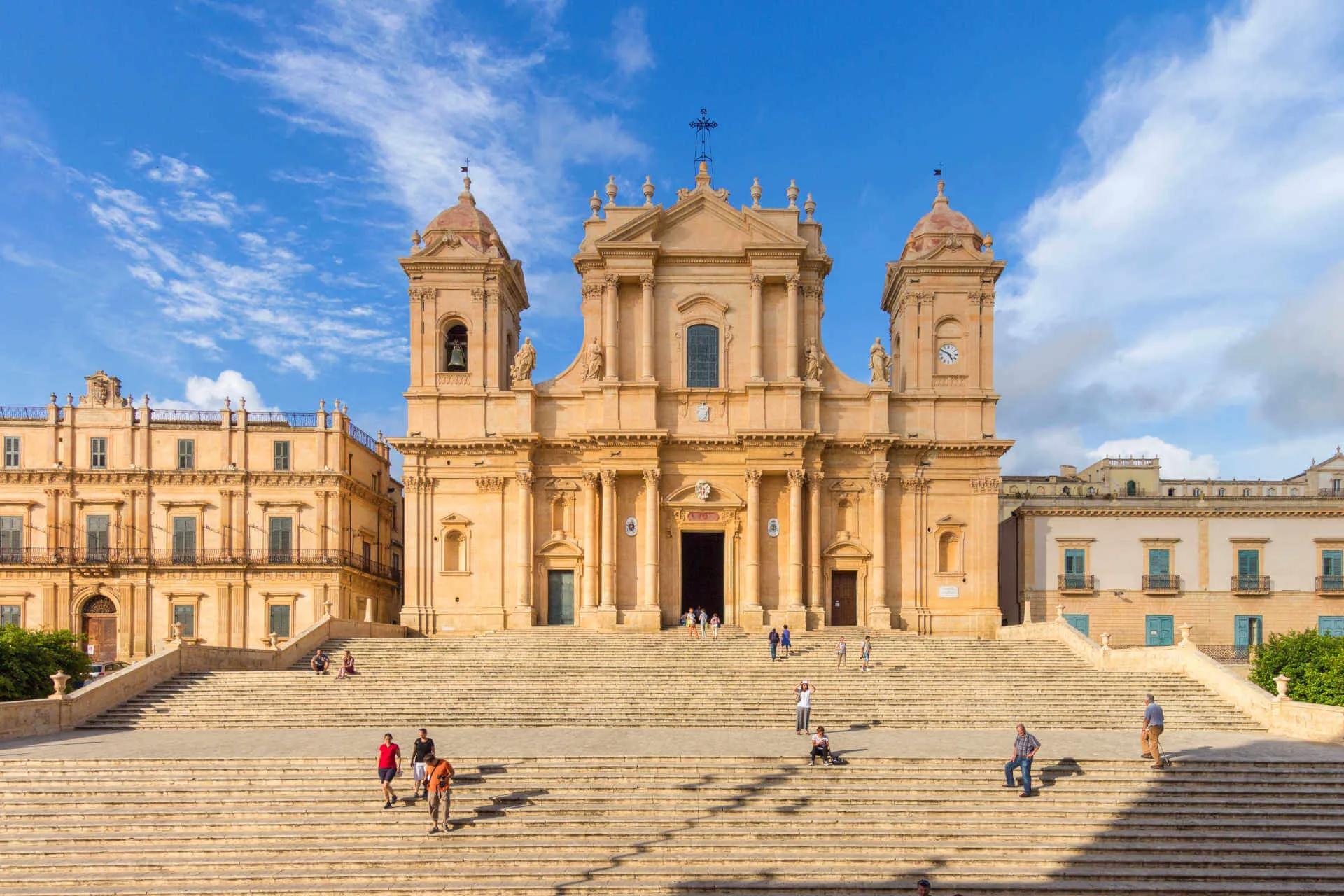
This Baroque style, while having connections to European Baroque architecture, developed a distinctive character in Sicily, incorporating local elements and influences. For instance, the predominant use of local stone, a type of soft and golden limestone, gave the buildings a particular warm and luminous colour that creates a magical and unmistakable atmosphere, especially at sunset.
Visiting these towns today means immersing oneself in an environment where art, history, and culture merge, telling a story of resilience, creativity, and renewal that has made these towns unique and an invaluable heritage for humanity. The Late Baroque Towns of the Val di Noto are a vibrant tribute to human ingenuity and the ability to rise and renew after catastrophes, creating beauty and harmony from ruins.
To easily visit these towns during your holiday in Sicily, book a stay in one of our exclusive properties, Villas near Modica, Villas in the Noto area, Villas near Ragusa.
A Journey through the UNESCO Sites of Sicily
We have retraced, as in a journey, all the UNESCO World Heritage sites in Sicily, following the chronological order of recognition on the list. Undoubtedly, all these architectural and natural wonders are unmissable destinations during a holiday in Sicily steeped in beauty, history, and culture.
A testament to the richness of the Sicilian land, from every point of view: spending time on the island is good for the soul and creates unforgettable sweet memories, especially for anyone who decide to stay in one of the villas in Sicily selected by Villatravellers.

